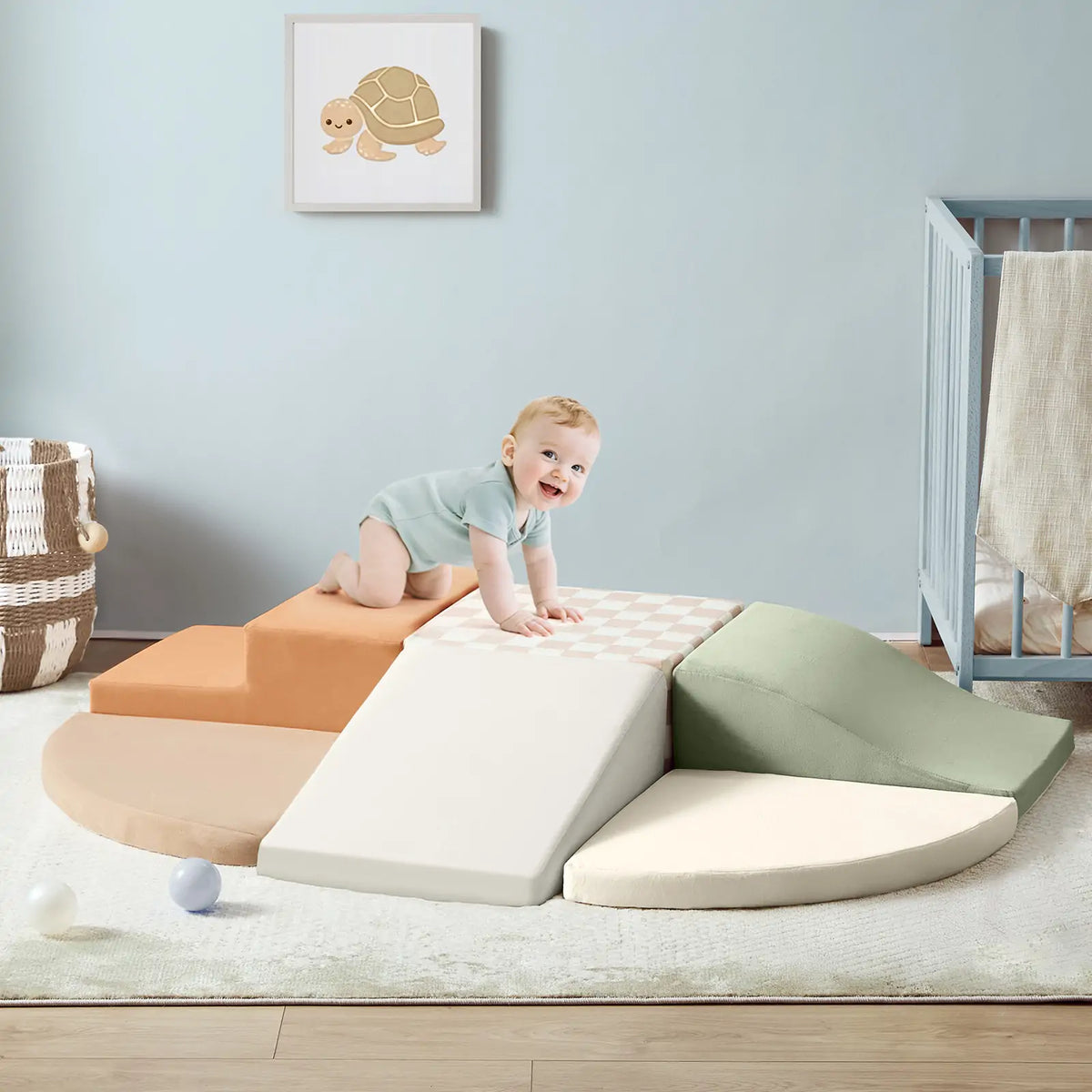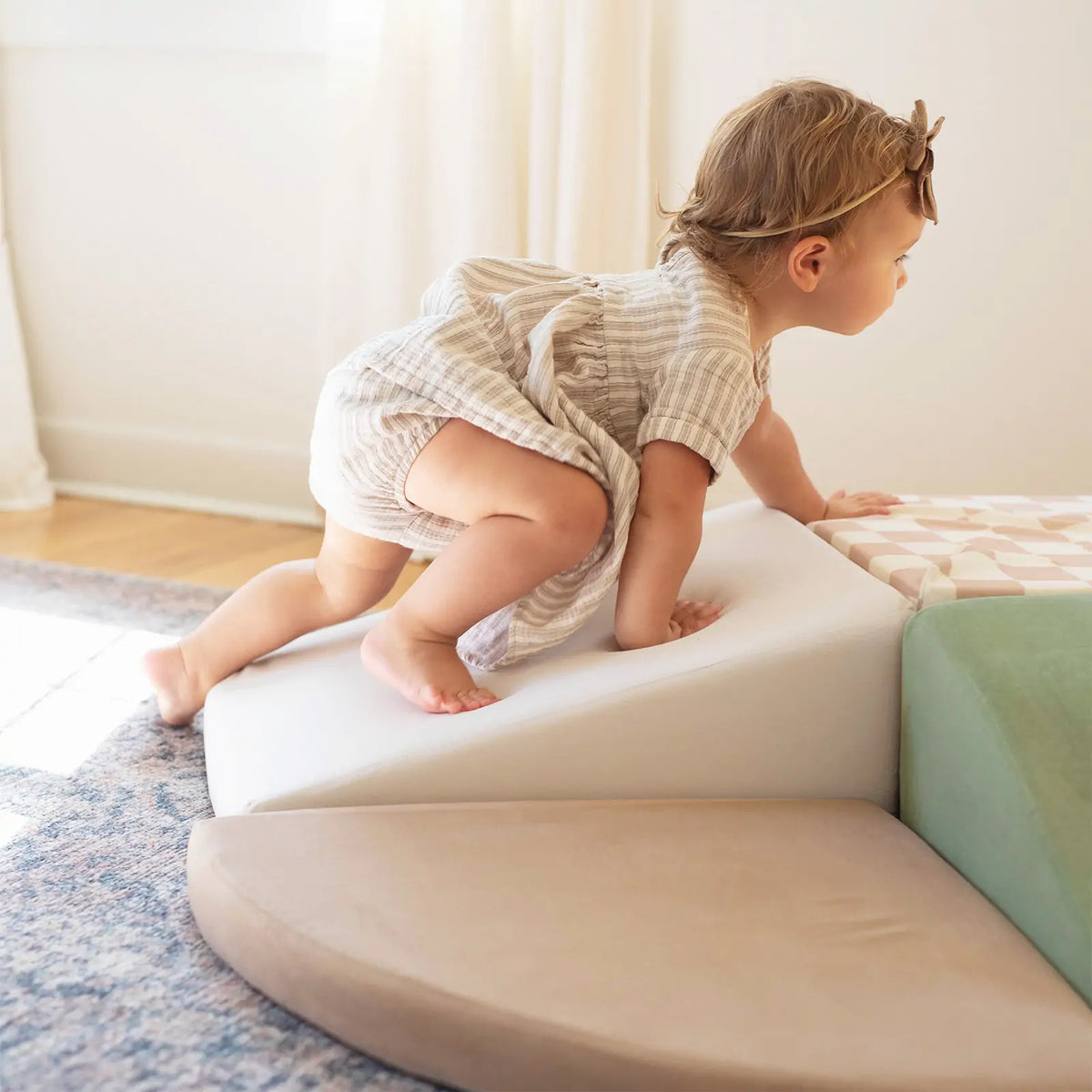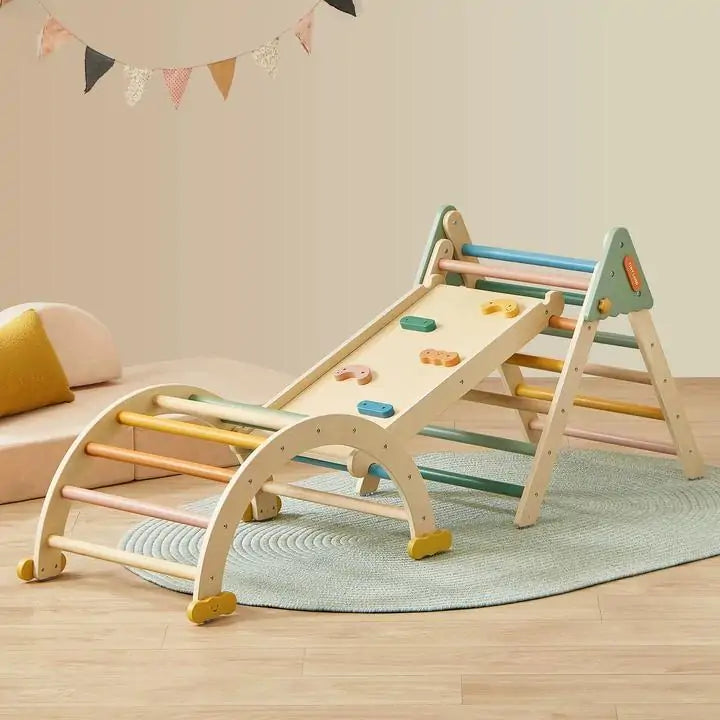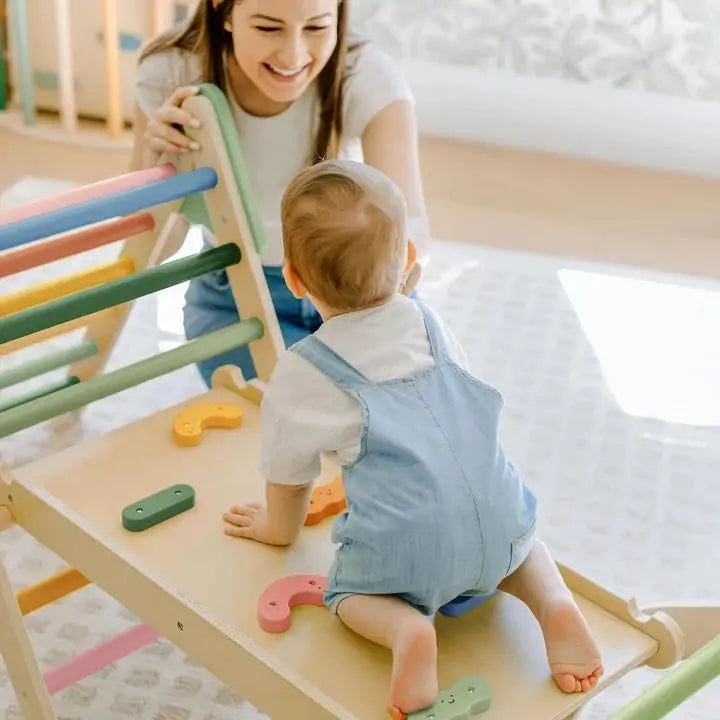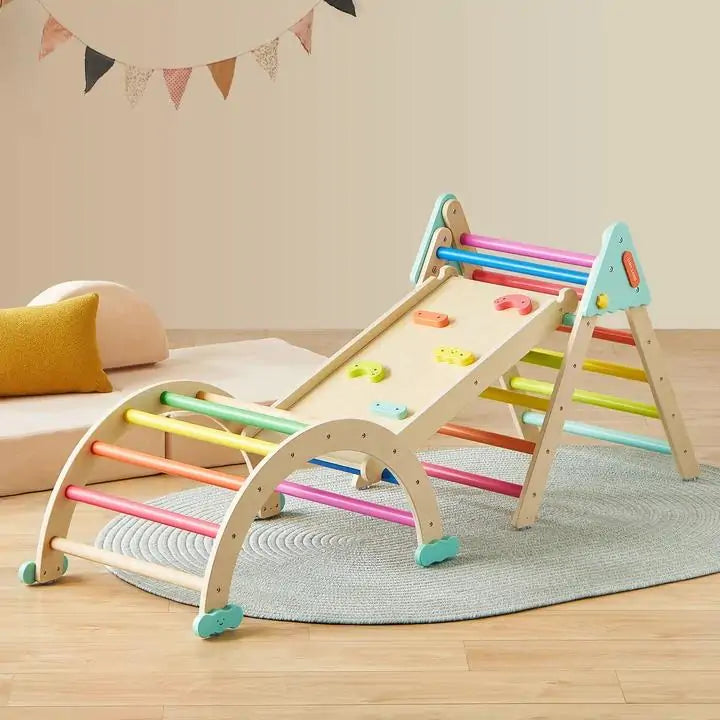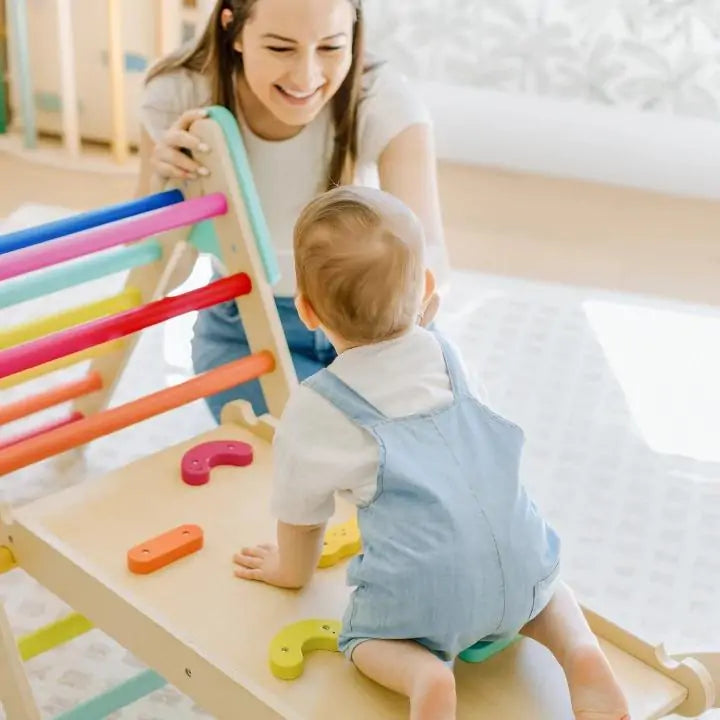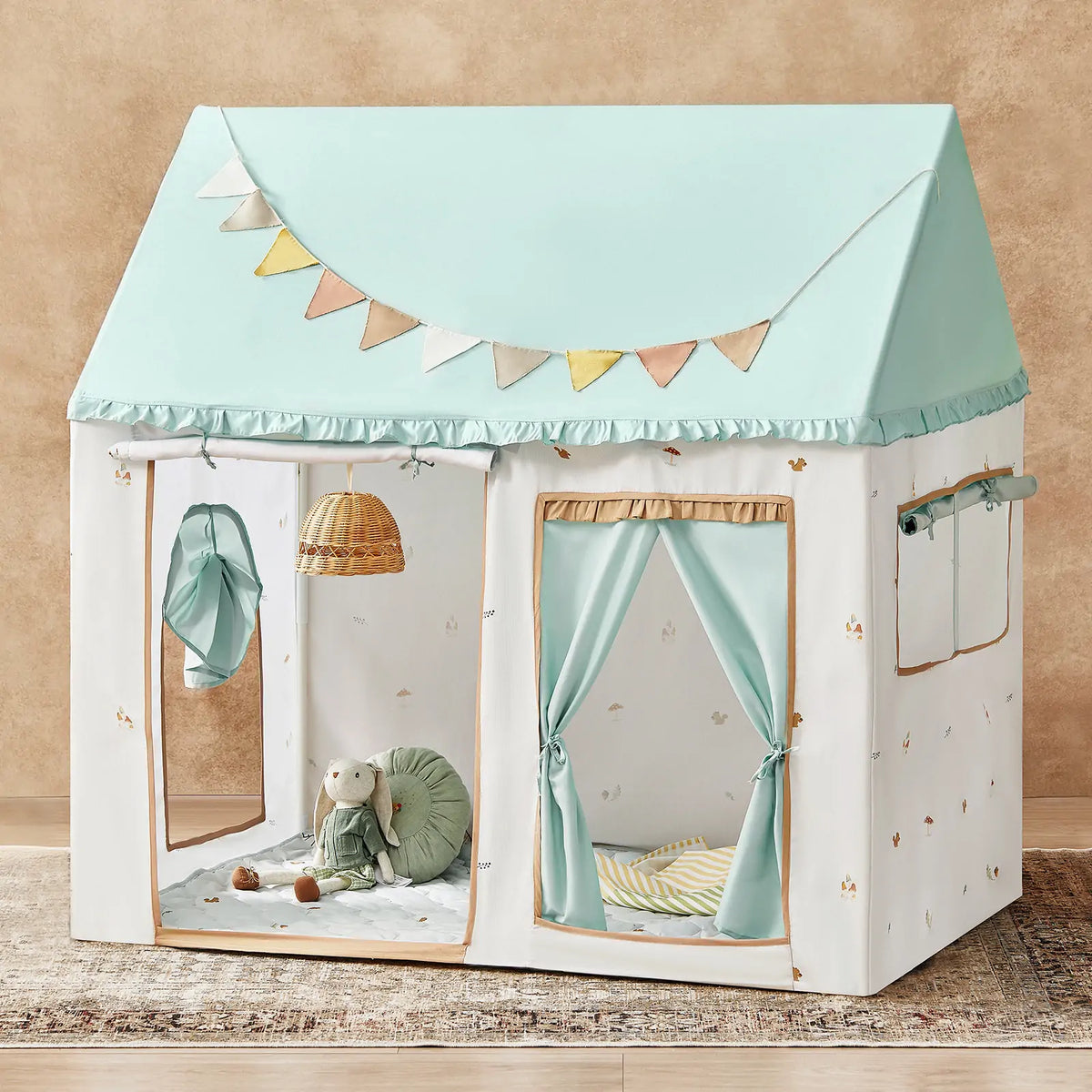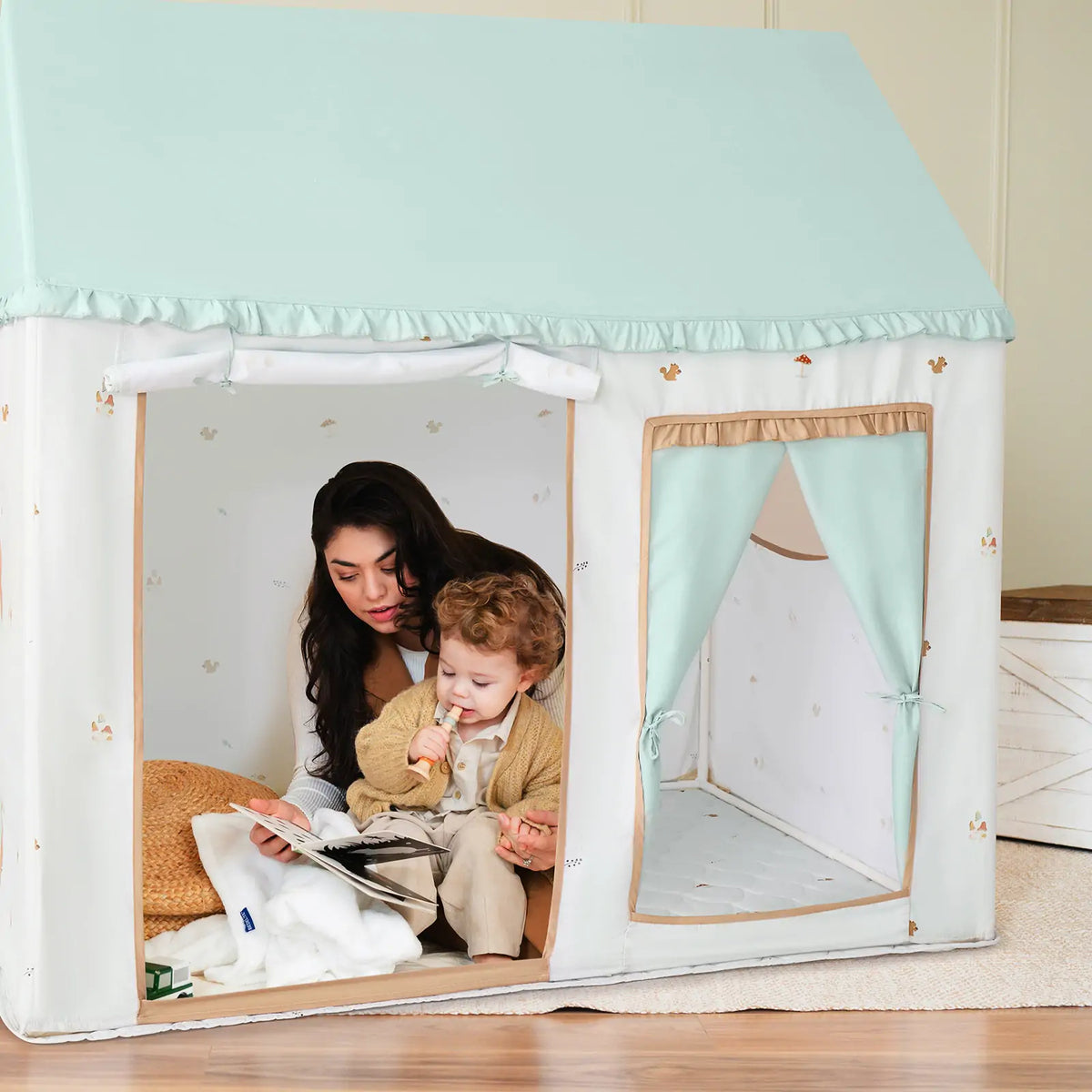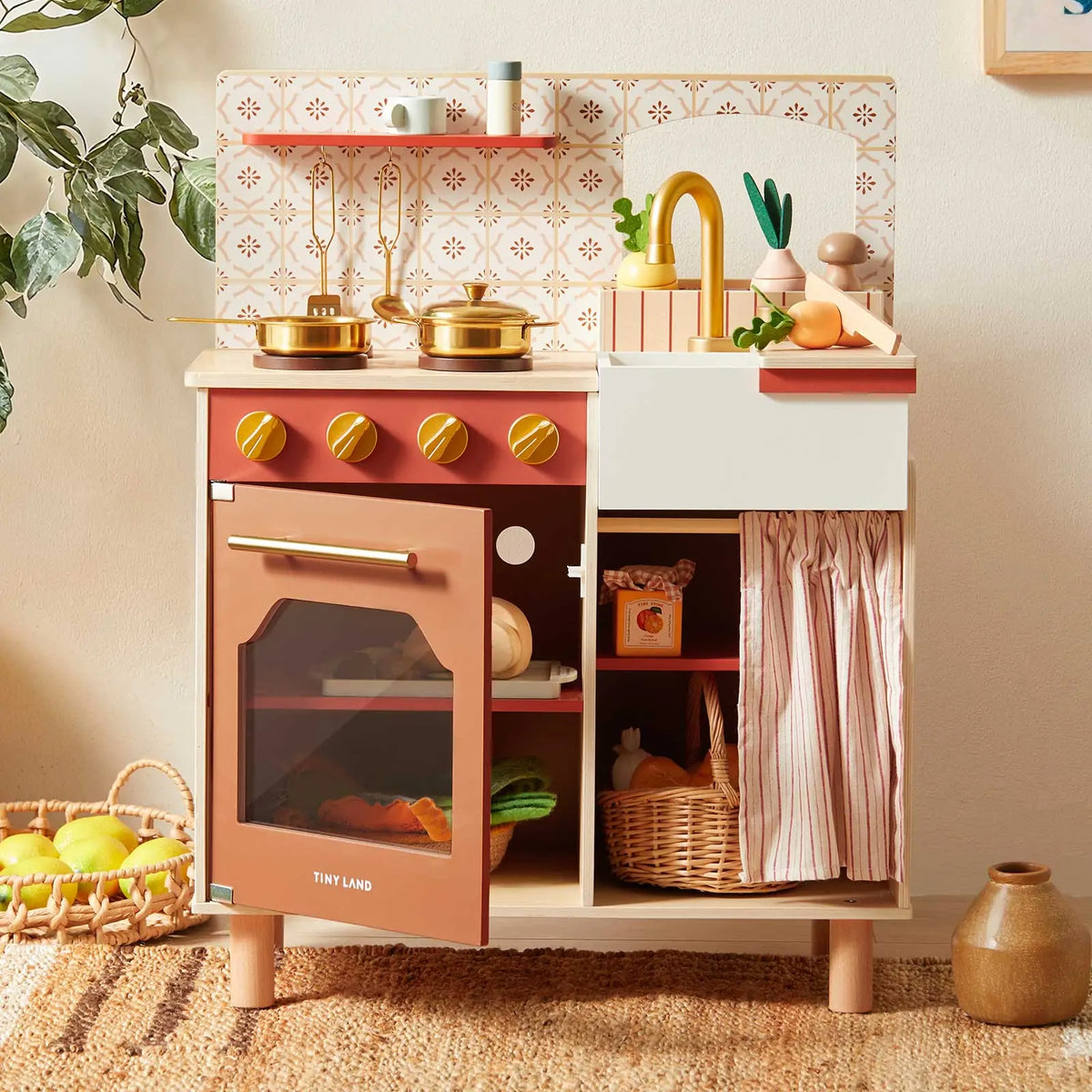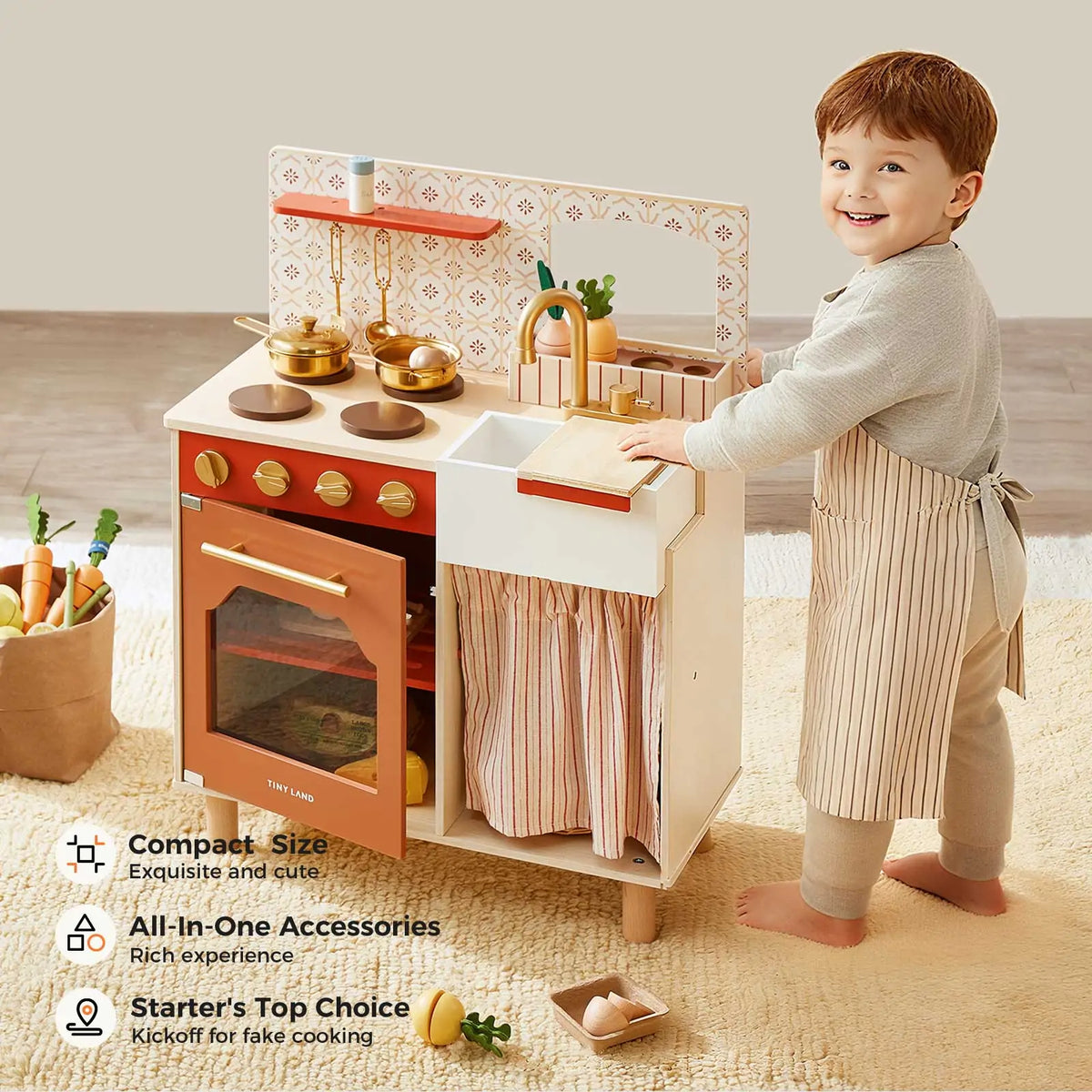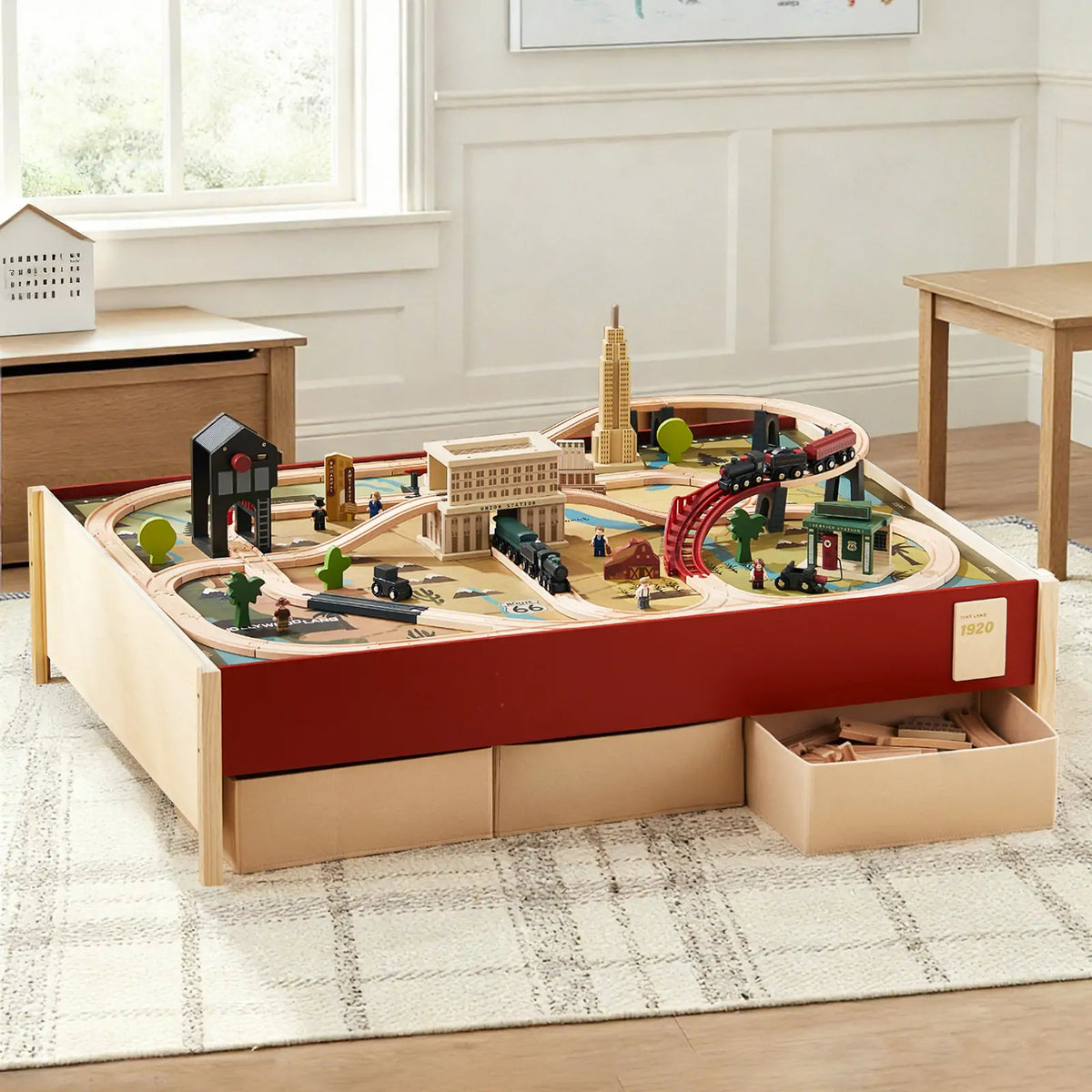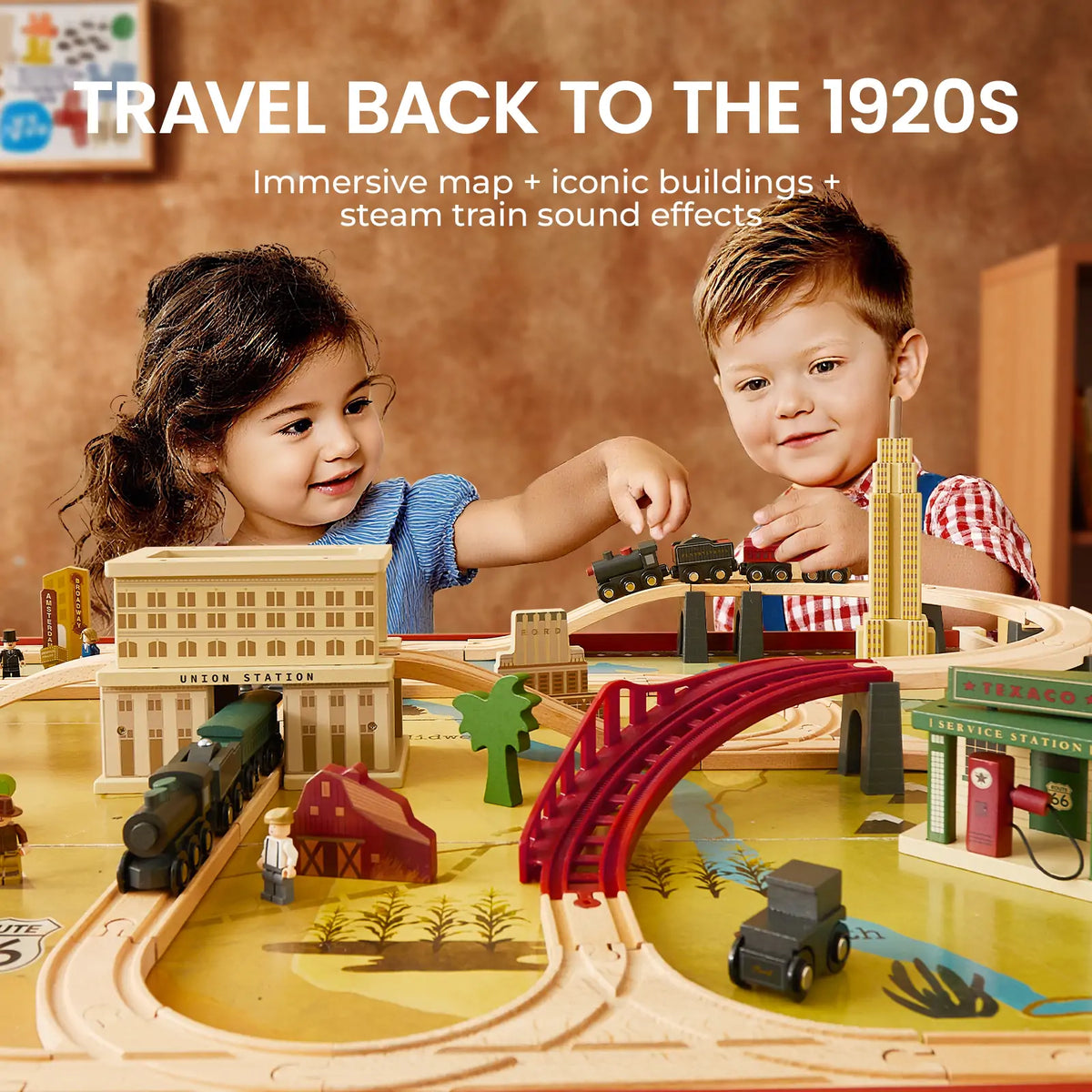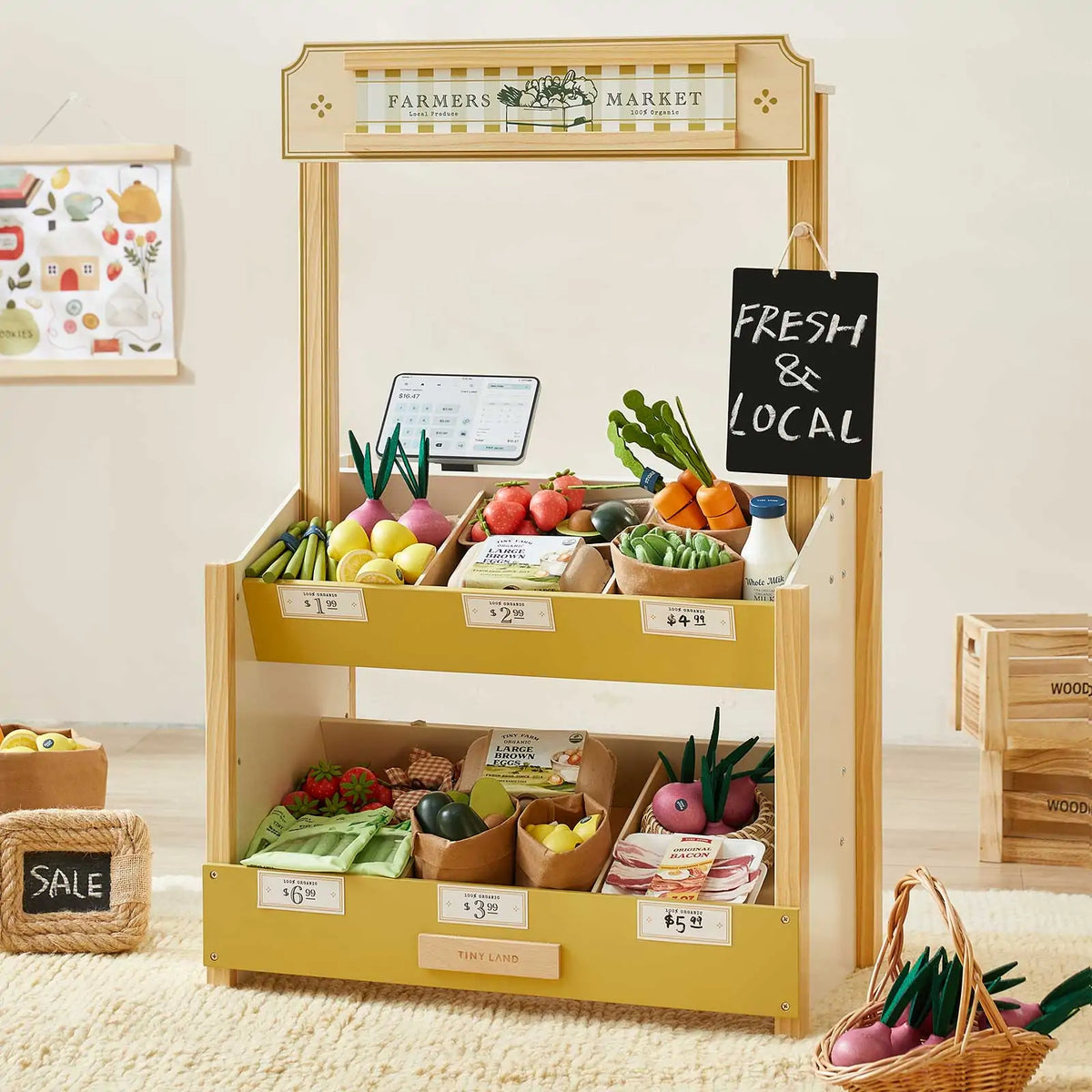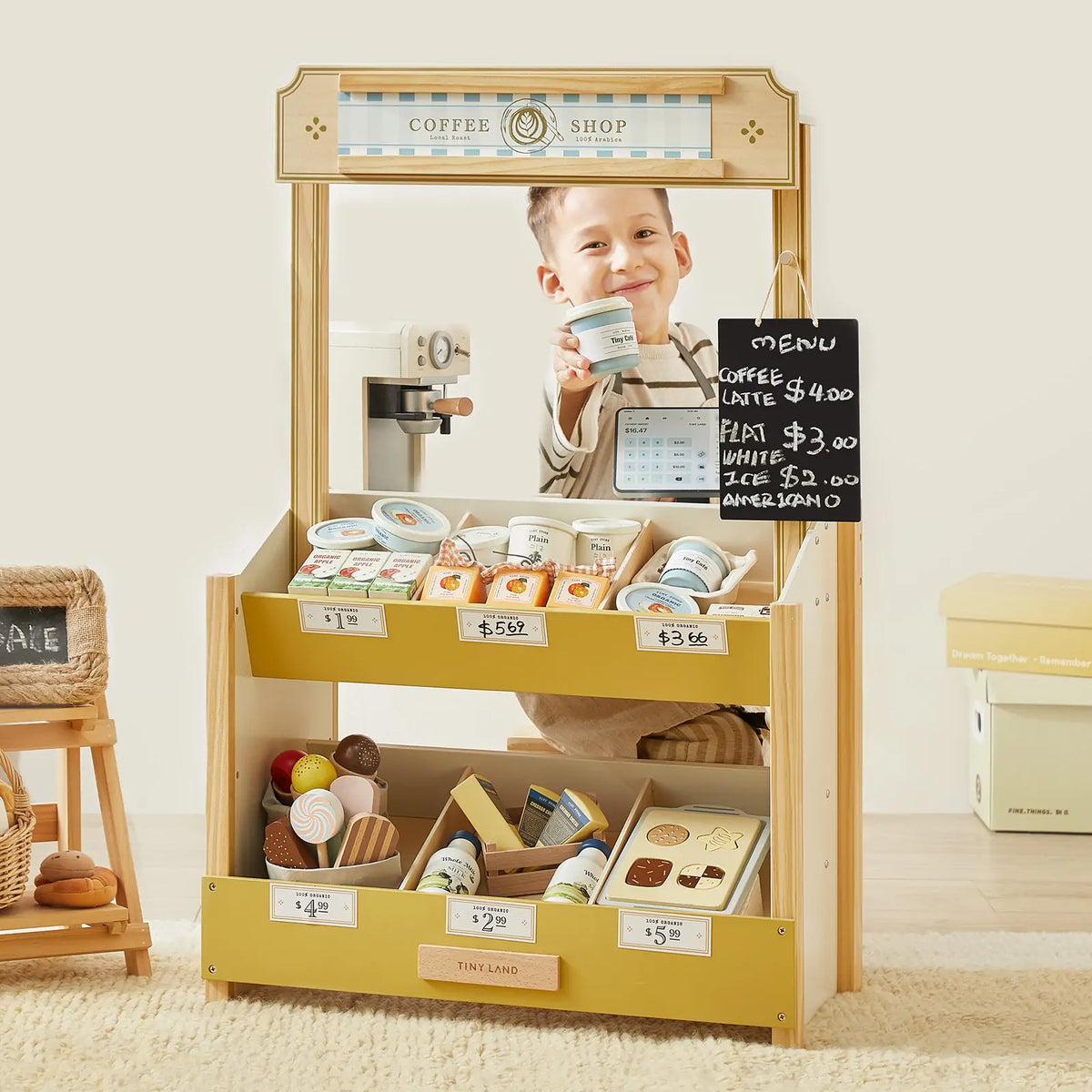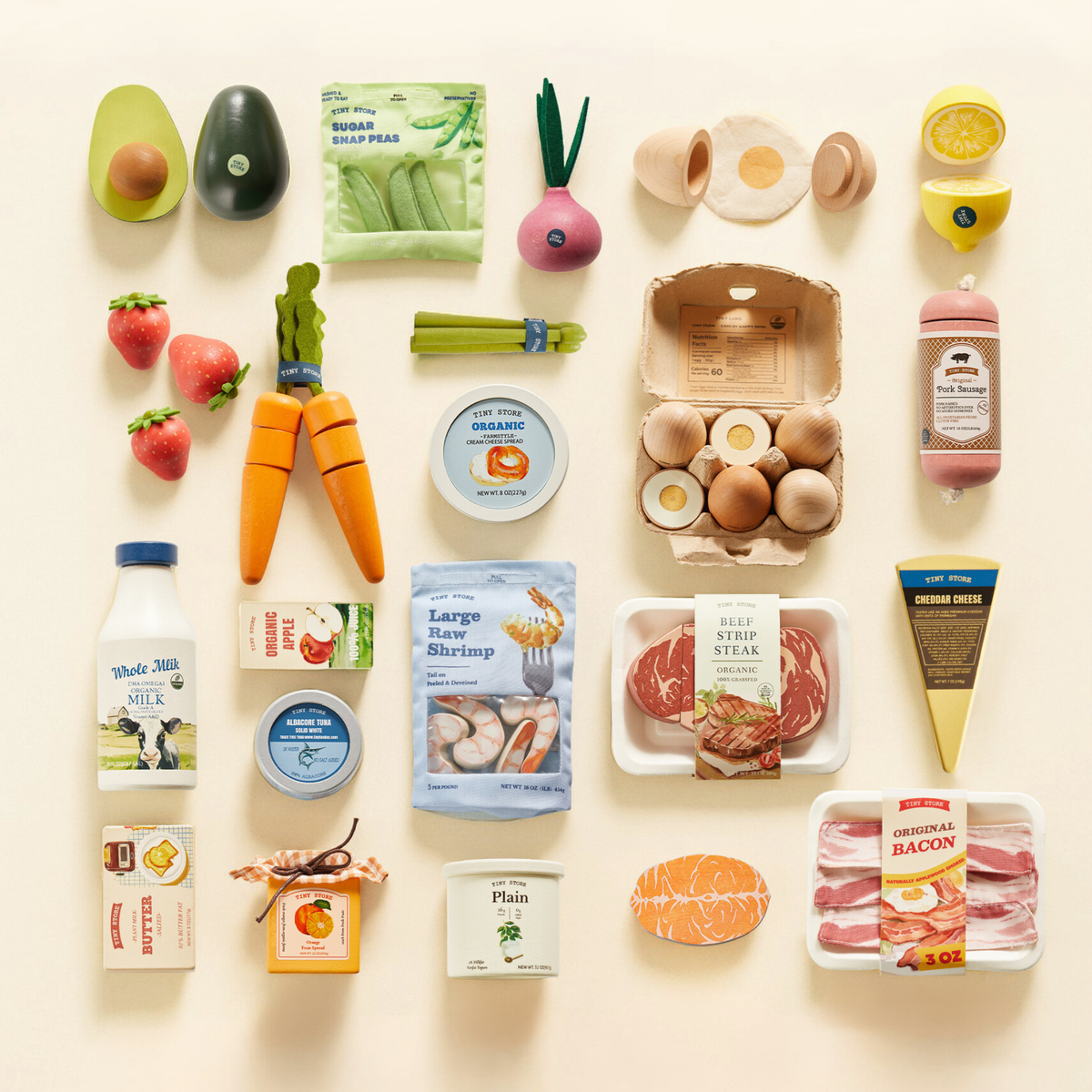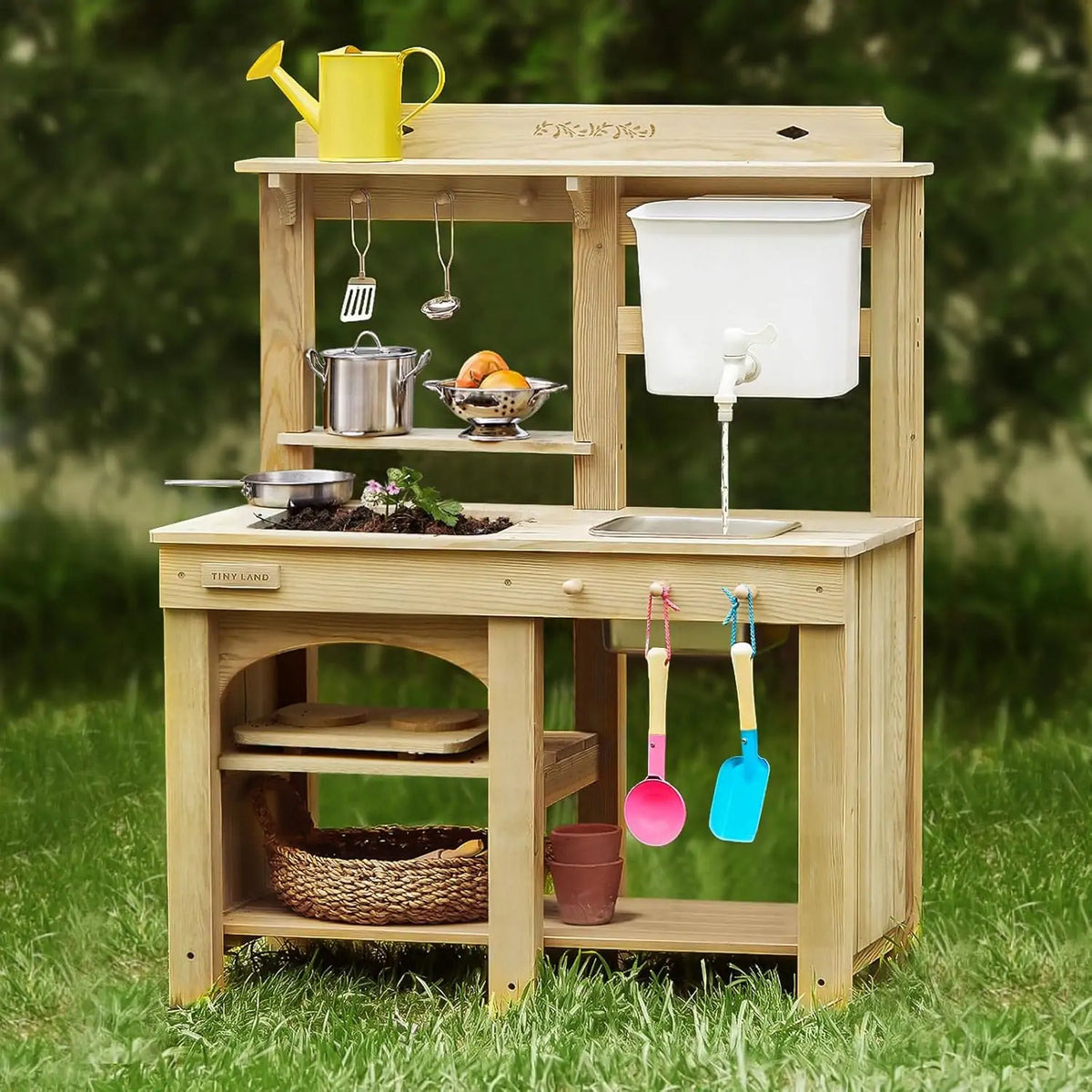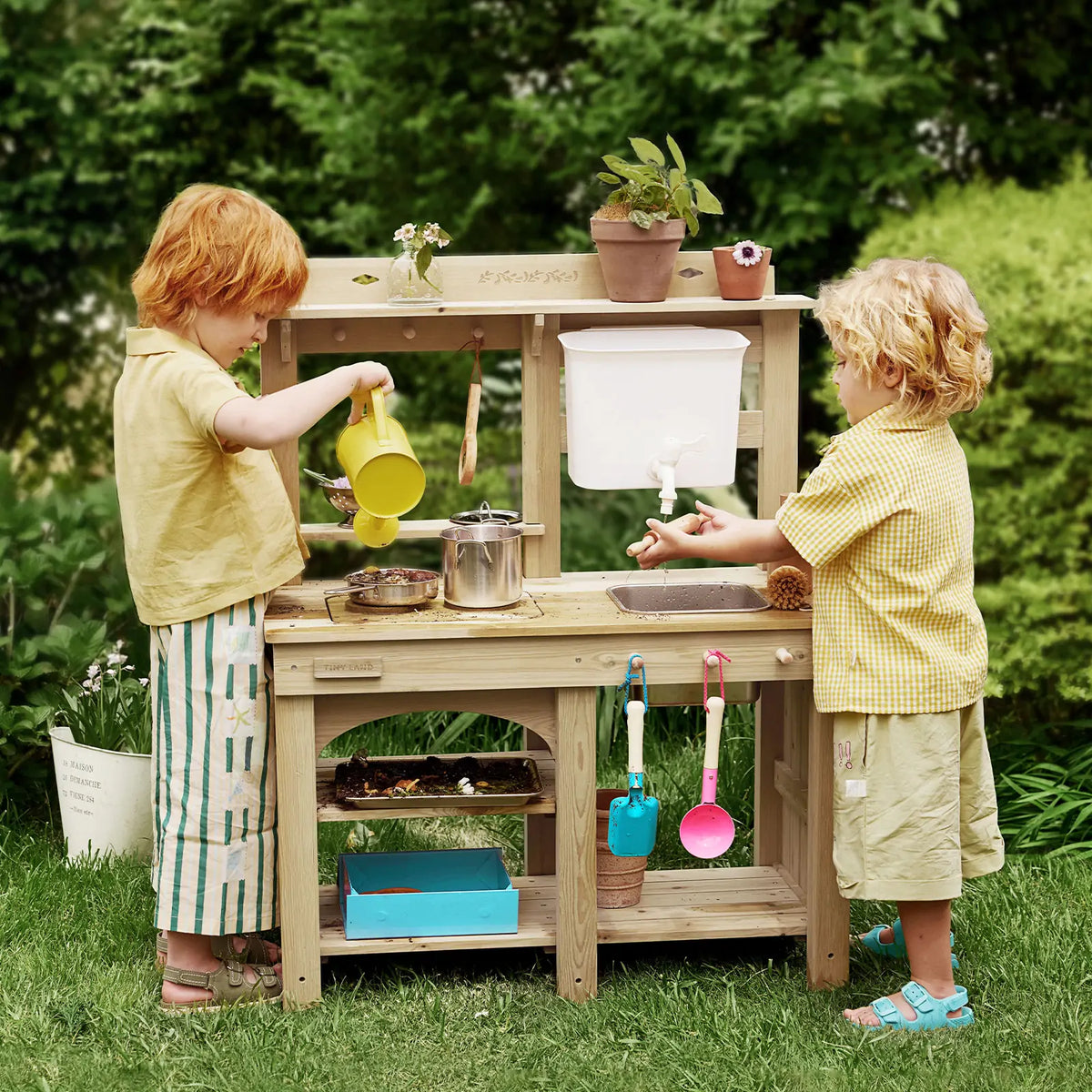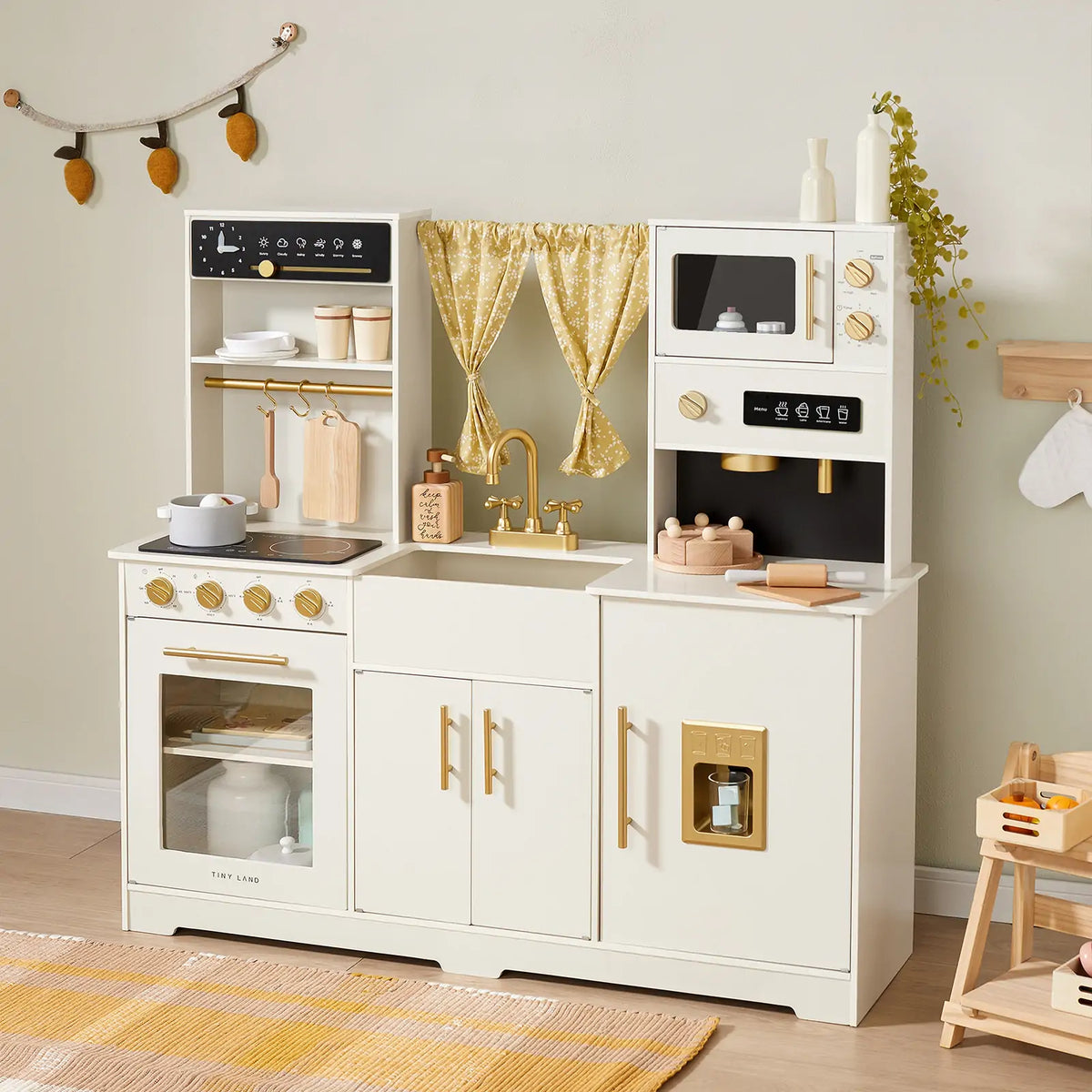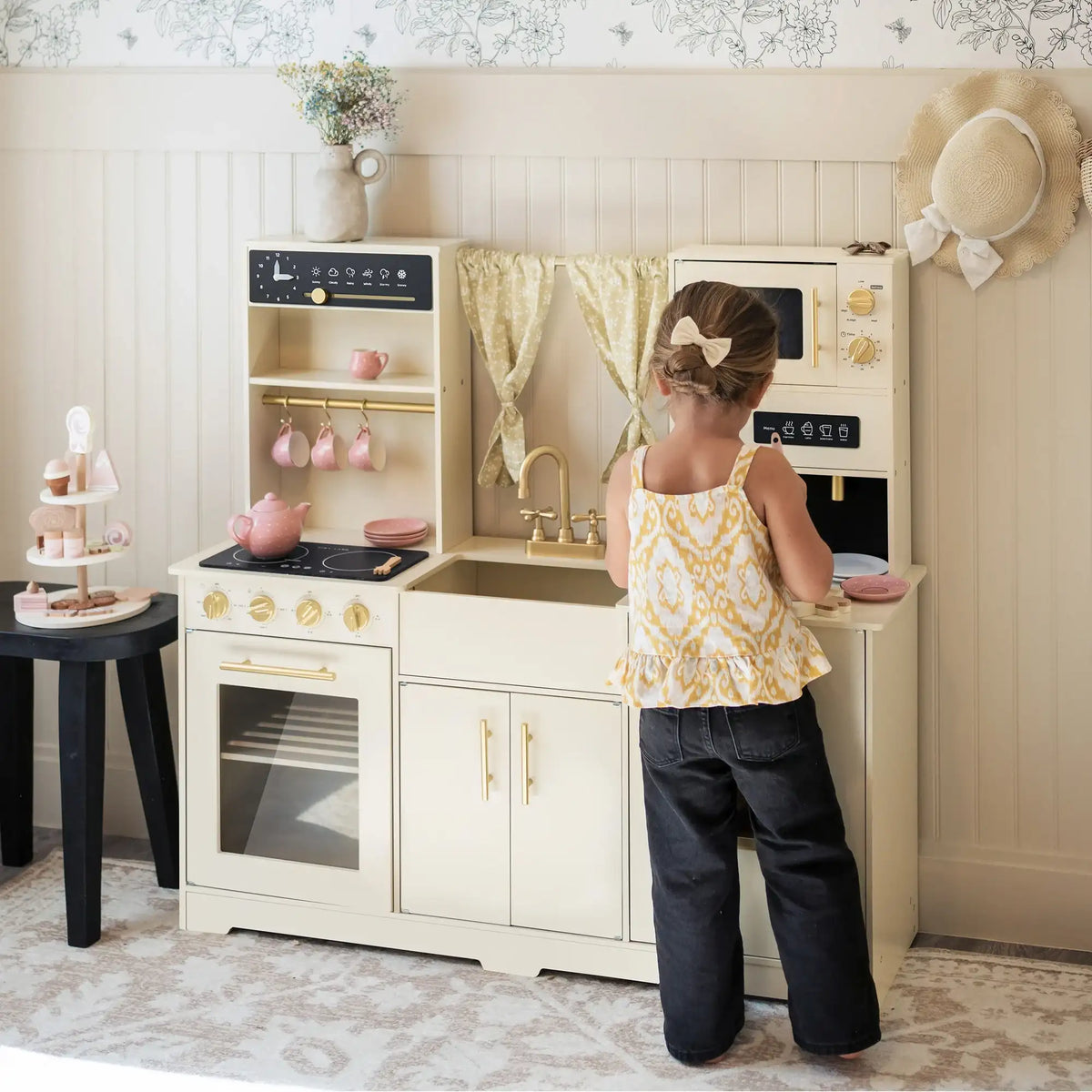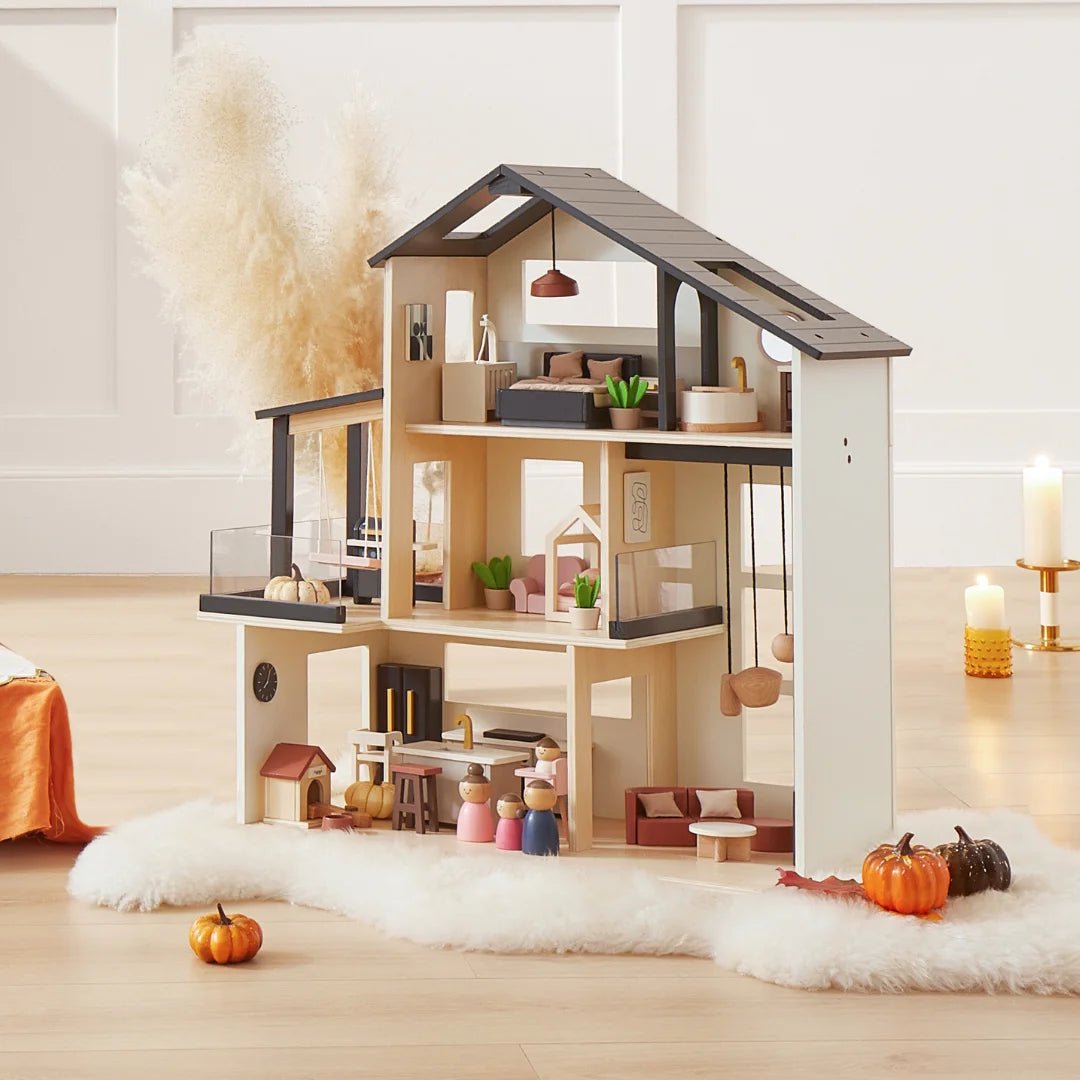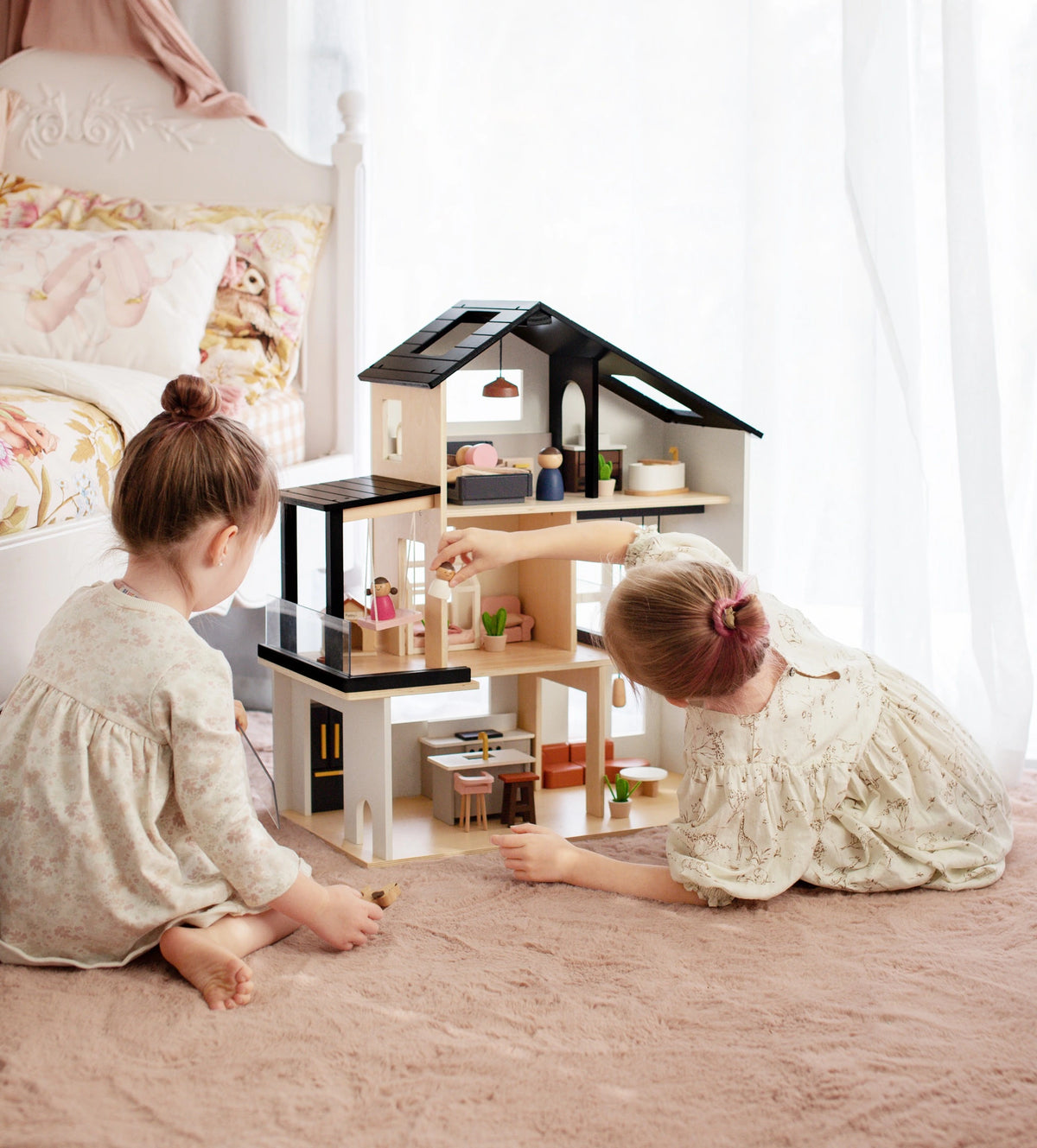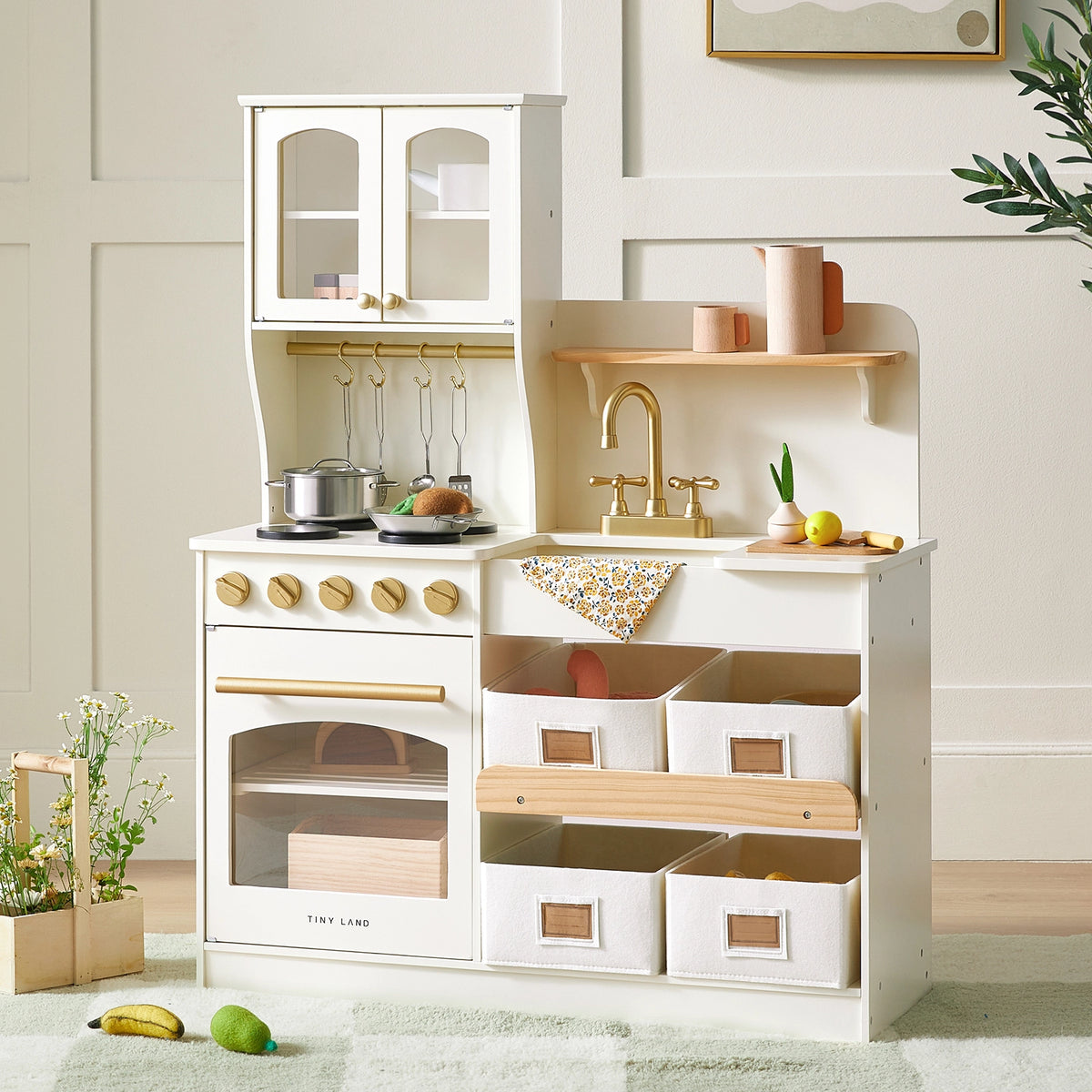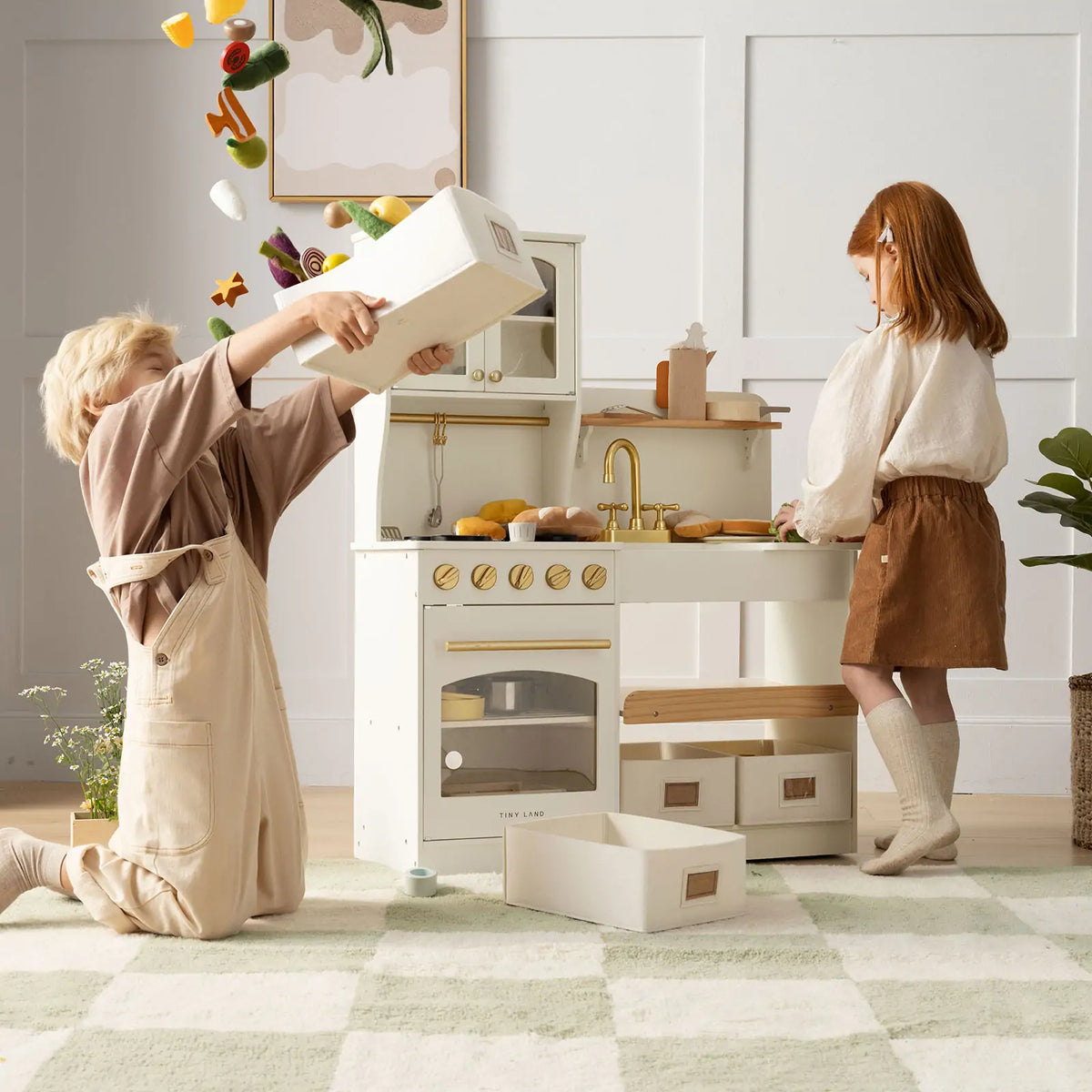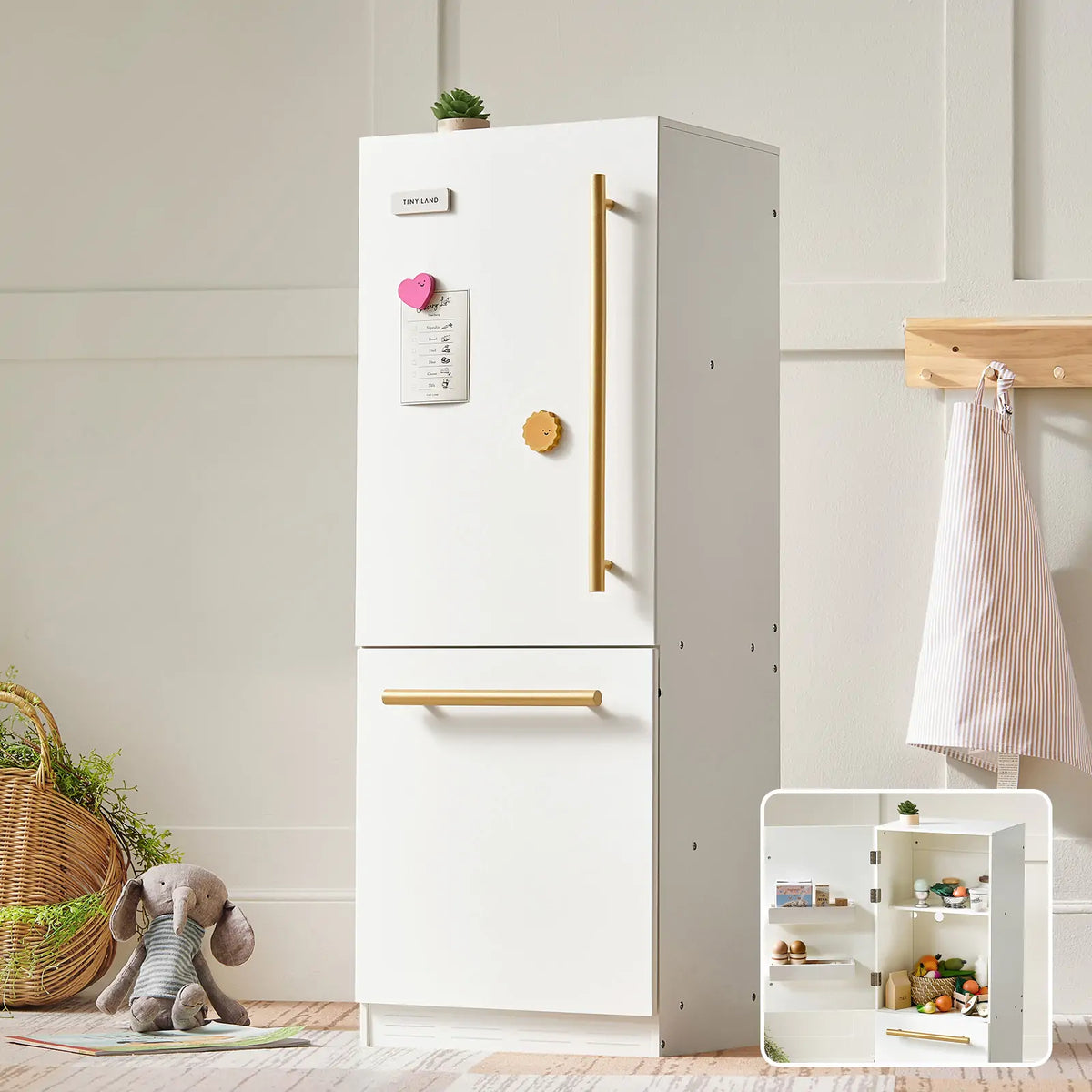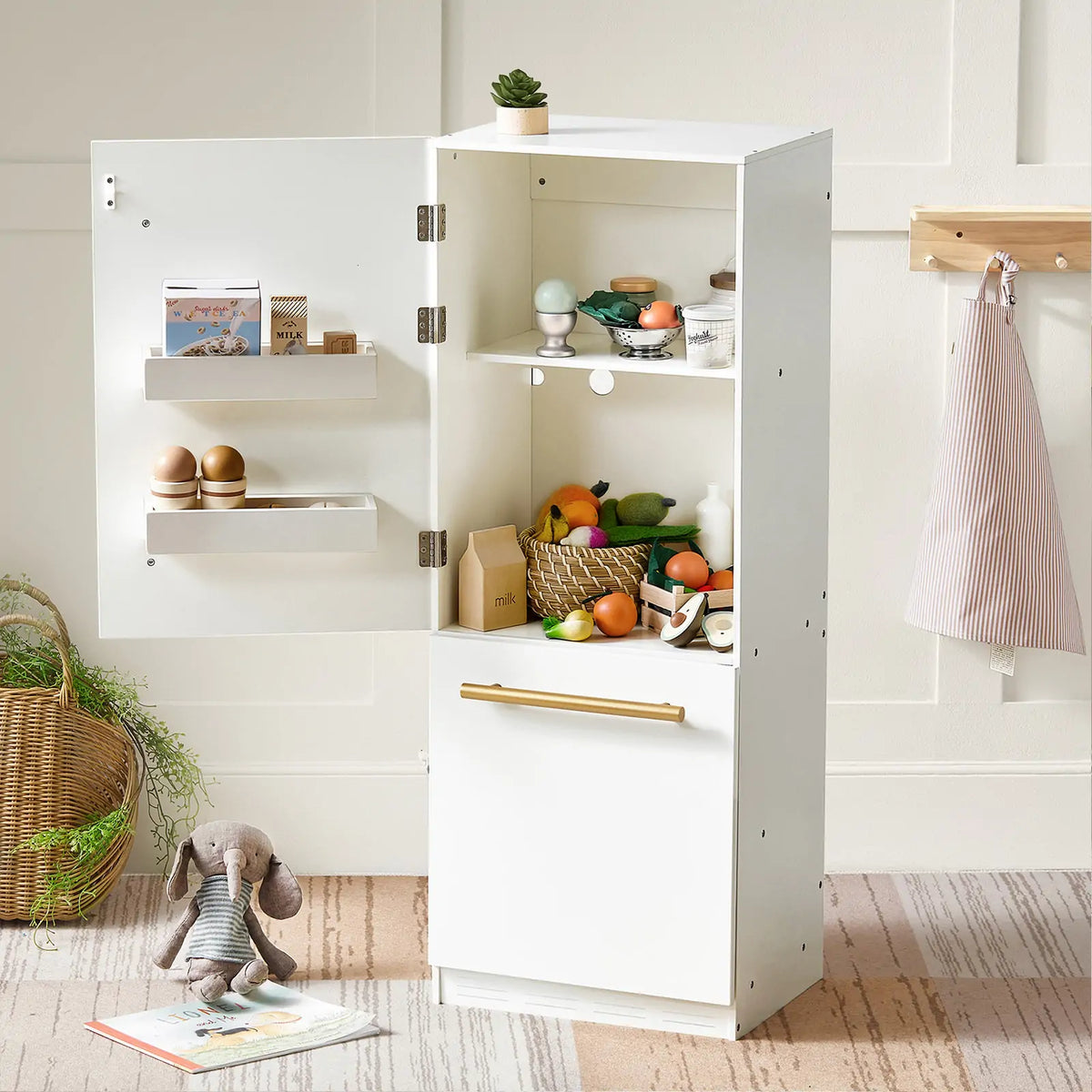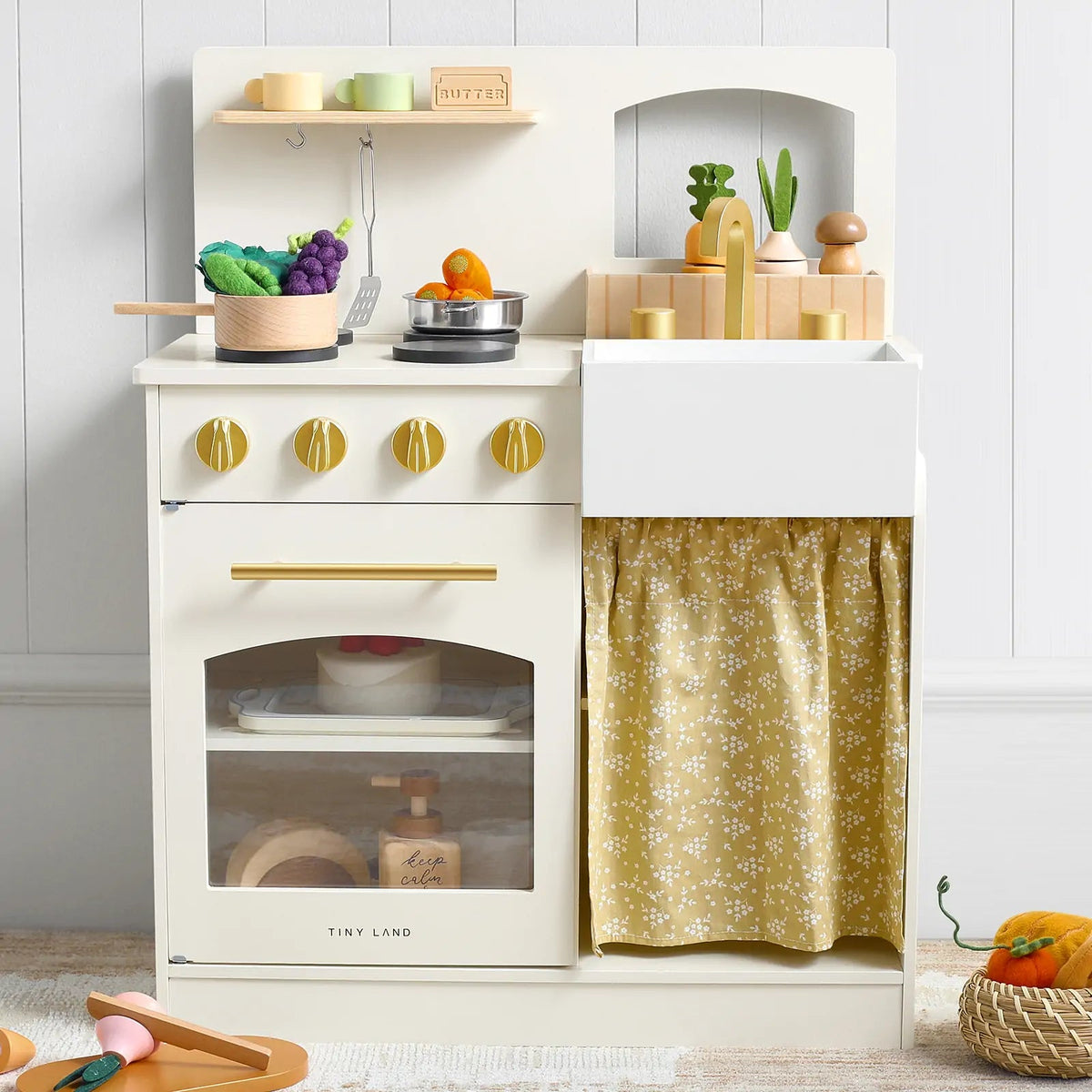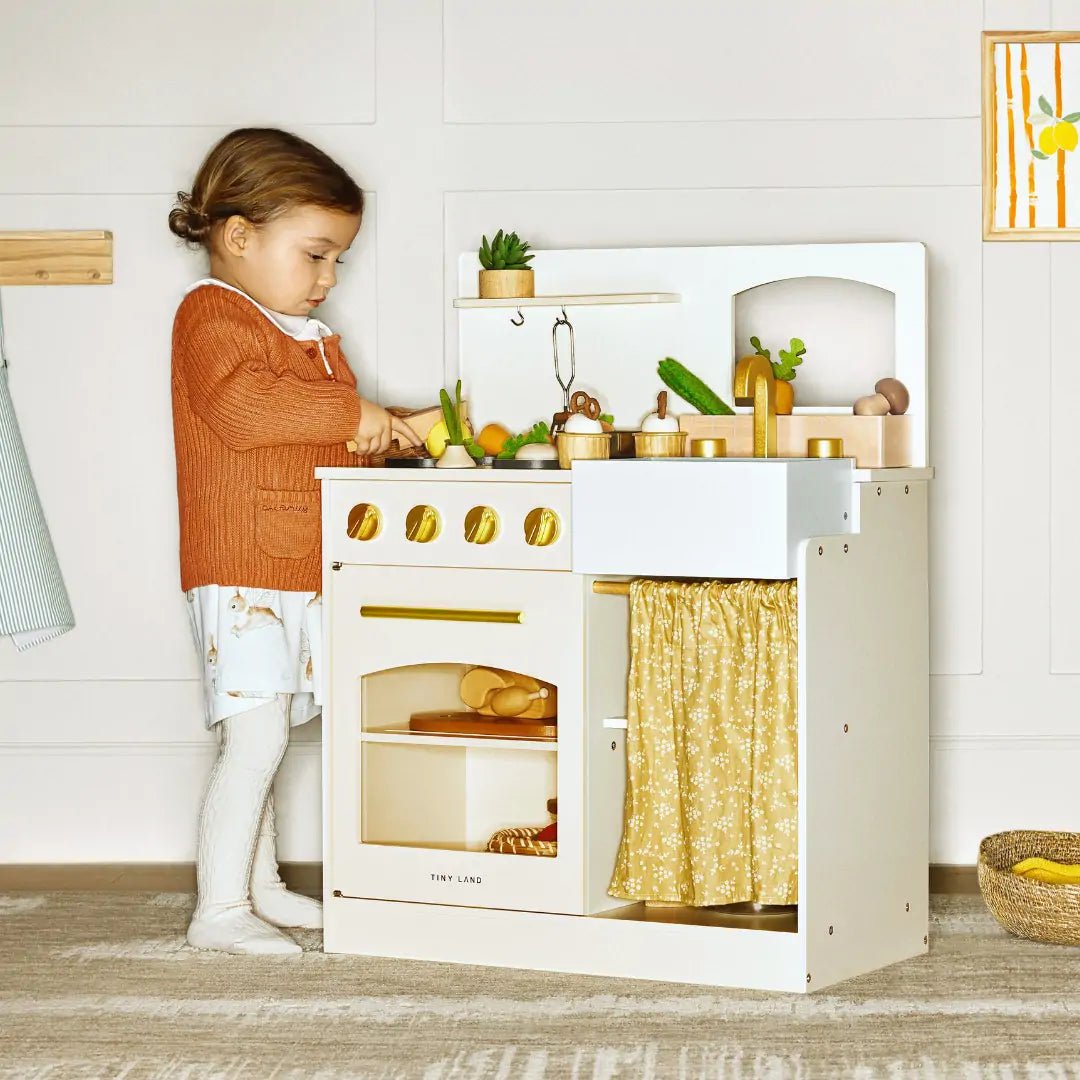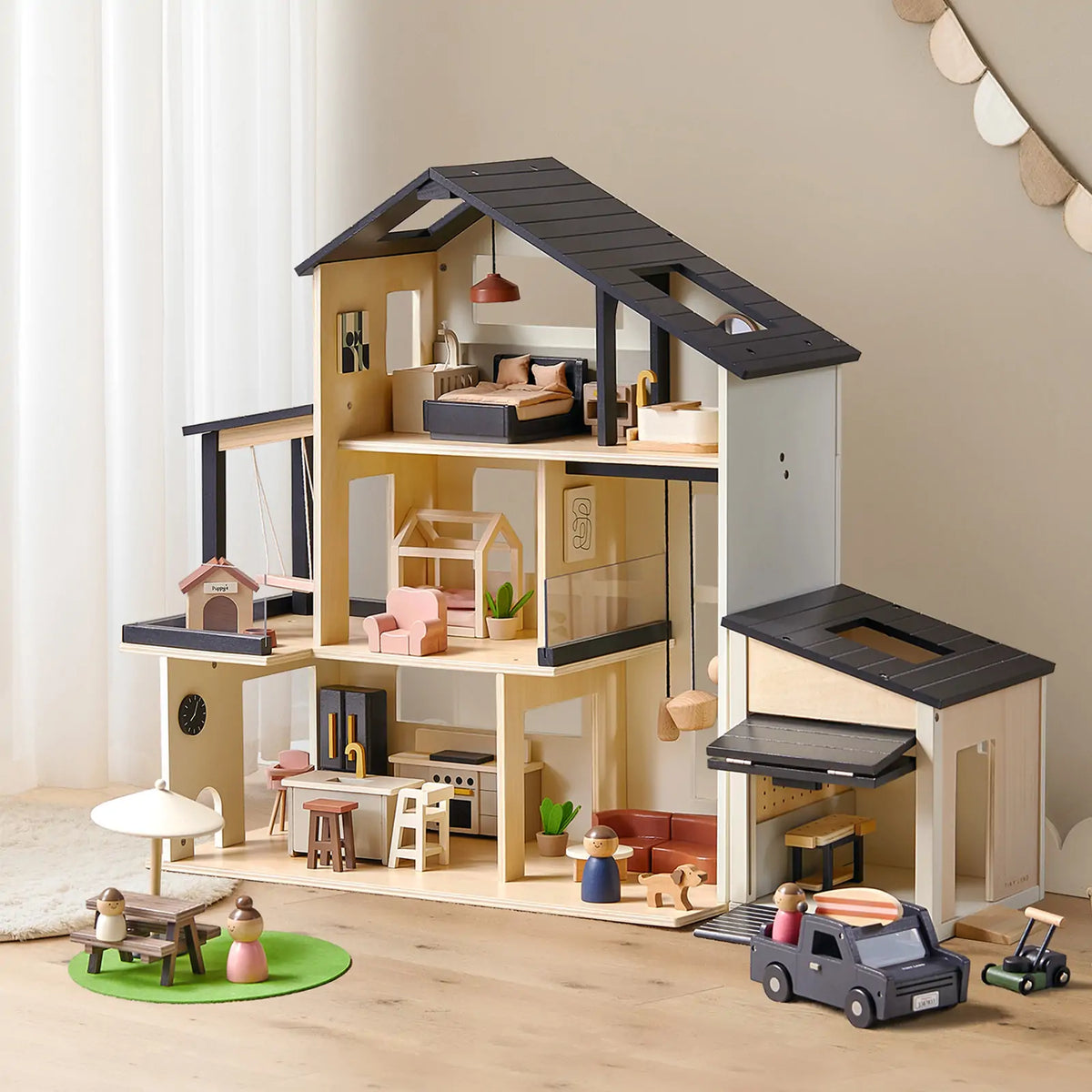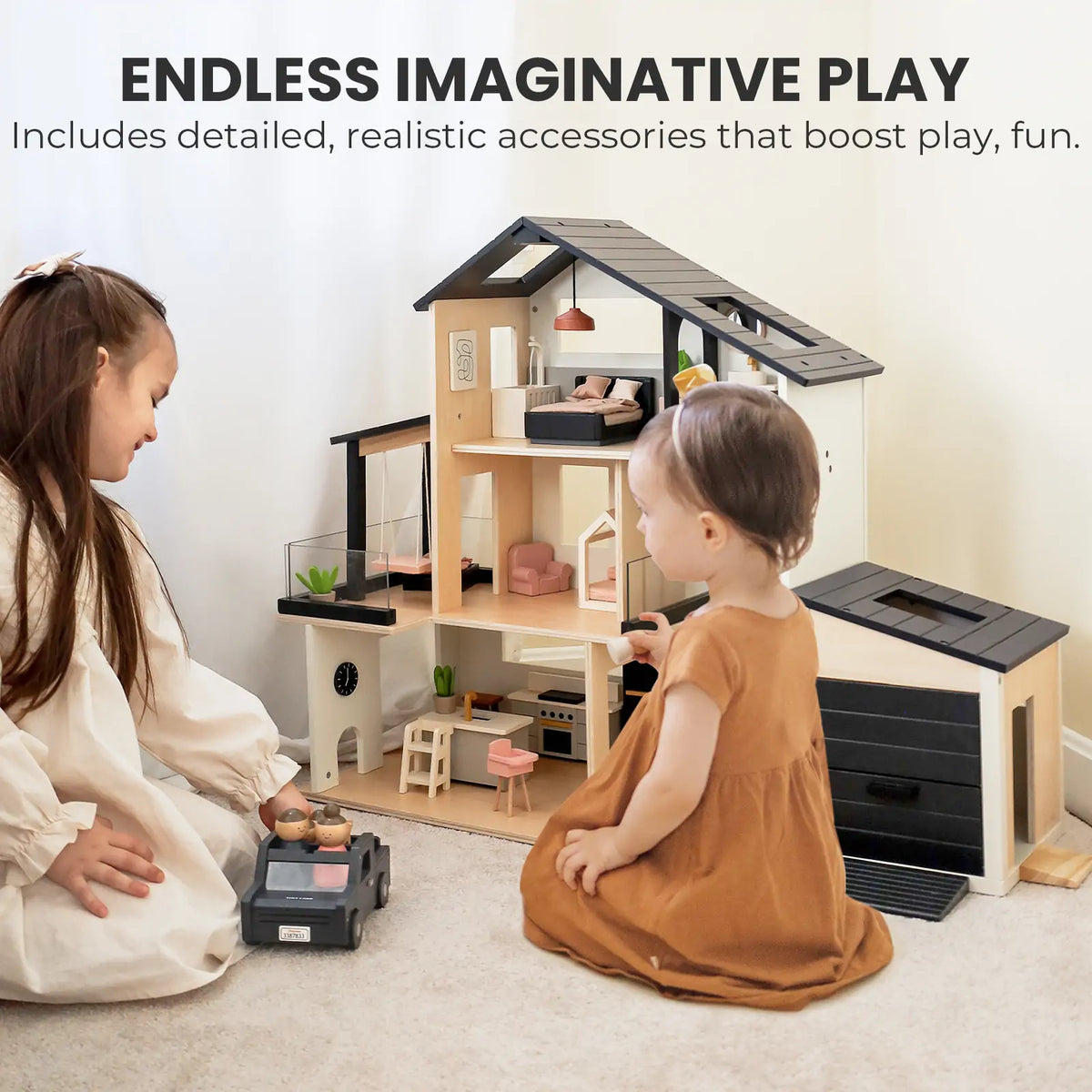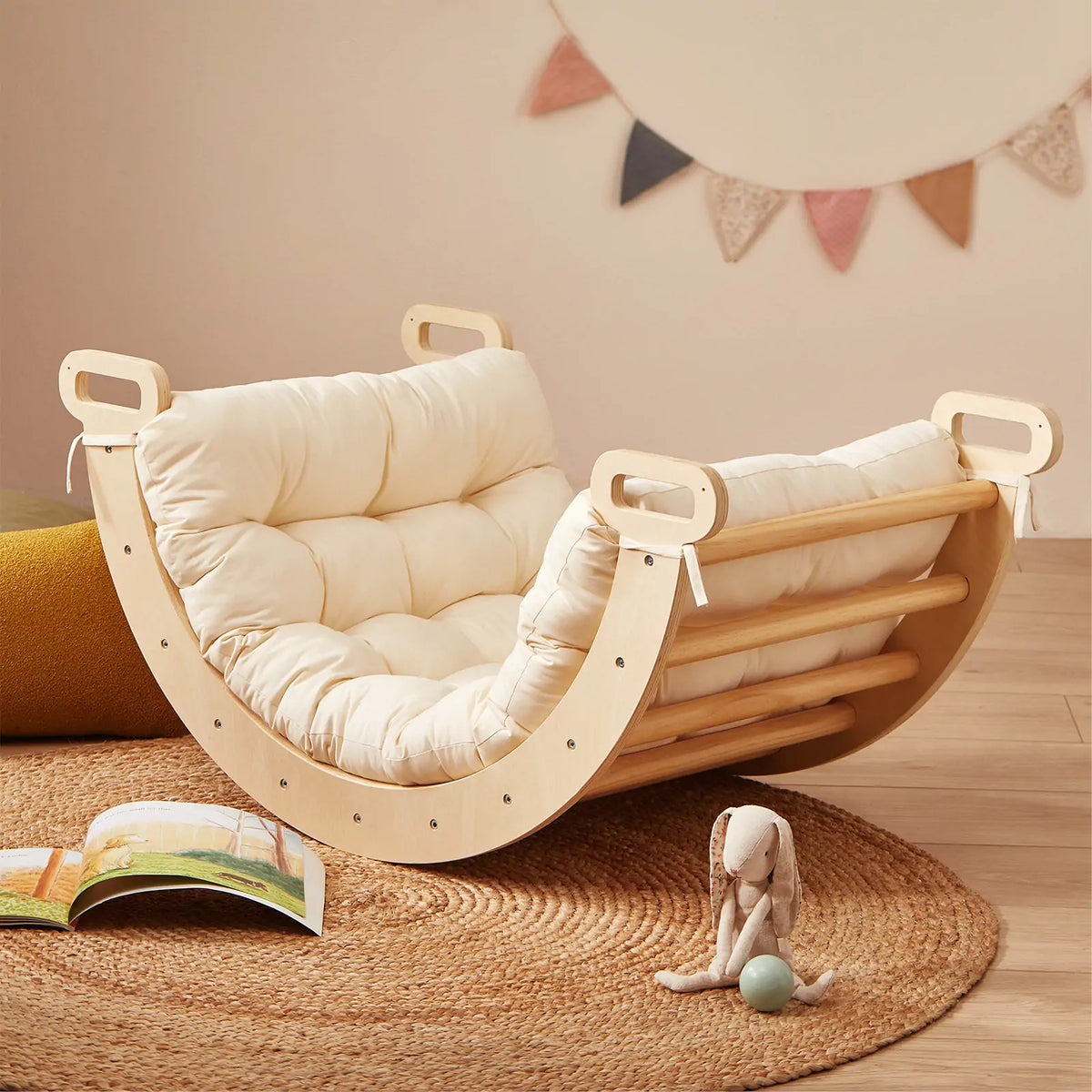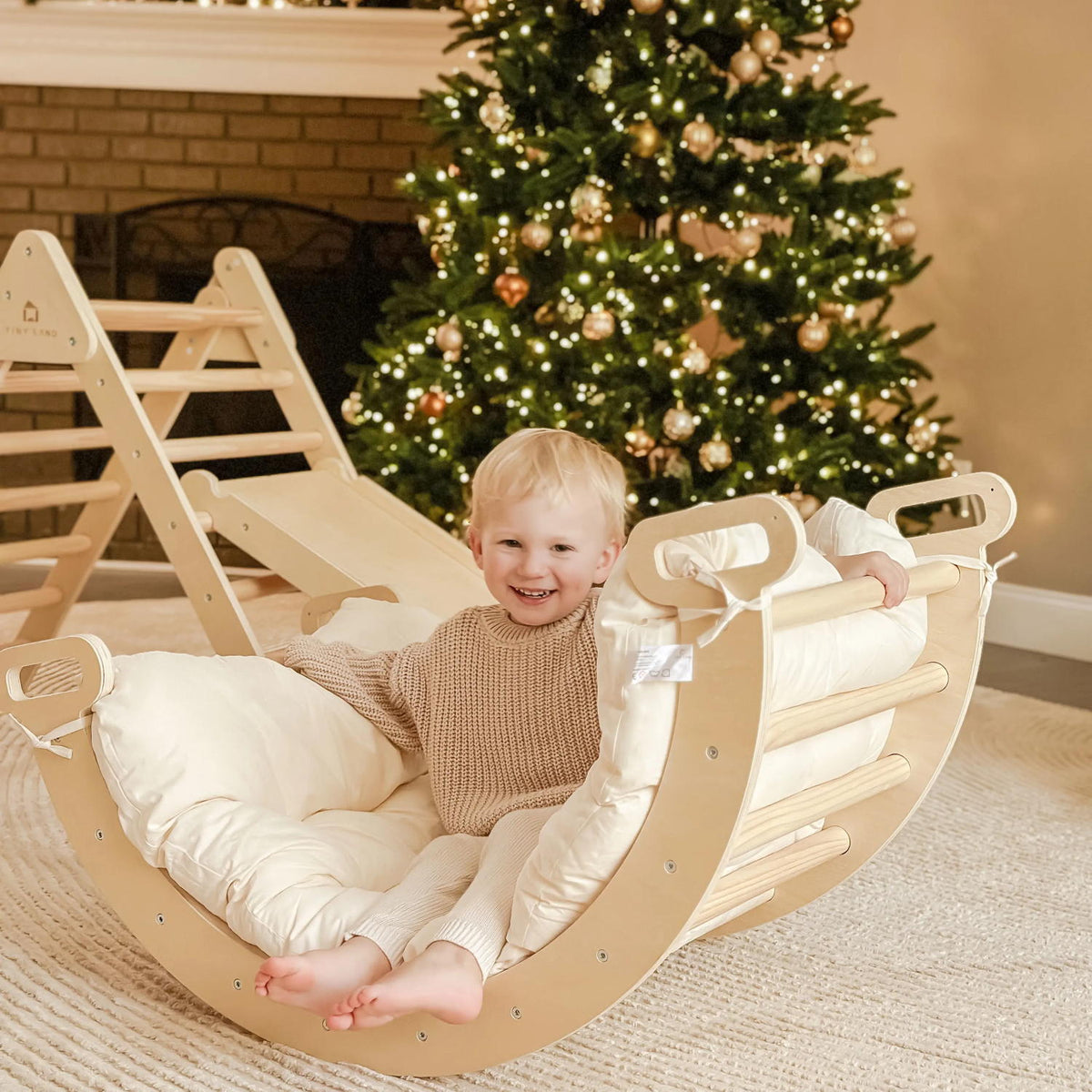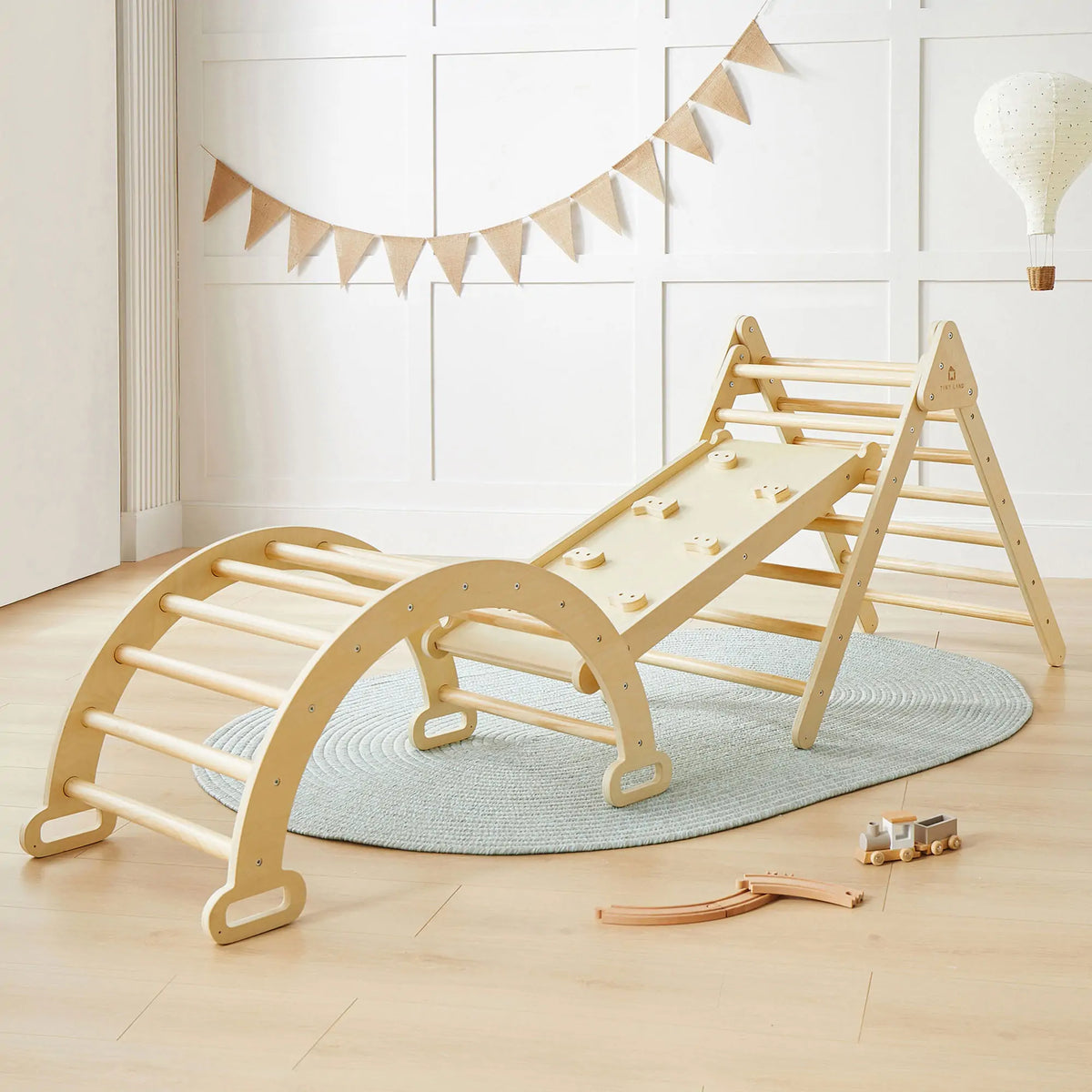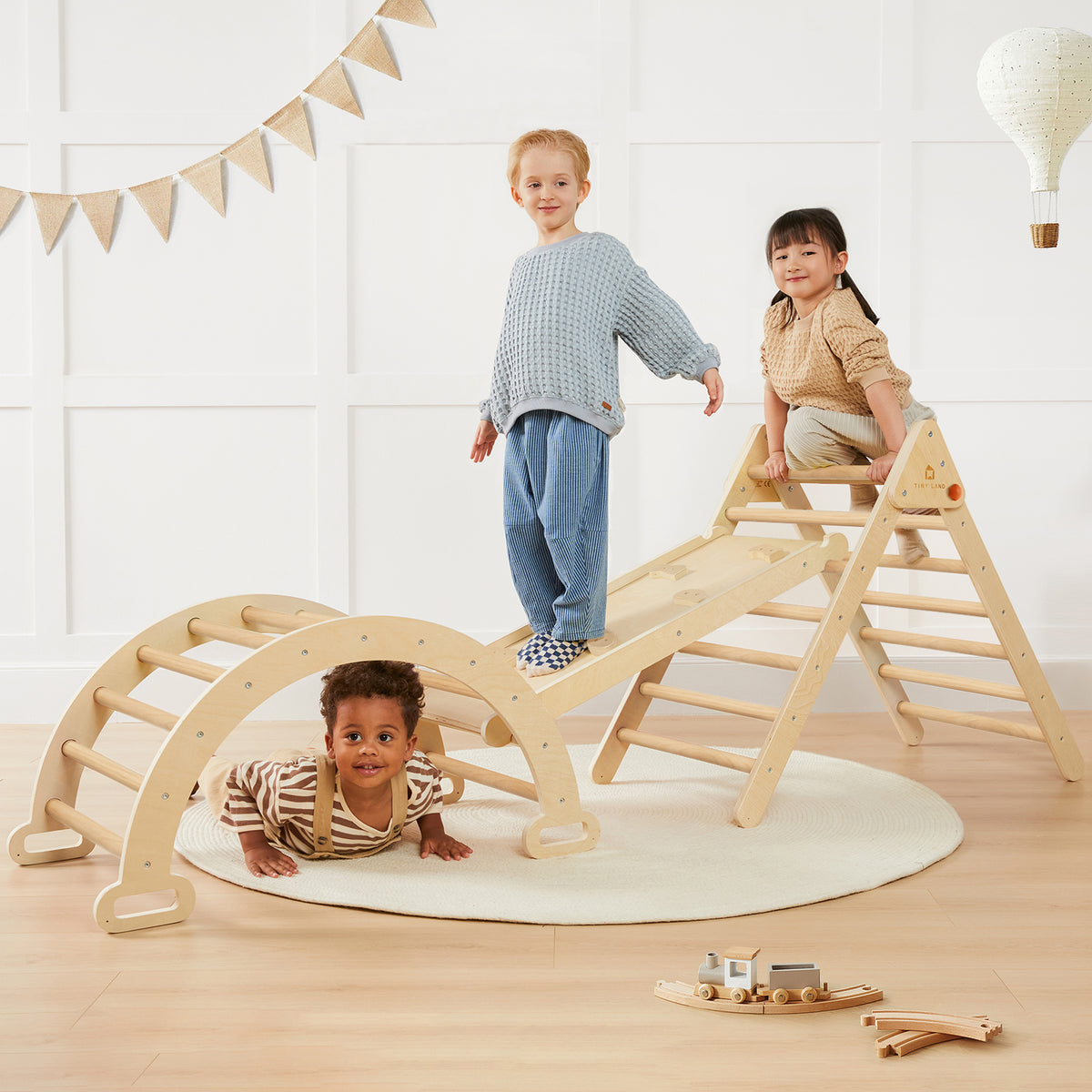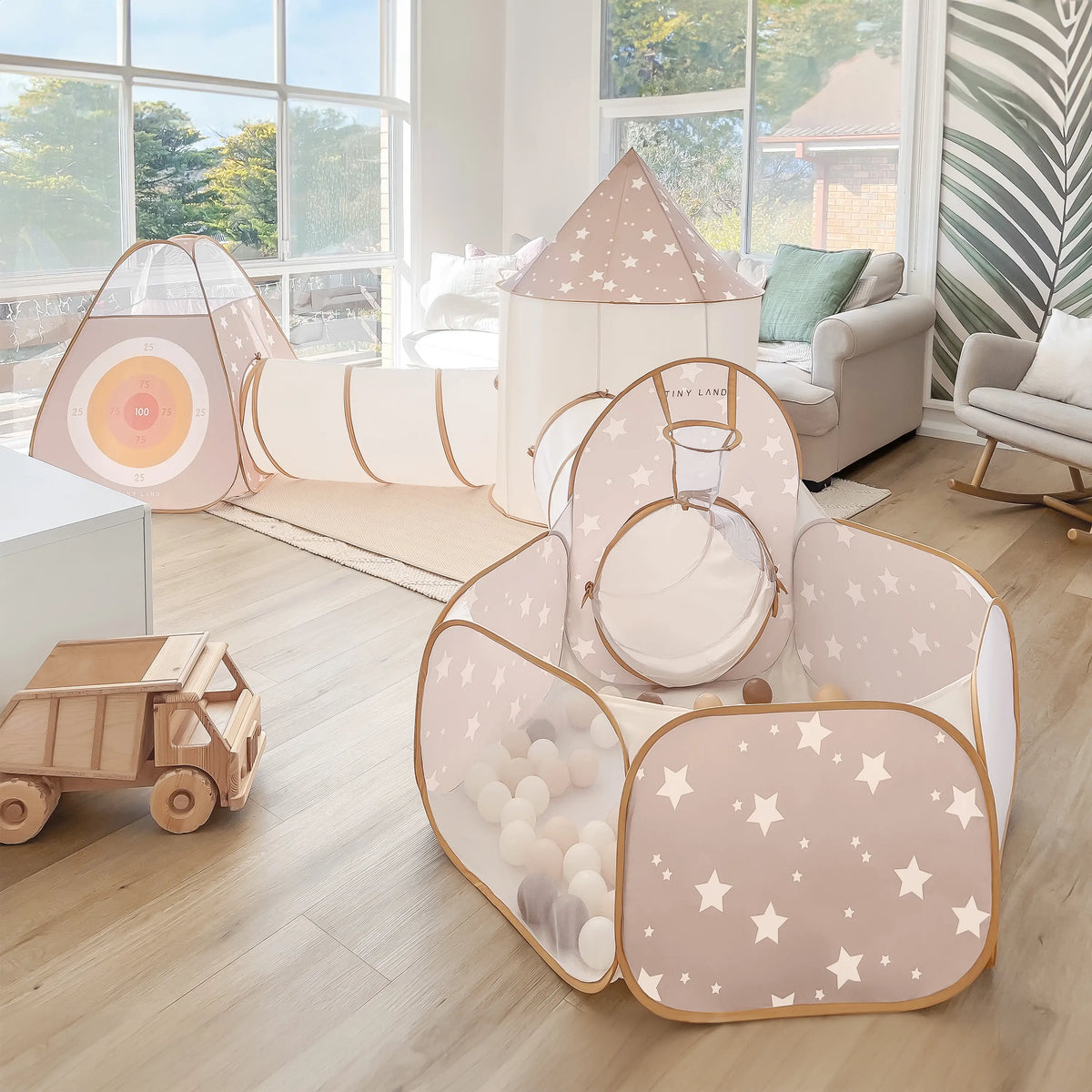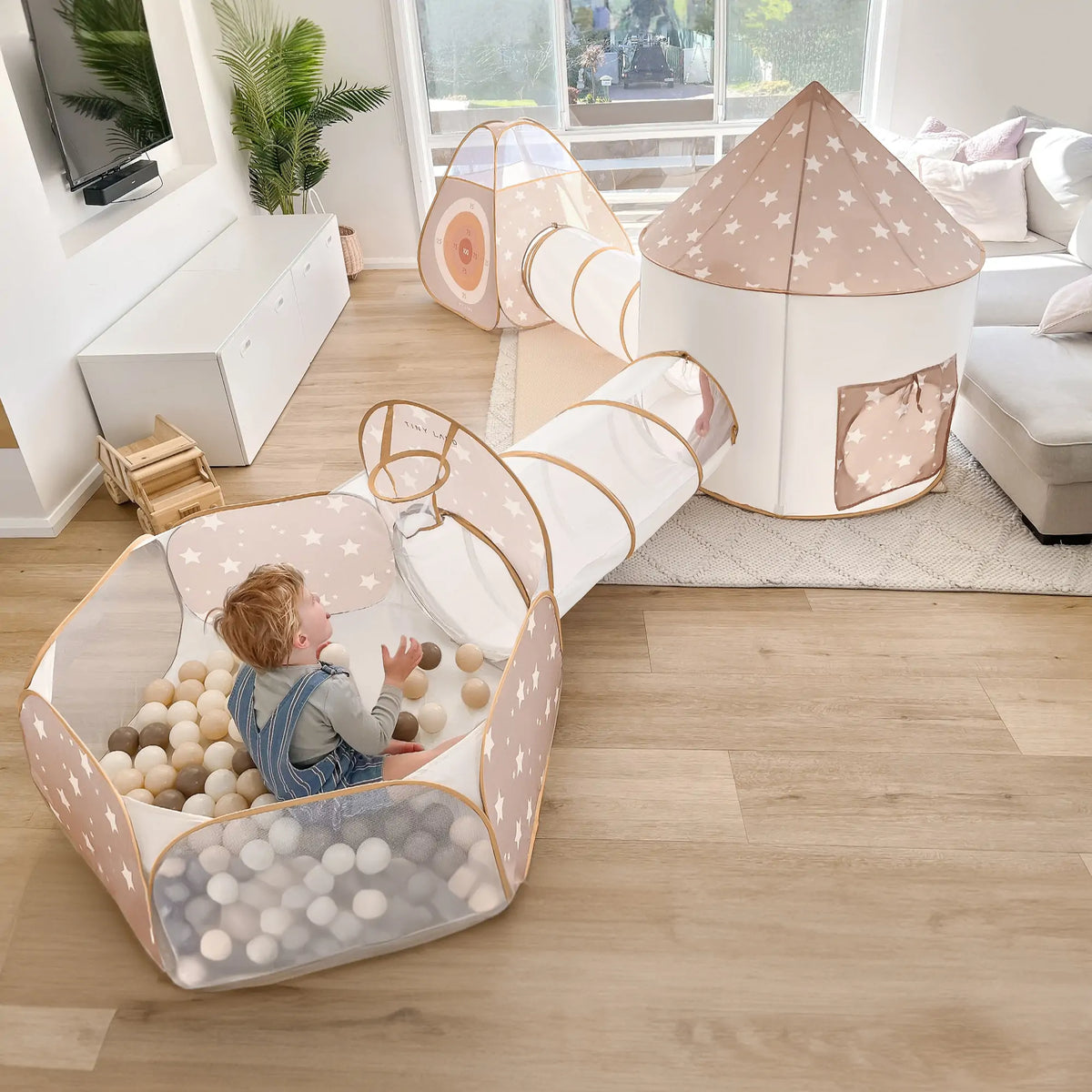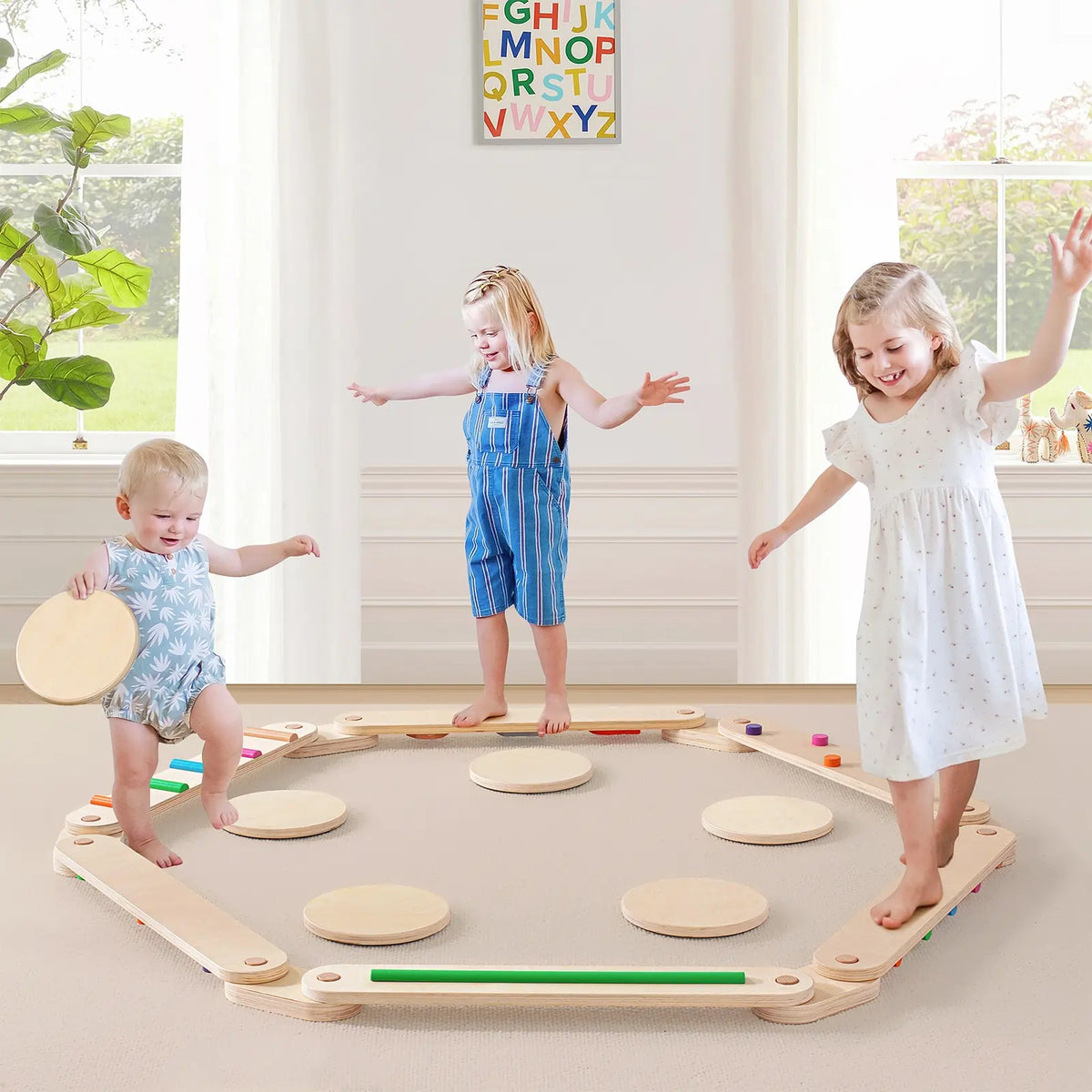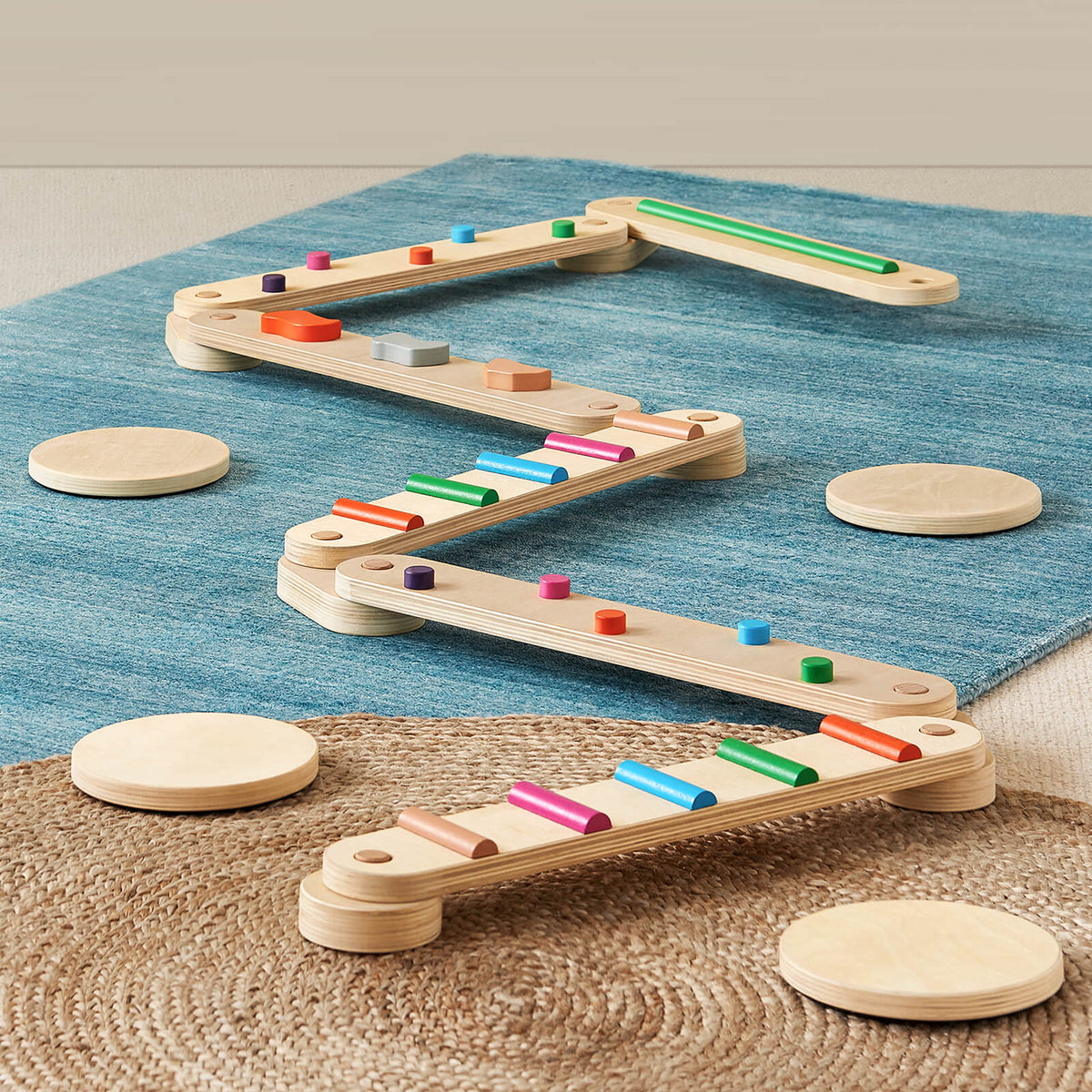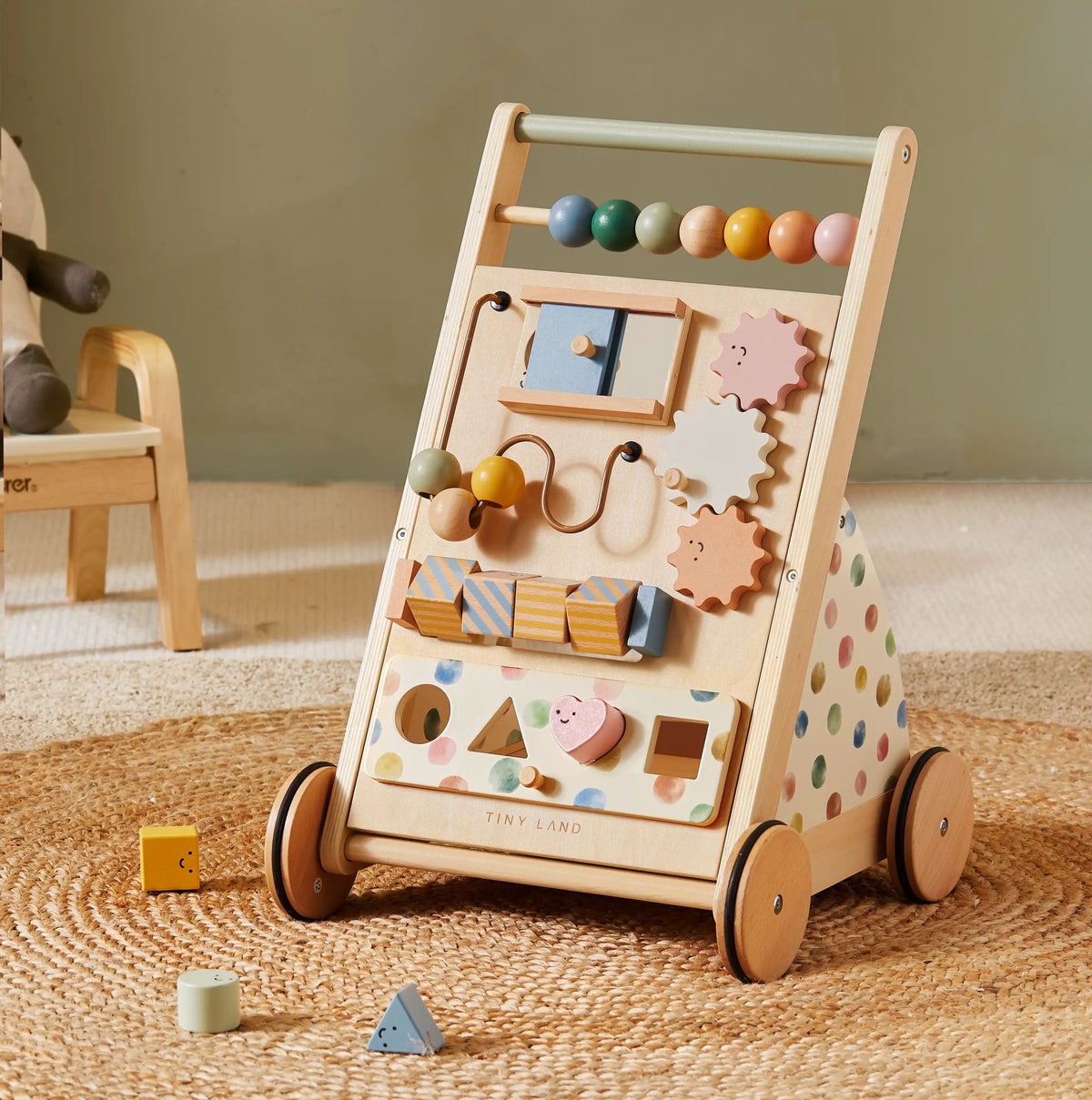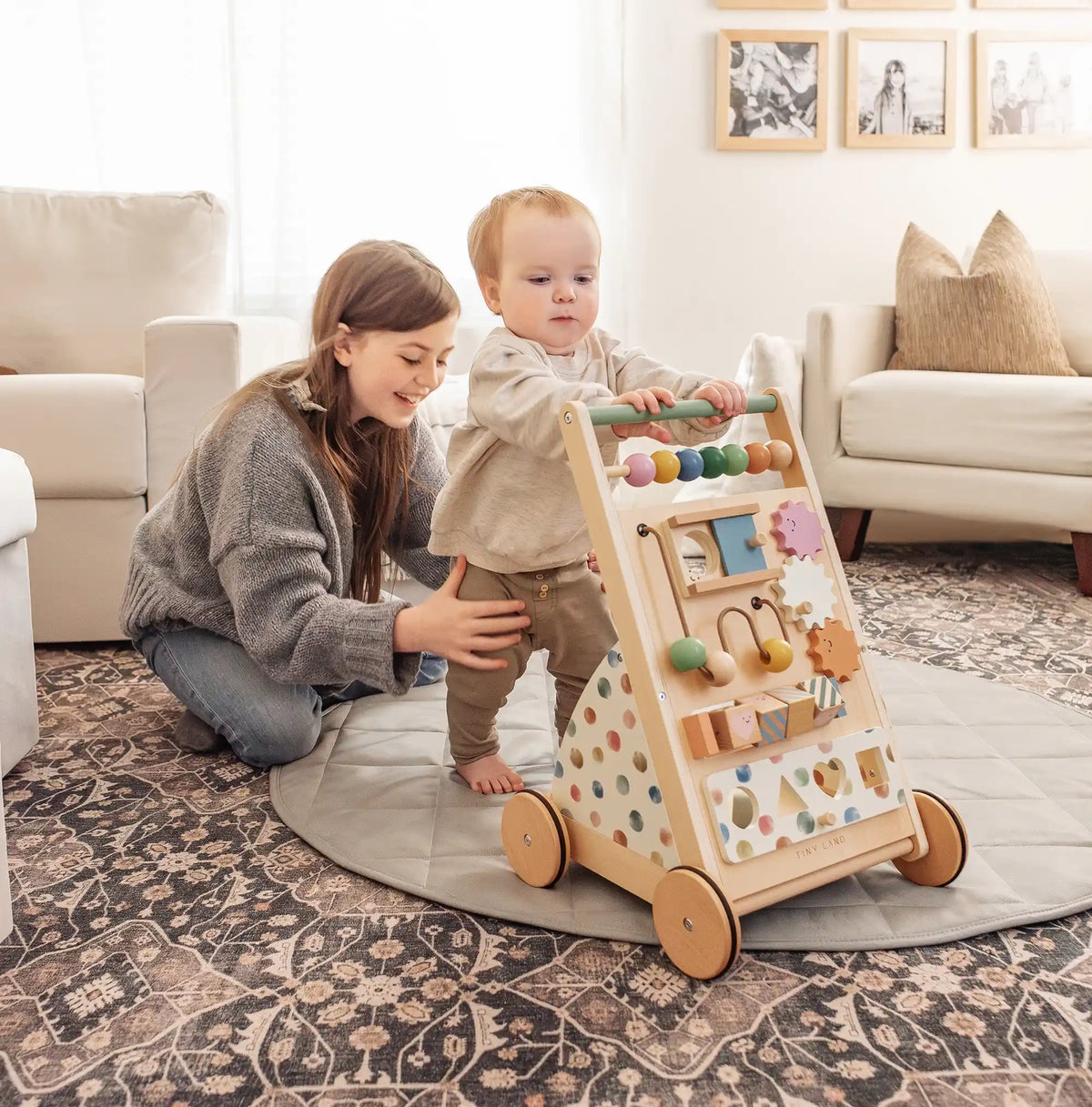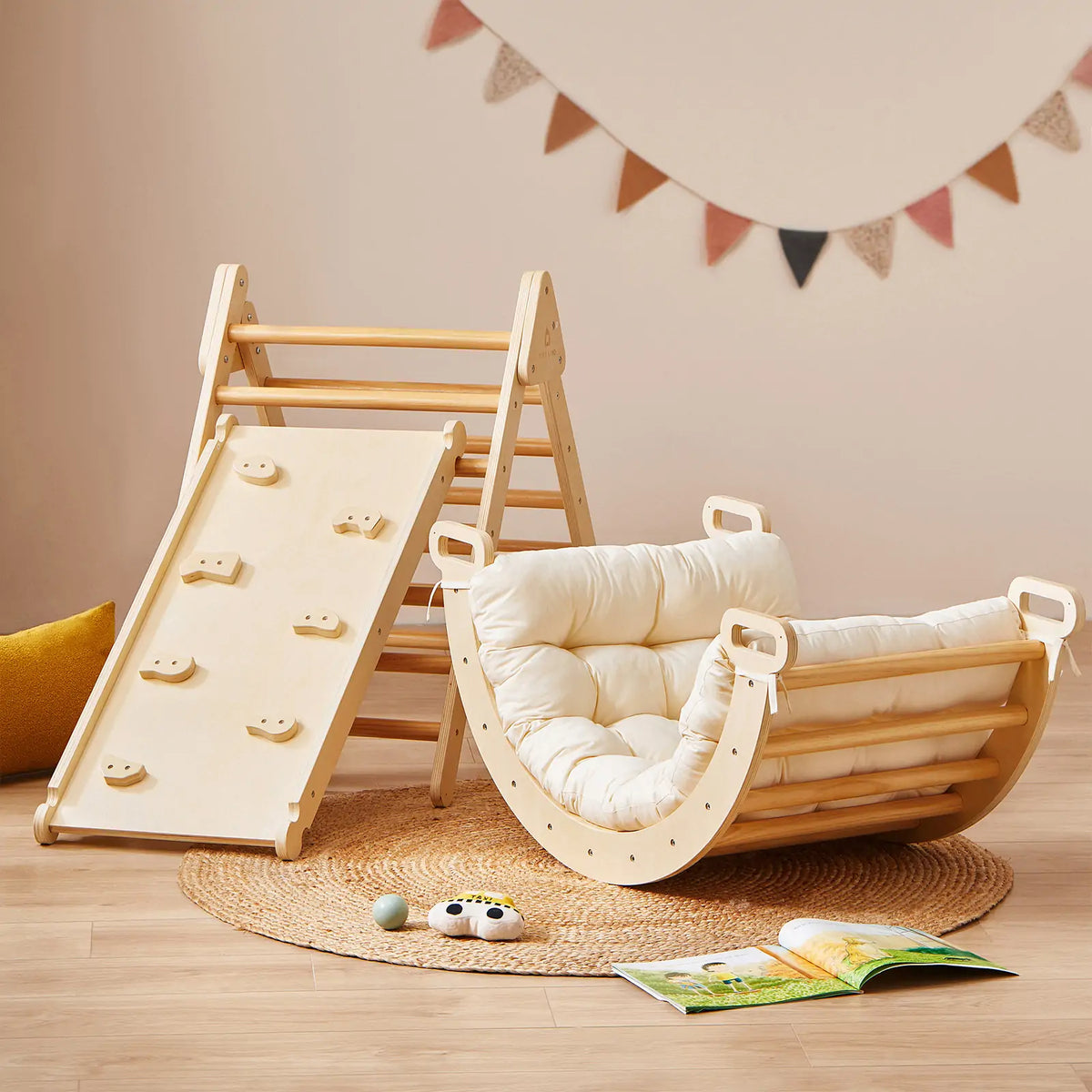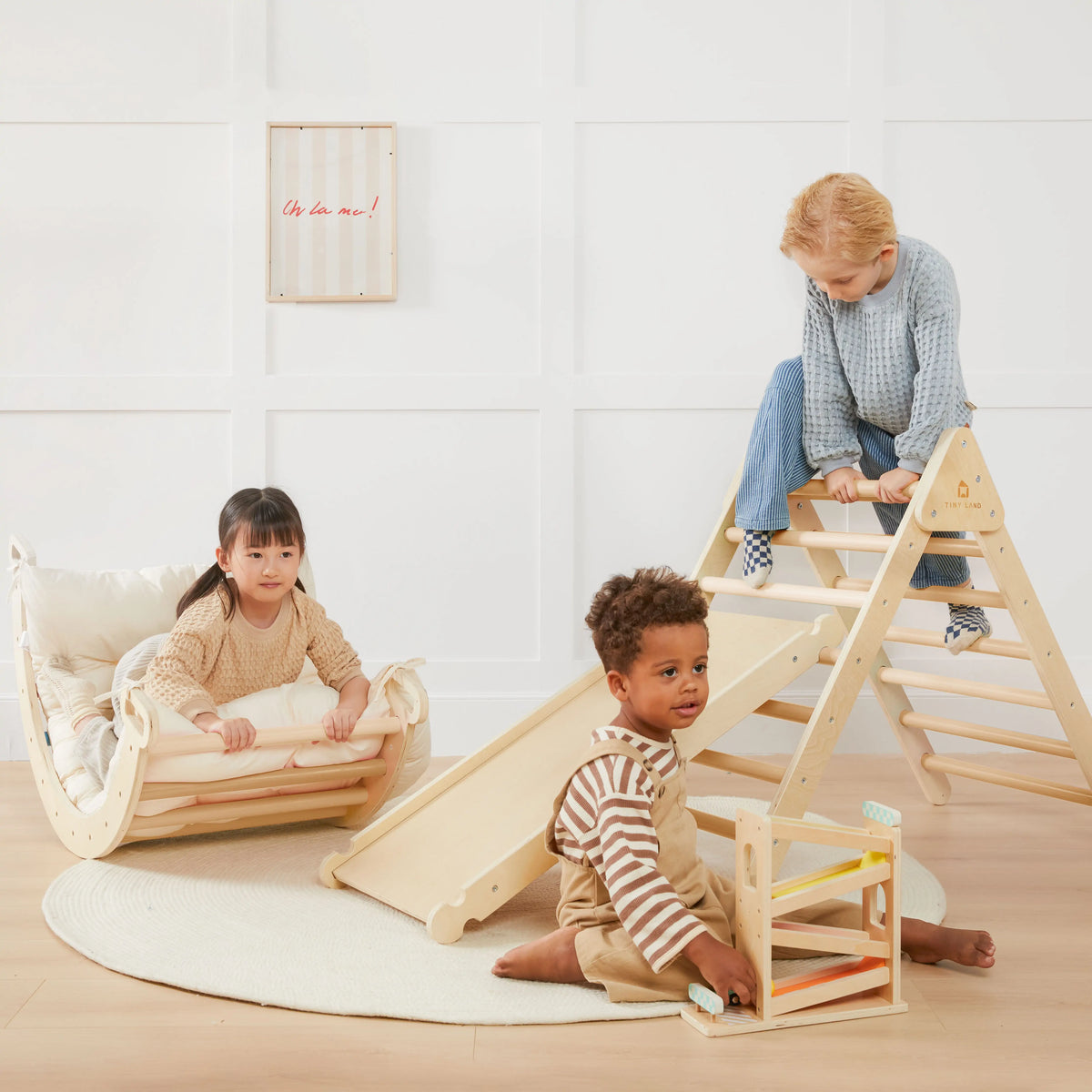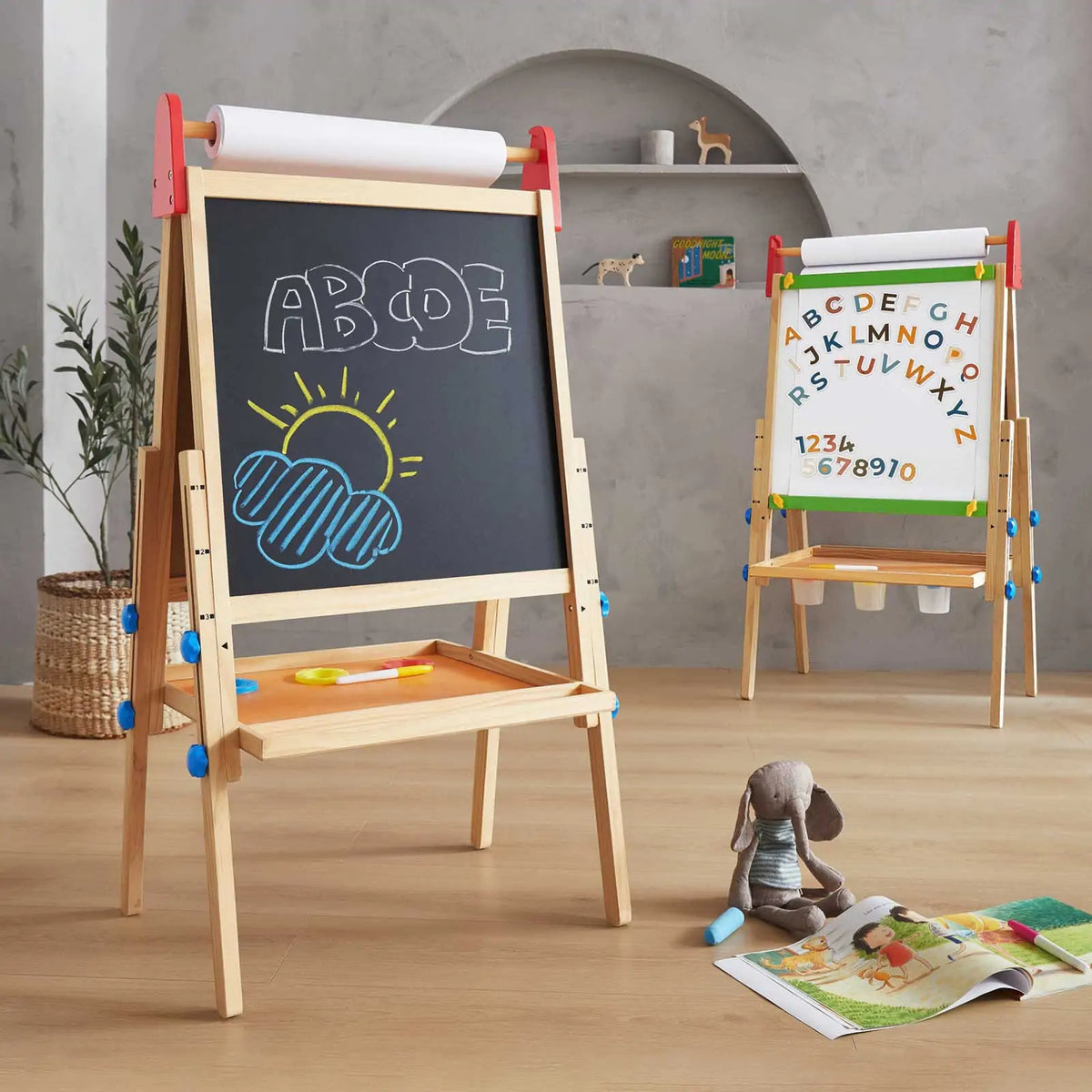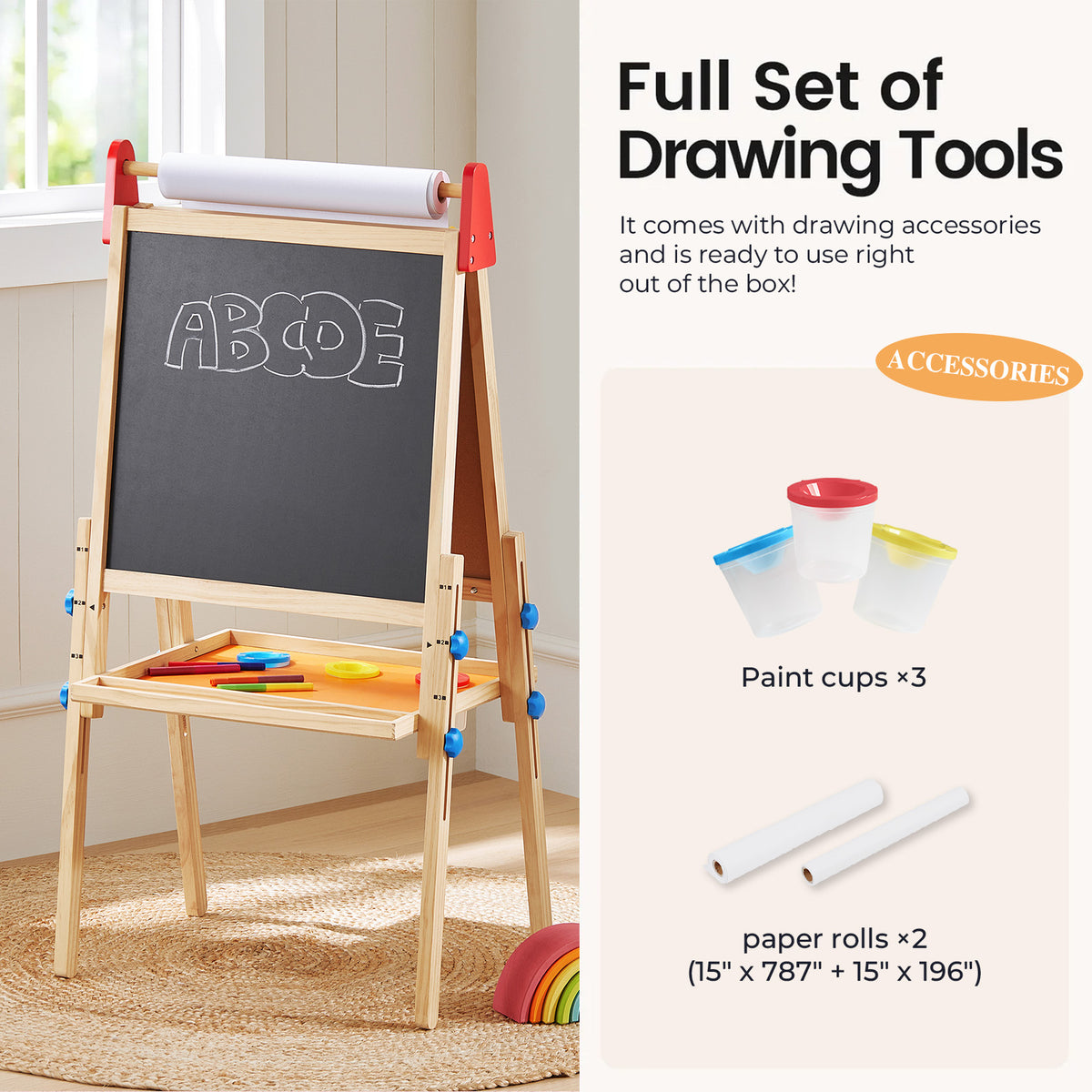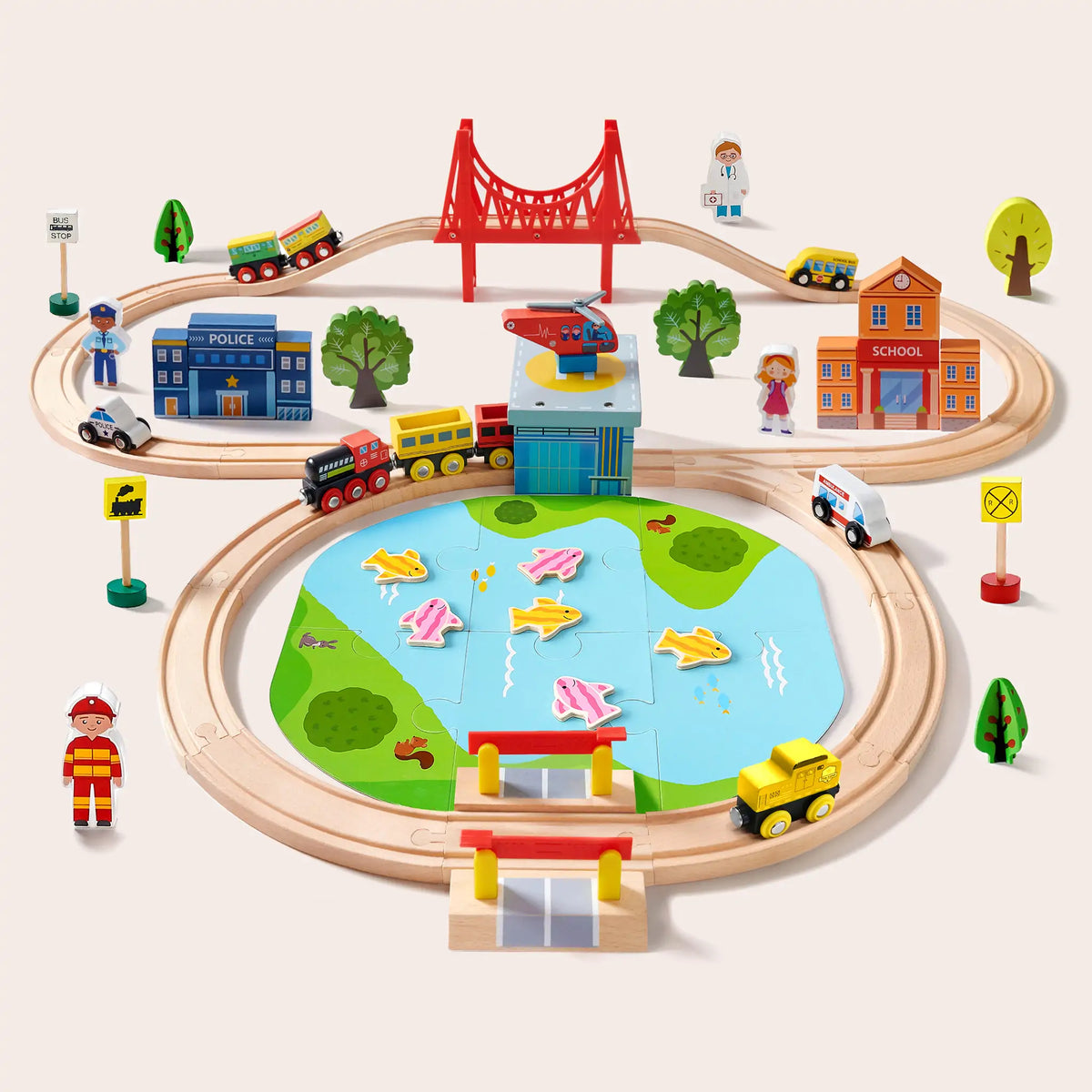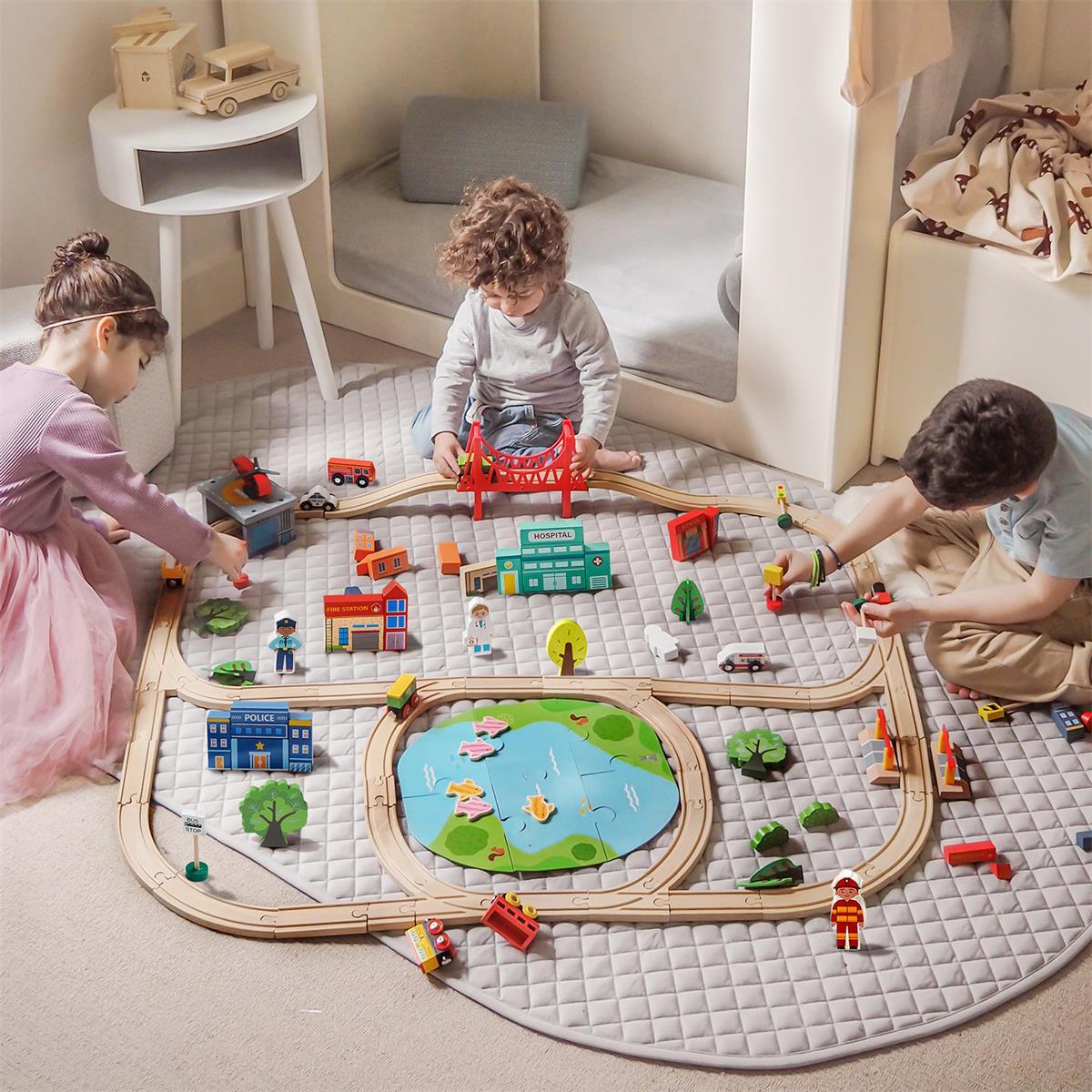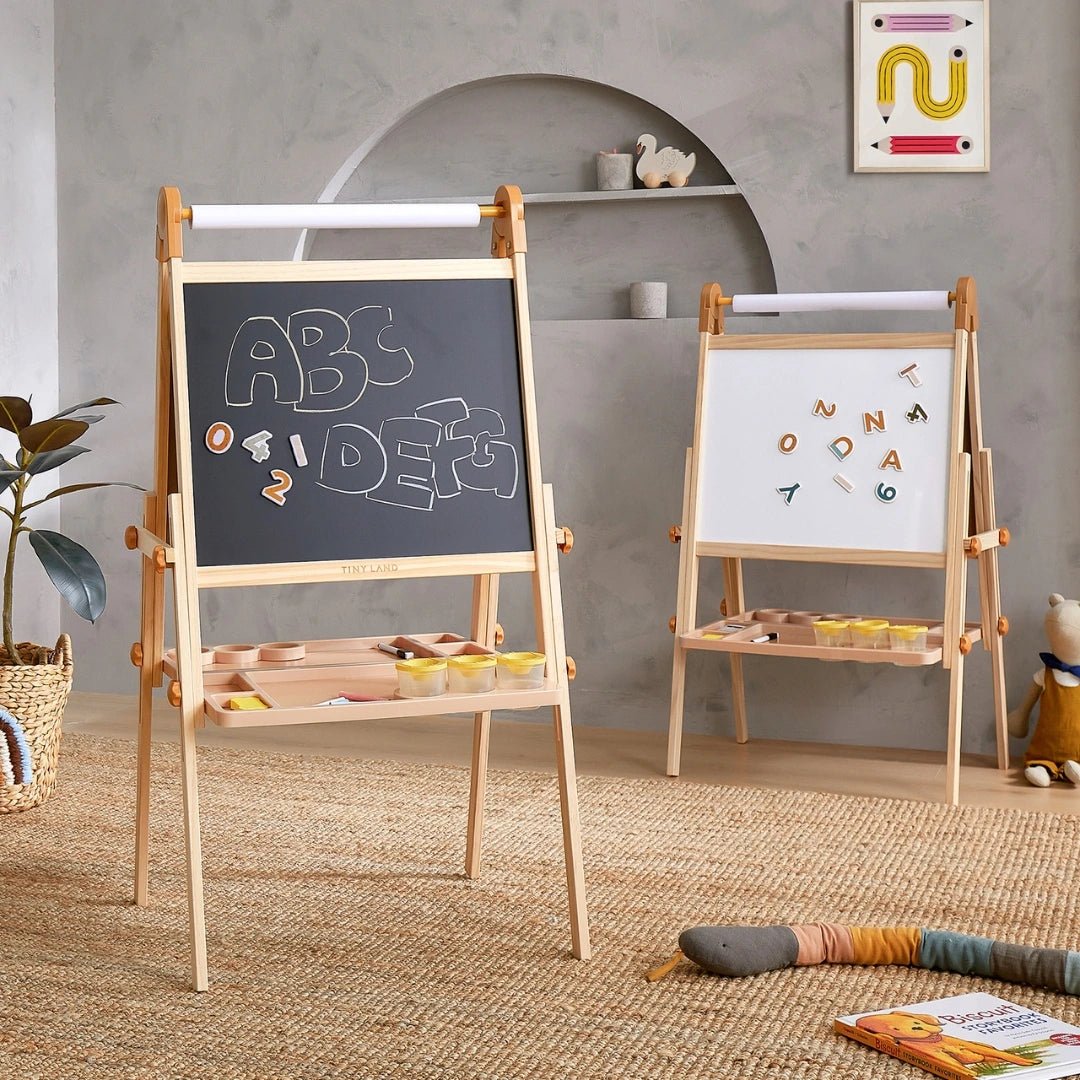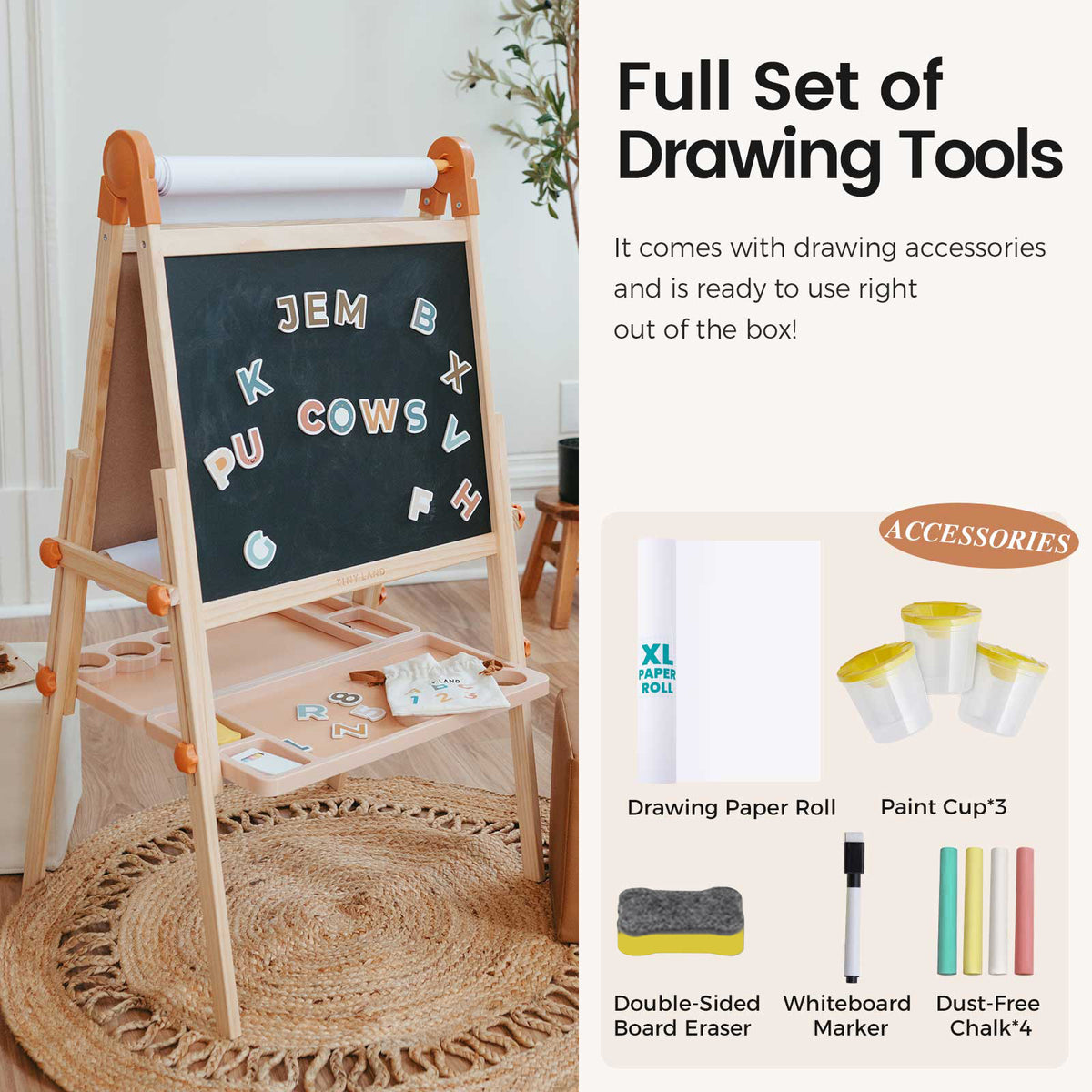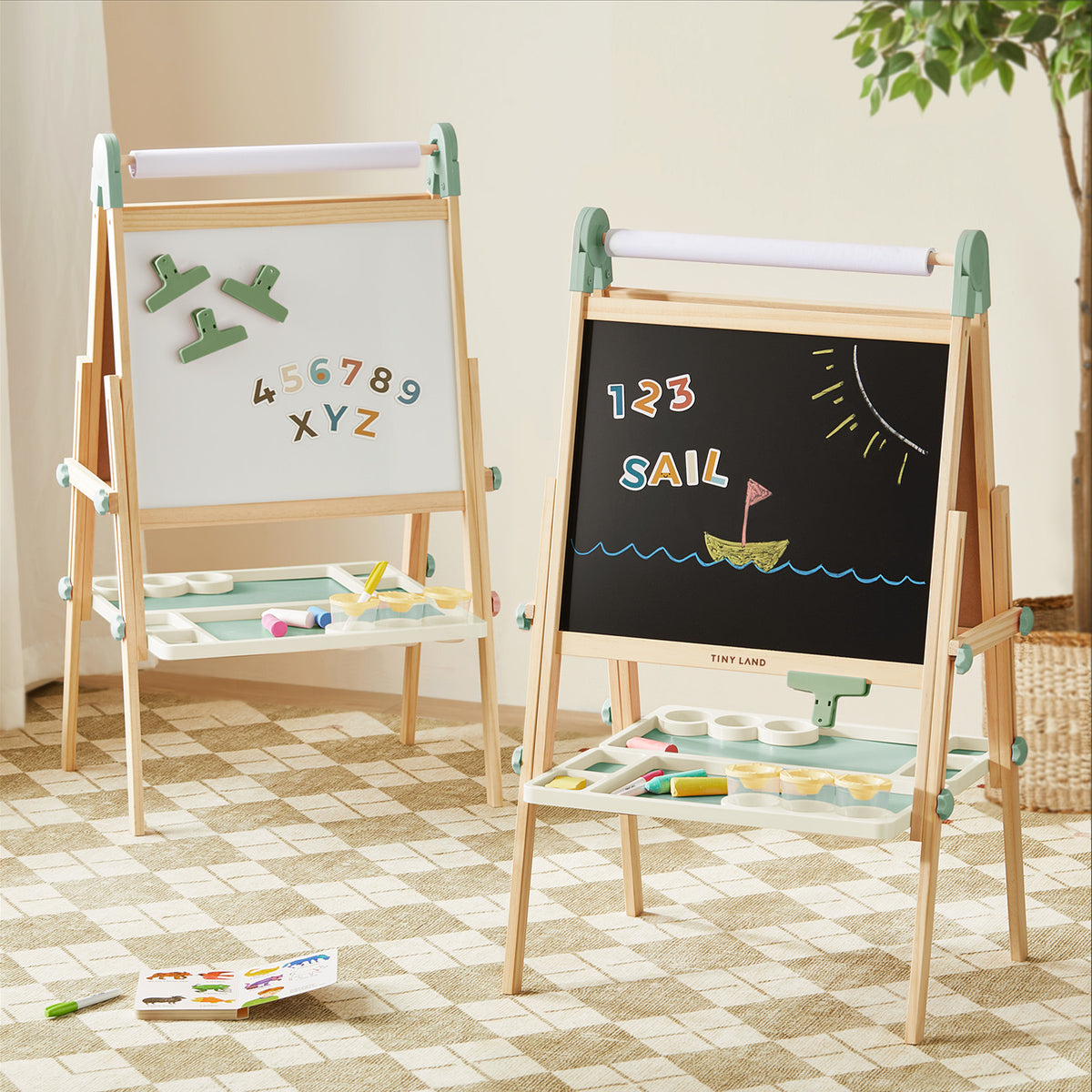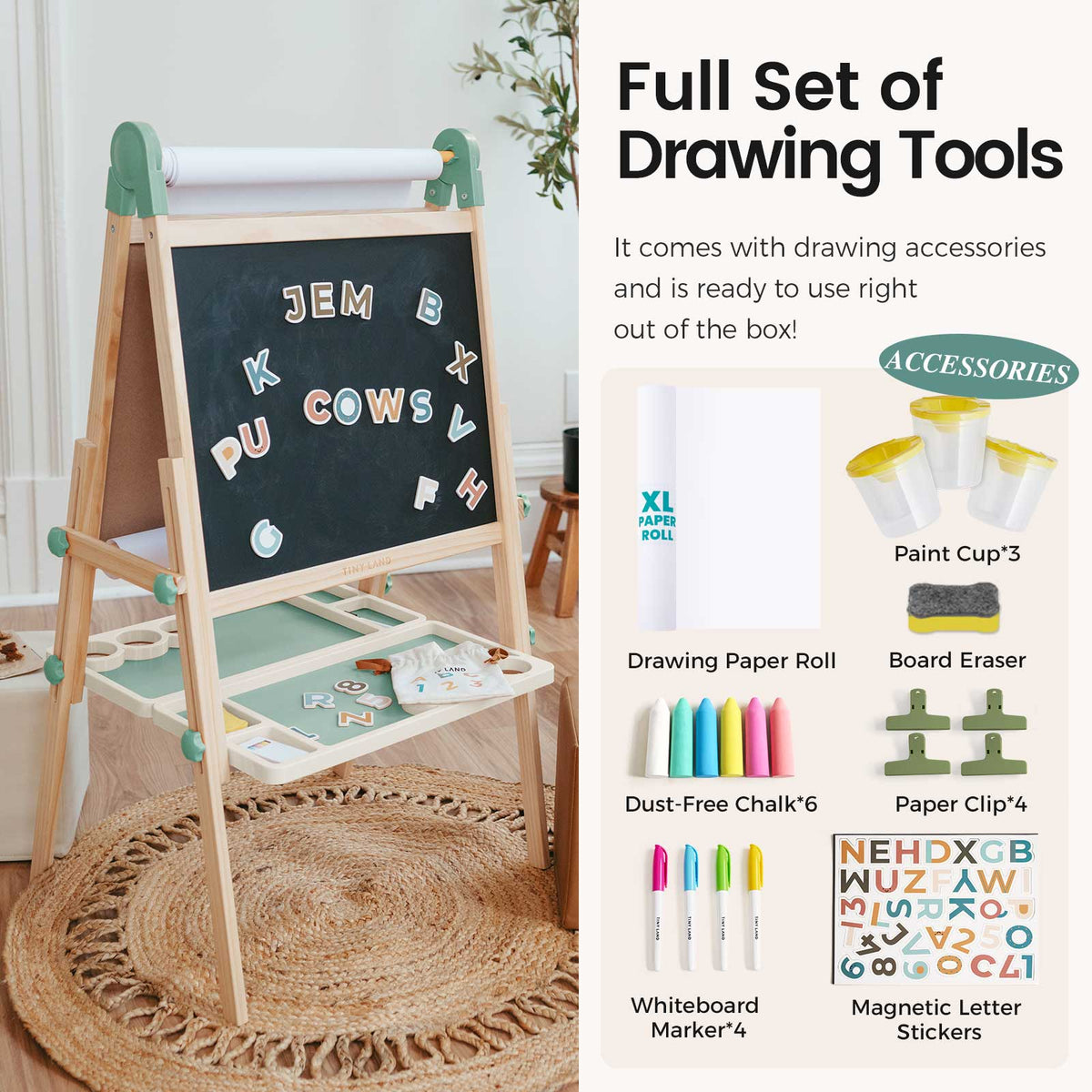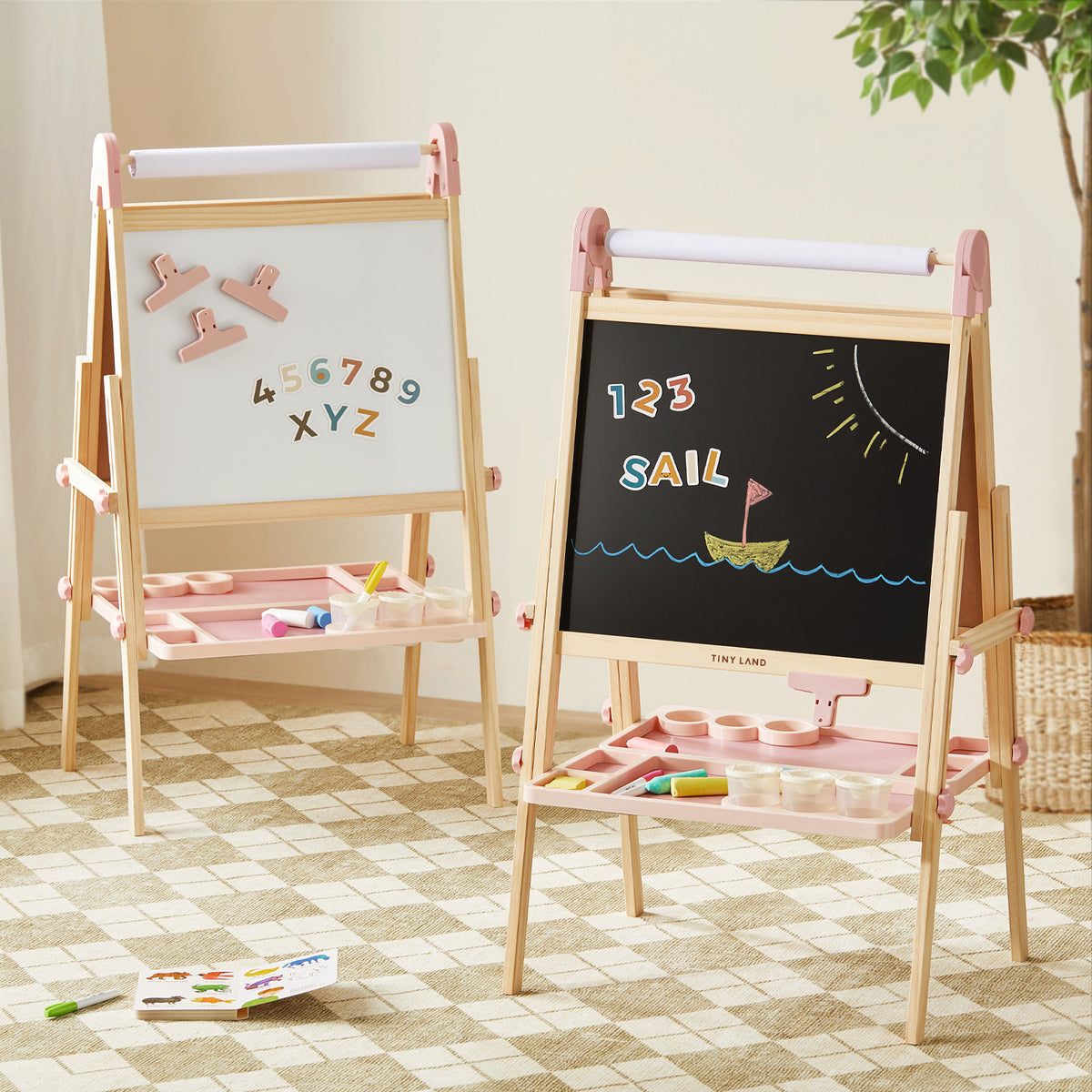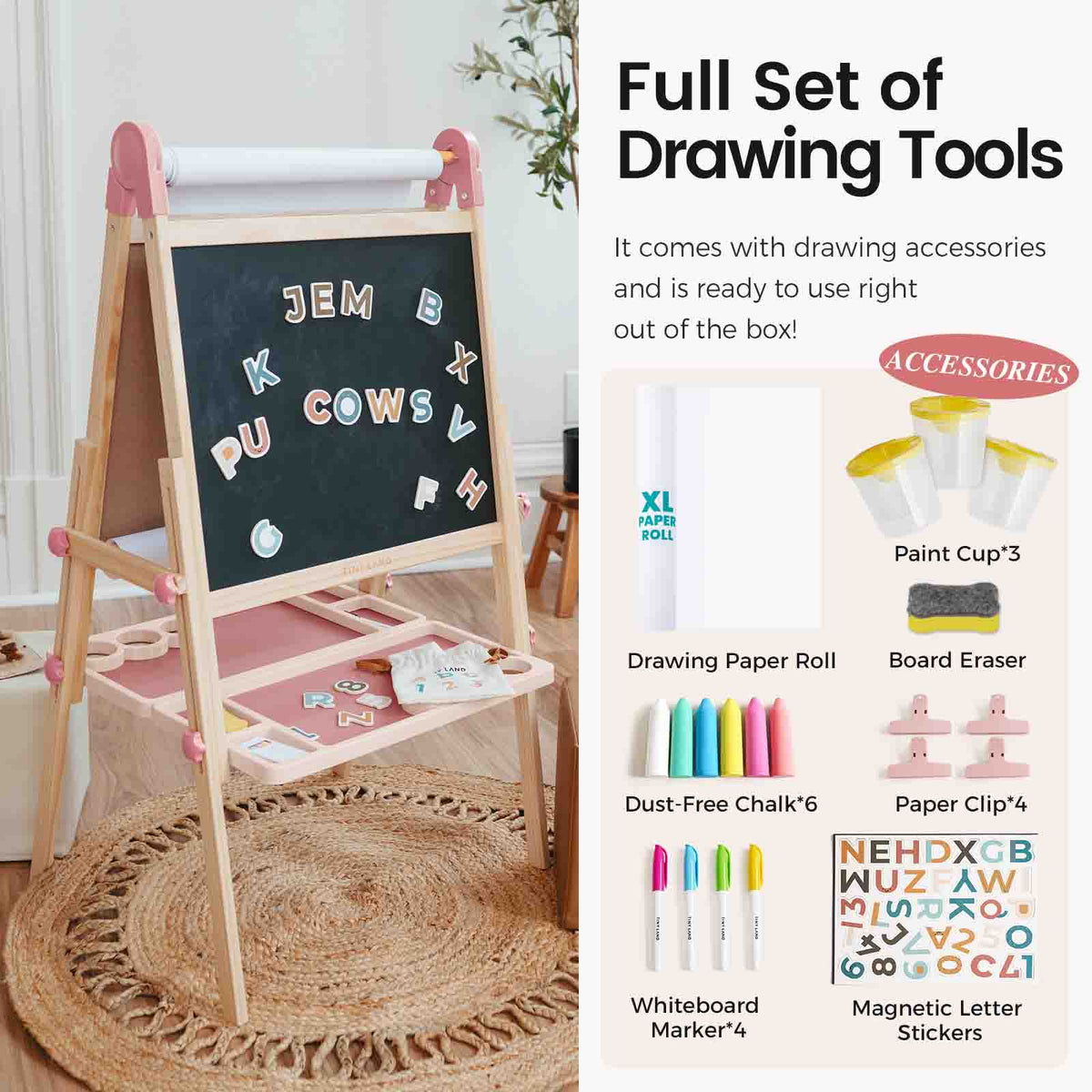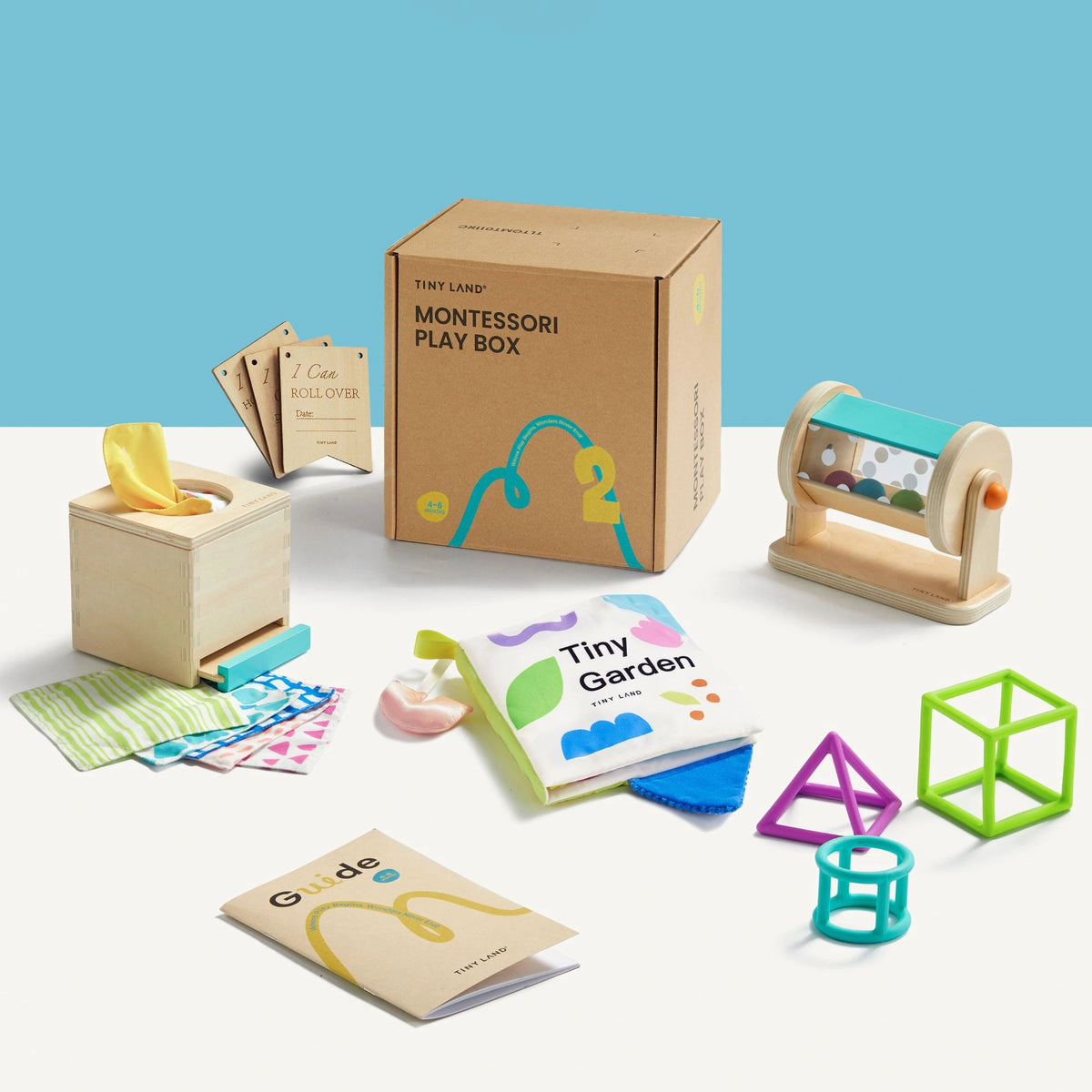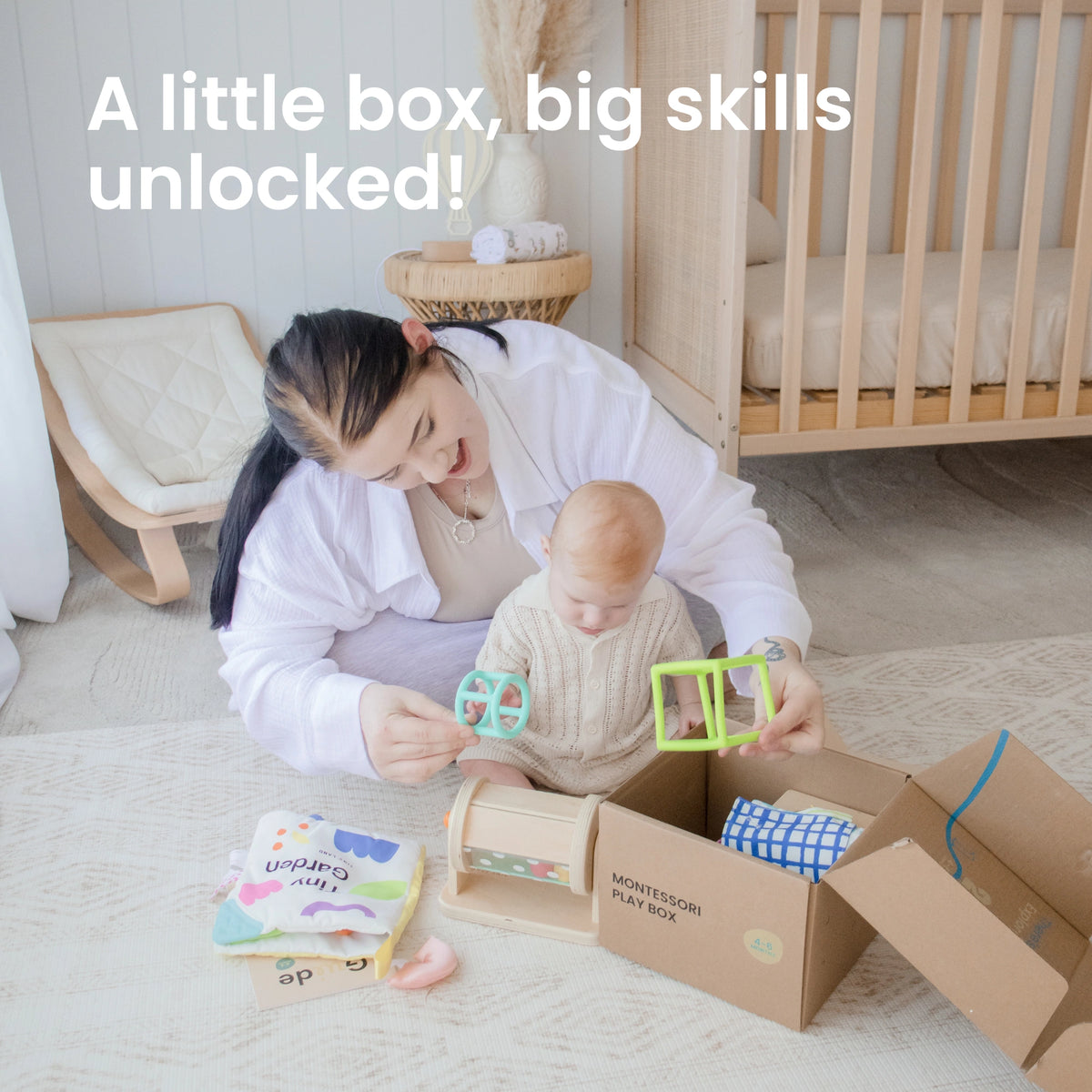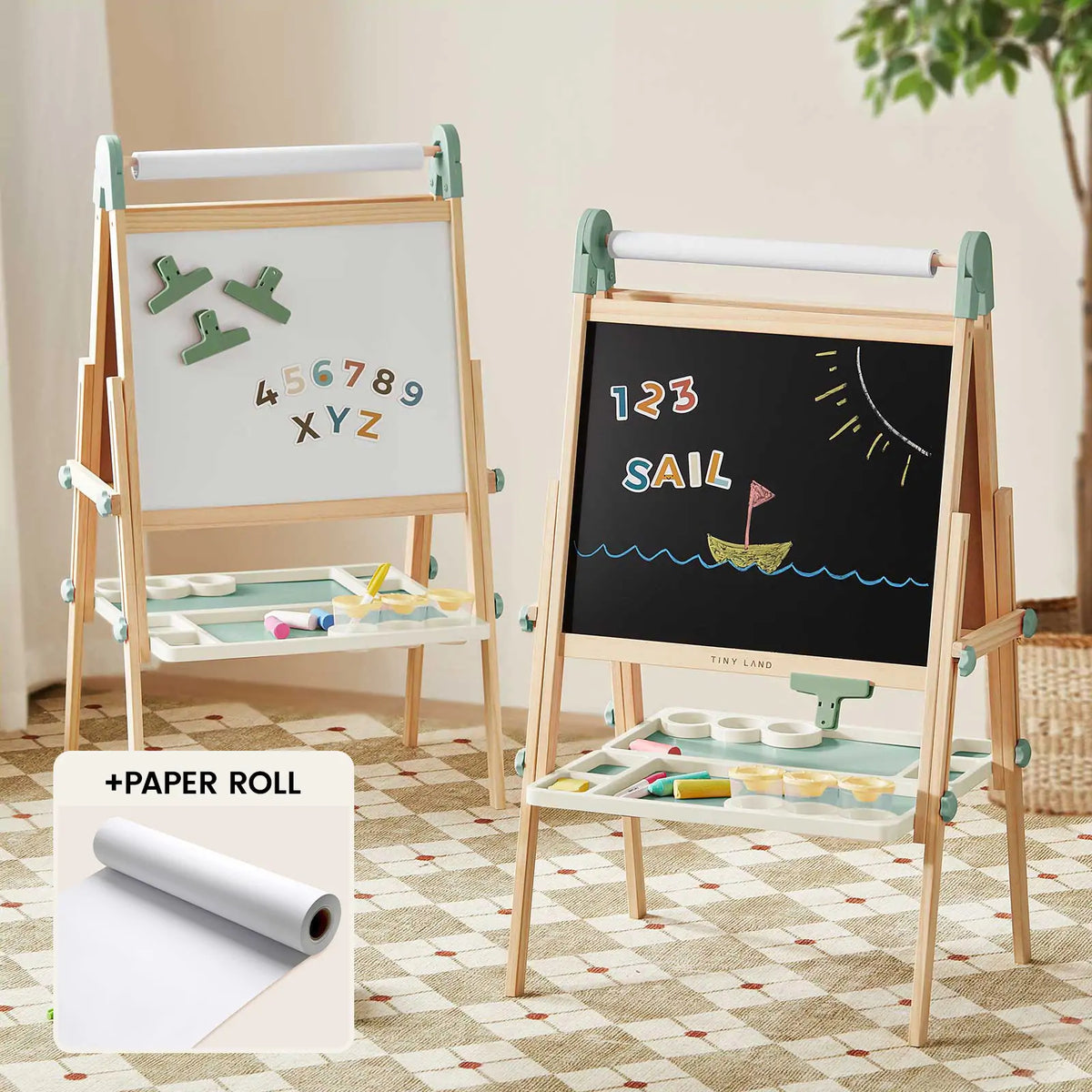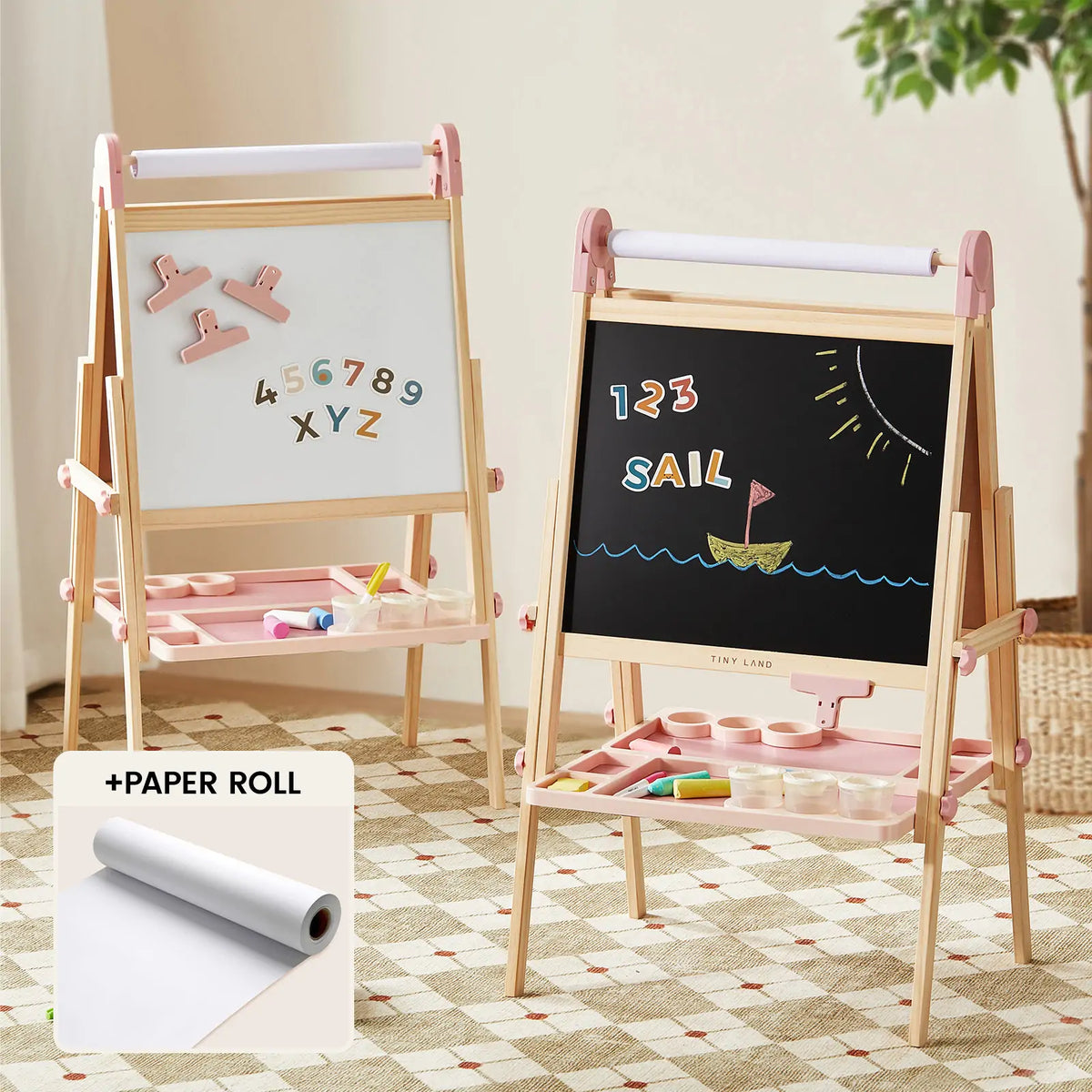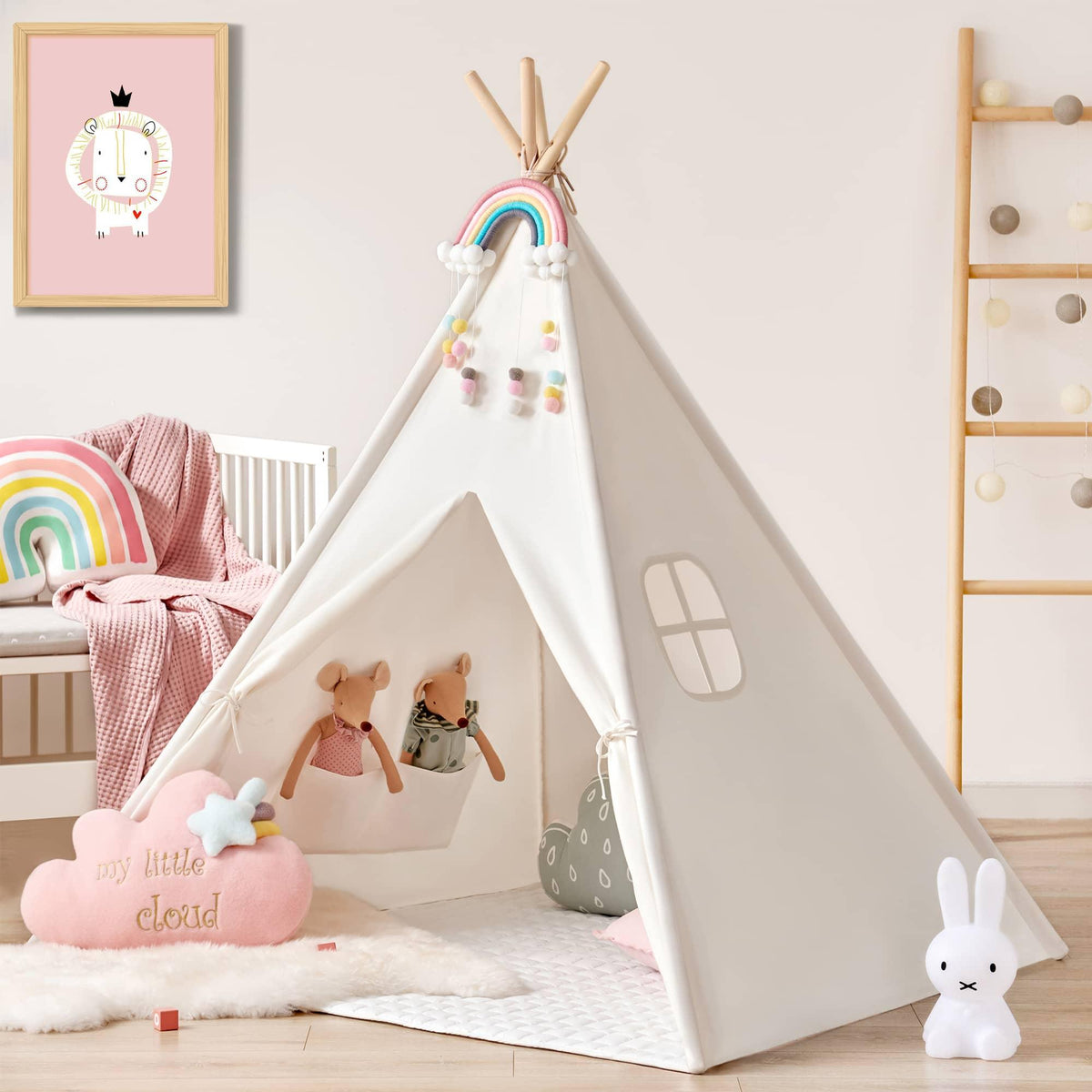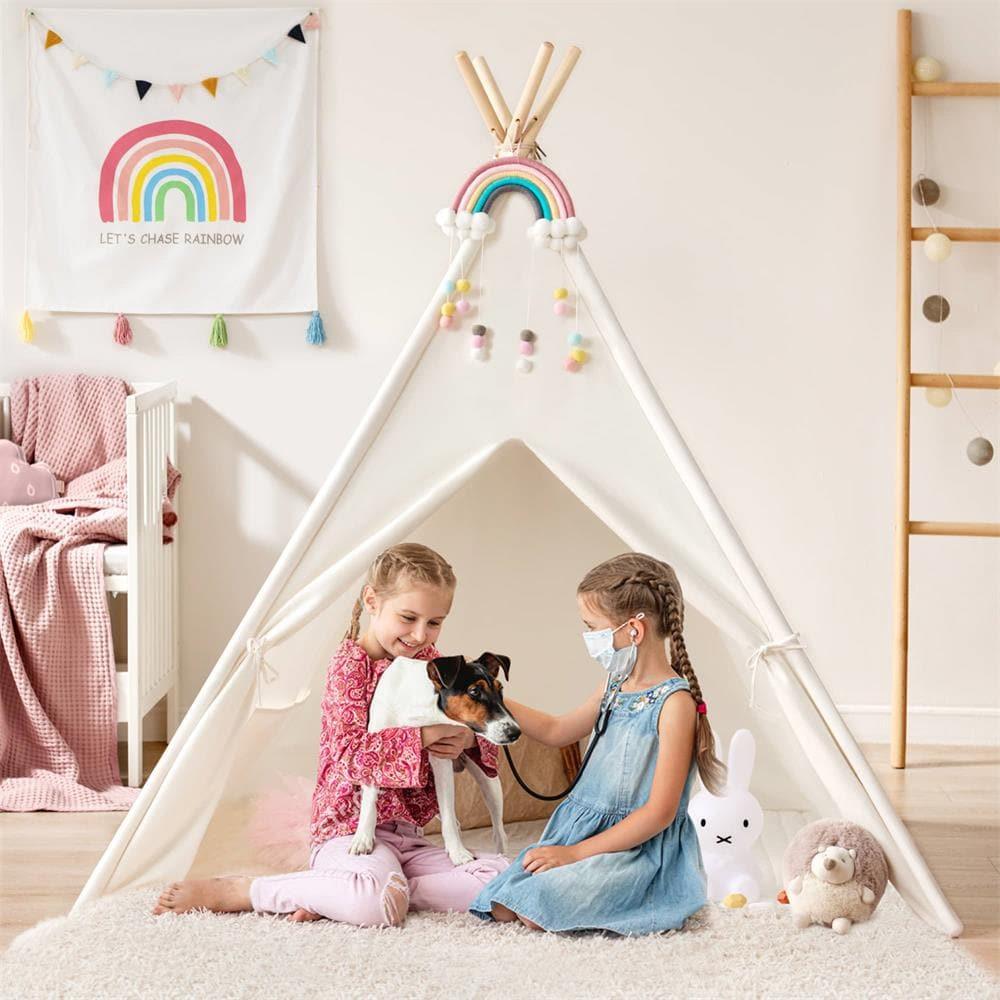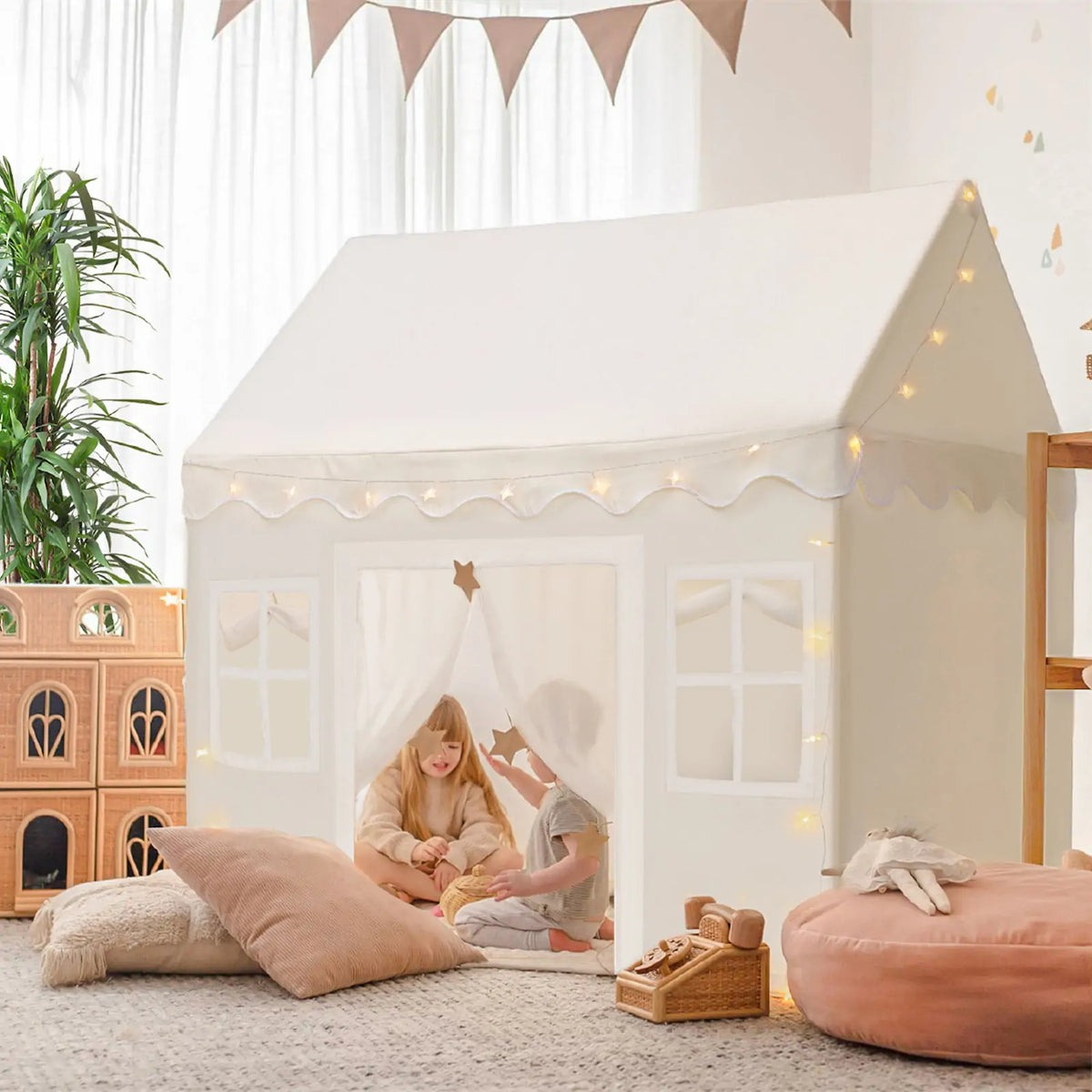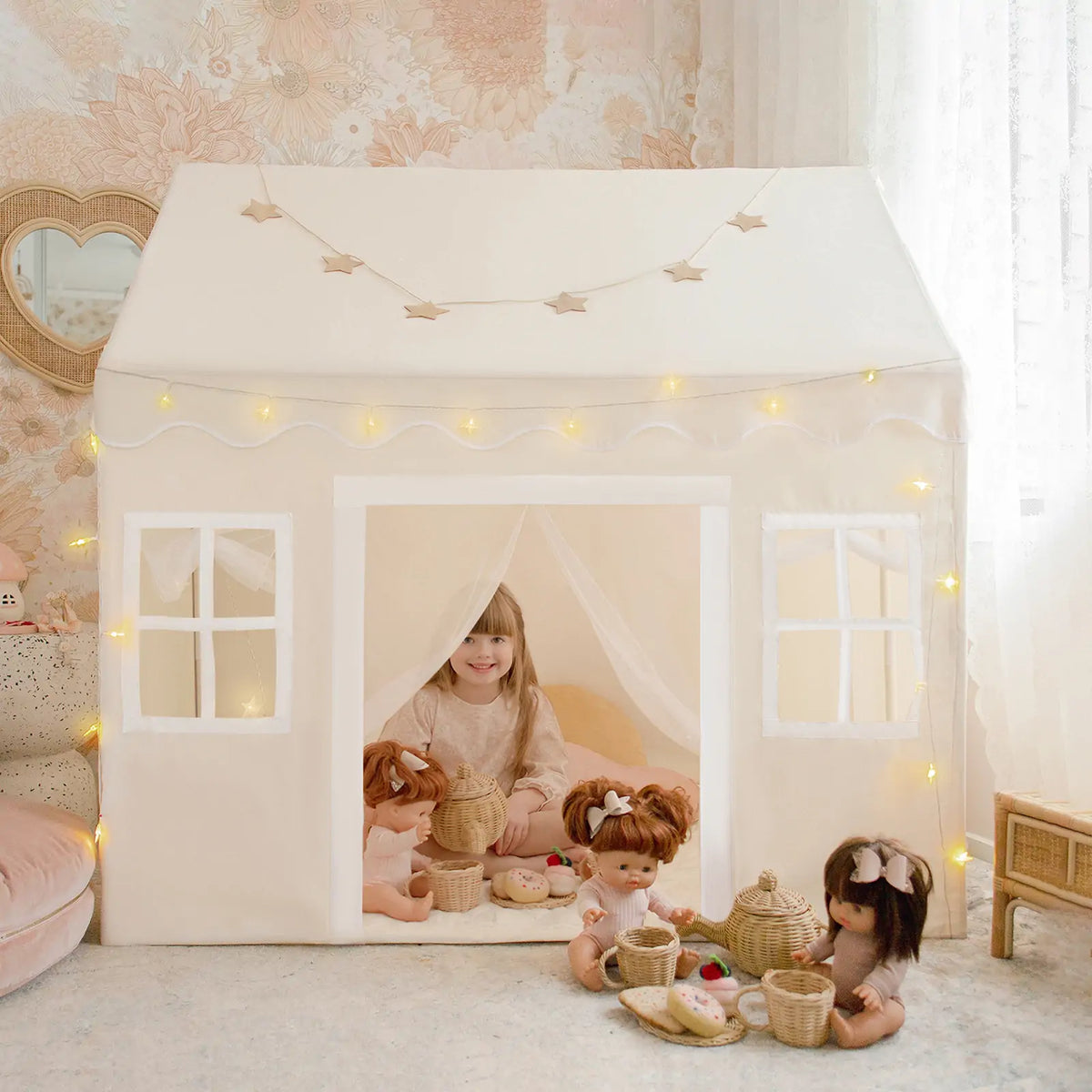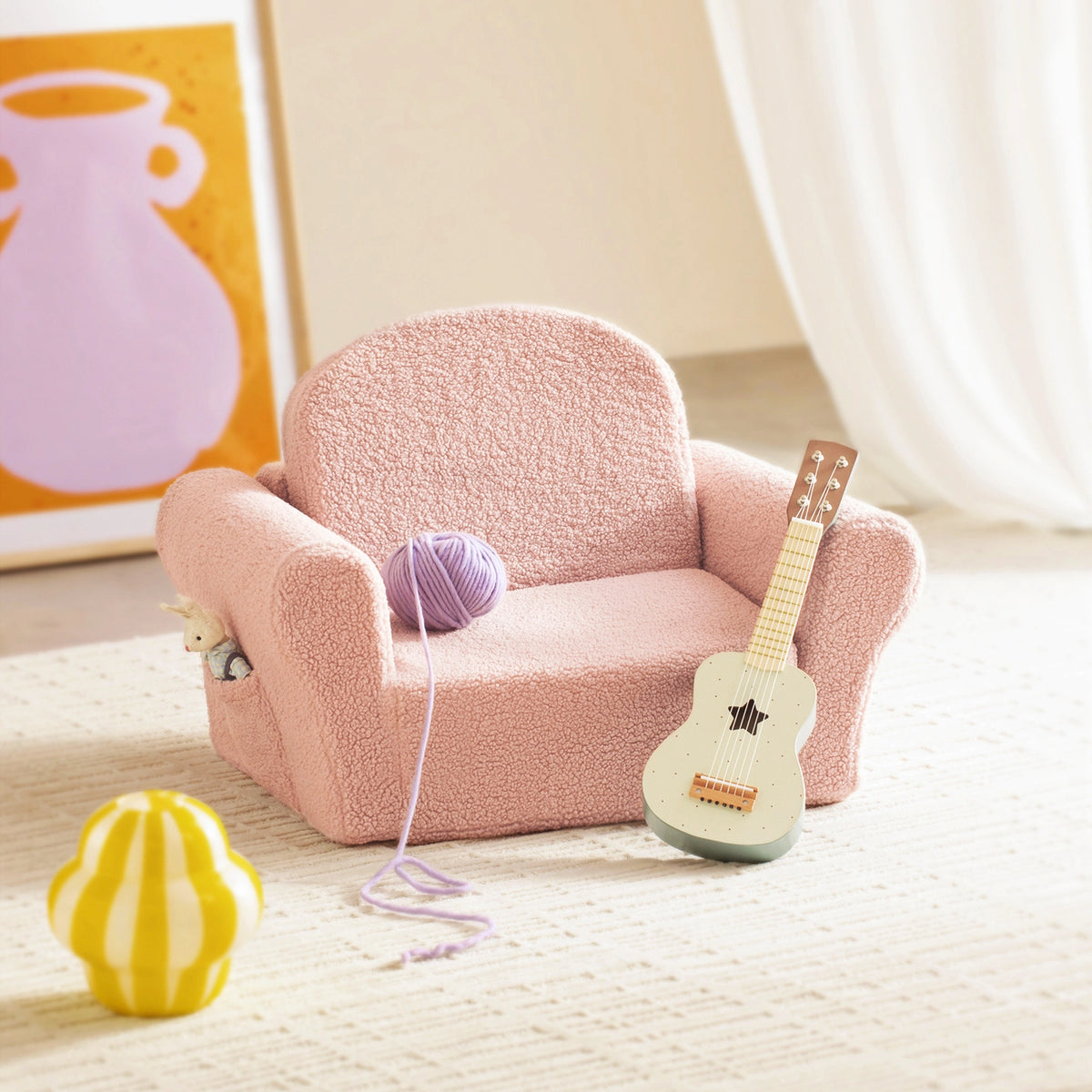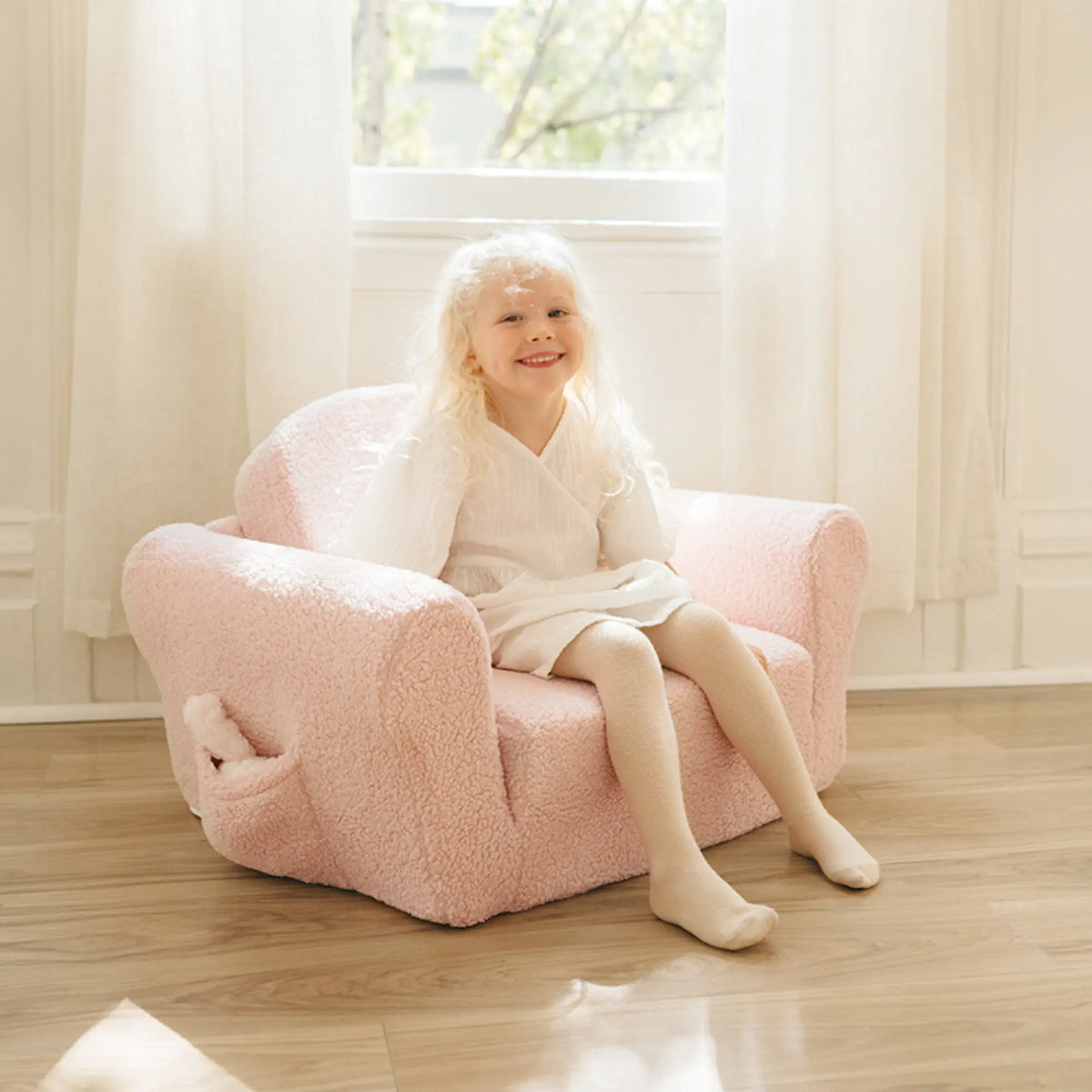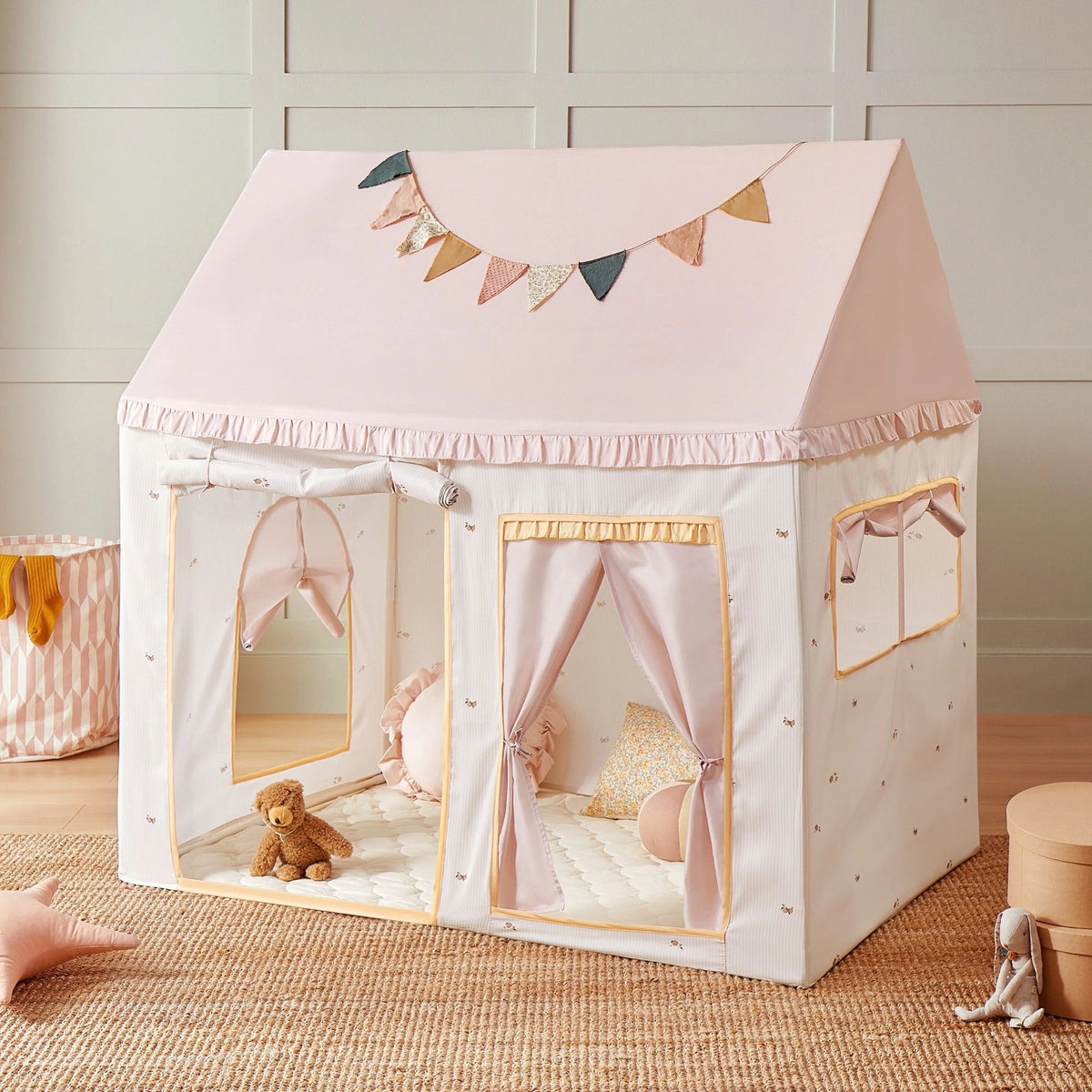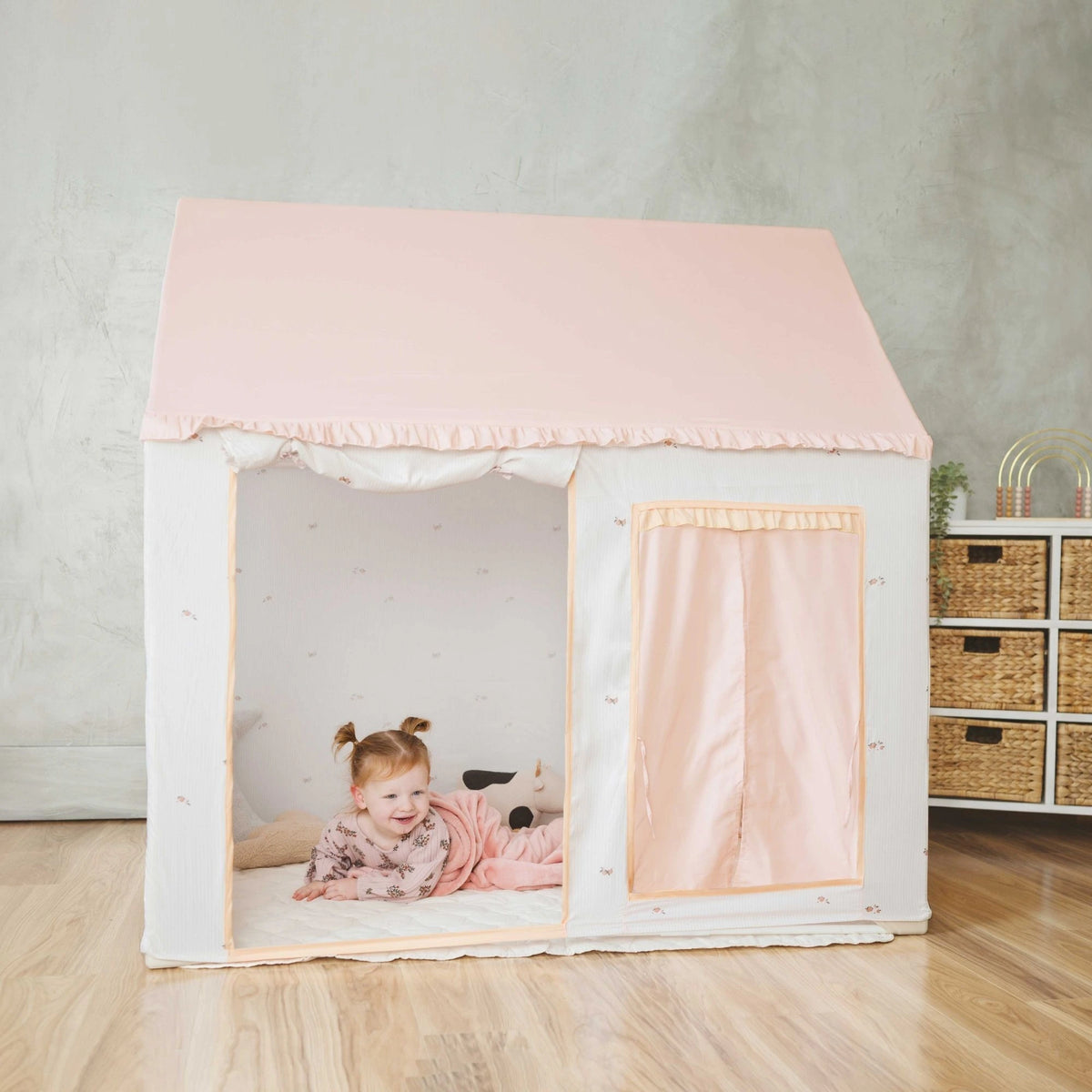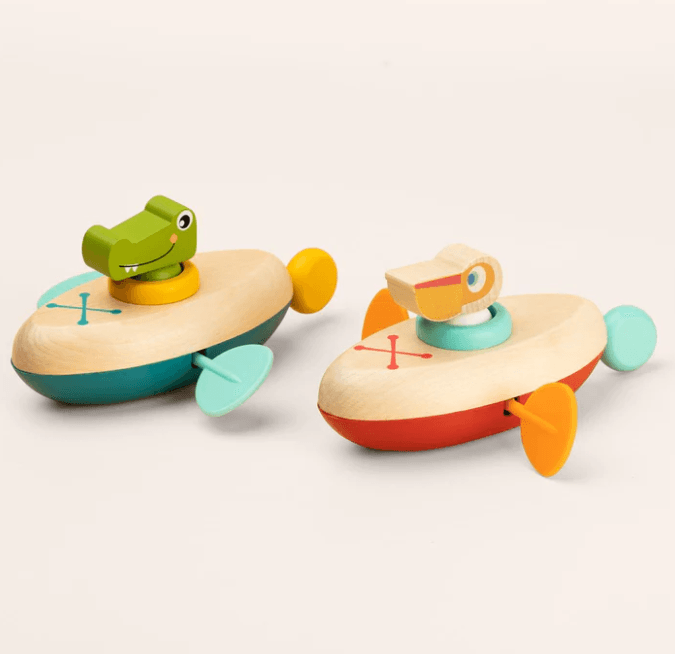Introduction to Wooden Stacking Toys
Wooden stacking toys are classic and timeless toys that children have enjoyed for generations. A foundation and multiple components that may be piled on top of one another make up these toys. The goal is to create a tower or structure without it falling over. Wooden stacking toys are not only fun, but they also offer numerous developmental benefits for children.
The history of wooden stacking toys can be traced back to when children played with simple wooden blocks. However, the modern version of the toy was popularized in the 19th century when Friedrich Frobel, a German educator, developed a set of educational toys that included wooden blocks and stacking rings. Wooden stacking toys have become commonplace in many homes and are frequently handed down from generation to generation.
Benefits of Wooden Stacking Toys
Wooden stacking toys offer numerous benefits for children's development. Here are just a few:
Developmental benefits for babies and toddlers: Wooden stacking toys help them develop fine motor skills as they learn to grasp and manipulate the pieces. As toddlers learn to stack the pieces on top of one another, they aid with hand-eye coordination.
Cognitive benefits for children: As children age, wooden stacking toys can help with cognitive development as they learn about spatial awareness, balance, and cause-and-effect relationships. They also help with problem-solving skills as children learn how to stack the pieces differently.
Social benefits for children: Wooden stacking toys can also be used as a social activity as children work together to build structures or take turns stacking the pieces. This helps with communication skills and teaches children how to work together towards a common goal.
Types of Wooden Stacking Toys
Several different types of wooden stacking toys are available on the market today. Here are some of the most popular:
Traditional stacking rings: This is the most well-known type of wooden stacking toy. It comprises a base and several calls that may be stacked on top.
Nesting blocks: Nesting blocks are similar to traditional stacking rings, but instead of rings, they consist of blocks that fit inside each other like Russian dolls.
Stacking cups are a straightforward but entertaining toy comprising many cups that may be placed on top of one another. They frequently come in various sizes and hues. Shape sorters: Shape sorters are a type of wooden stacking toy that helps with shape recognition. They consist of a base with holes in different shapes and several pieces that fit into the holes.
Other creative stacking toys: Many other creative wooden stacking toys are available, such as wooden animals or vehicles that can be stacked on each other.
Safety Considerations for Wooden Stacking Toys
When choosing a wooden stacking toy for your child, it's essential to consider safety. Here are some things to keep in mind:
Materials used in wooden stacking toys: Make sure the toy is made from non-toxic materials and does not contain any small parts that could be a choking hazard.
Size and shape of wooden stacking toys: Choose a toy that is an appropriate size for your child's age and developmental stage. Avoid toys with sharp edges or corners.
Age-appropriate wooden stacking toys: Ensure the toy is appropriate for your child's age range. Some toys may be too advanced for younger children, while others may need to offer more challenges for older children.
Age Appropriate Wooden Stacking Toys
Different types of wooden stacking toys are appropriate for different age ranges. Here are some general guidelines:
Traditional stacking rings and nesting blocks: These toys are appropriate for babies as young as six months old.
Stacking cups: Stacking cups are appropriate for babies and toddlers.
Shape sorters: Shape sorters are appropriate for toddlers and preschoolers.
Other creative stacking toys: These toys can be appropriate for a wide range of ages, depending on the complexity of the toy.
Tips for Choosing the Right Wooden Stacking Toy
When choosing a wooden stacking toy for your child, here are some tips to keep in mind:
Consider your child's interests and abilities: Choose a toy that your child will enjoy, and that is appropriate for their developmental stage.
Look for high-quality, durable wooden stacking toys: Choose a toy made from high-quality materials and built to last.
Consider the design and aesthetics of the wooden stacking toy: Choose a visually appealing toy that fits your child's personality and interests.
Why Wooden Stacking Toys Are a Must-Have for Your Baby's Toy Collection
In conclusion, wooden stacking toys offer numerous benefits for children's development and are a must-have for any baby's toy collection. They support the development of cognitive abilities, hand-eye coordination, social skills, problem-solving abilities, fine motor skills, and more. When choosing a wooden stacking toy, consider safety, age appropriateness, and your child's interests and skills. Given the wide variety on the market, there is bound to be a wooden stacking toy that your youngster will adore.
